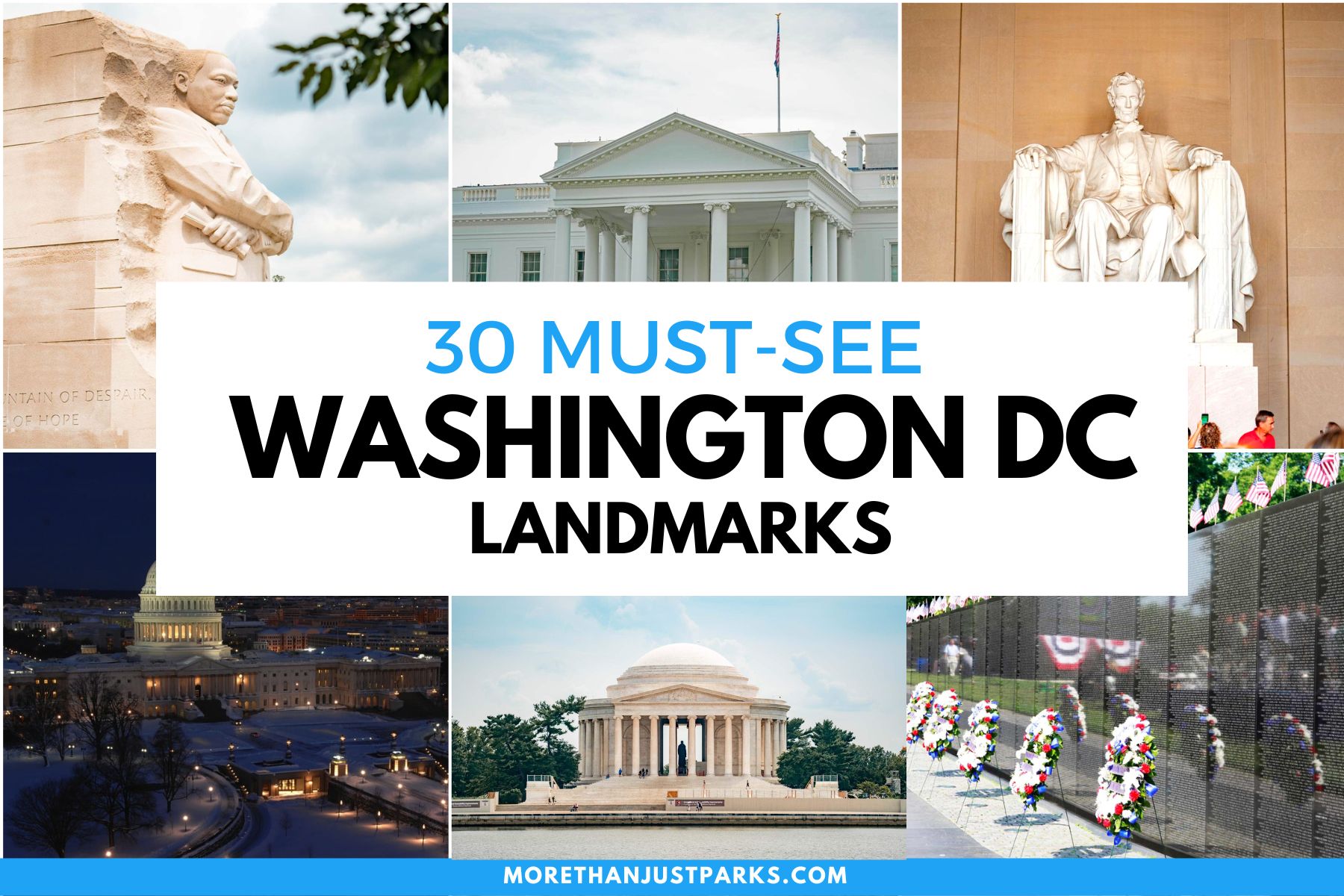
Article Summary: Washington D.C. Landmarks
Washington D.C. Landmarks. More Than Just Parks has 30 incredible must-see sites for you to visit.
There’s so much more to this exciting place than the Washington Commanders. In this article, we’ll familiarize you with the incredible landmarks located in our nation’s capitol.
We’ve got incredible places, iconic memorials, fascinating museums, epic monuments and so much more.
We’re going to give you our list of the Top 30 Landmarks In Washington D.C.
So, What Is A Landmark?
Well, it’s a place of “a special character or special historical or aesthetic interest or value as part of the development, heritage, or cultural characteristics of a city, state, or nation.”
Why visit these places? Because landmarks connect us to the past. Through visiting these wonderful places where history occurred we find our roots. It allows us to feel like we are a part of something much bigger than ourselves.
And, speaking of history, did I mention that I taught the subject? I spent a lifetime teaching about the history behind many of these wonderful sites. Then I got to see them firsthand. And now I’m sharing the stories of these incredible places with you. It doesn’t get any better than that!
So, without further ado, let’s dive in.
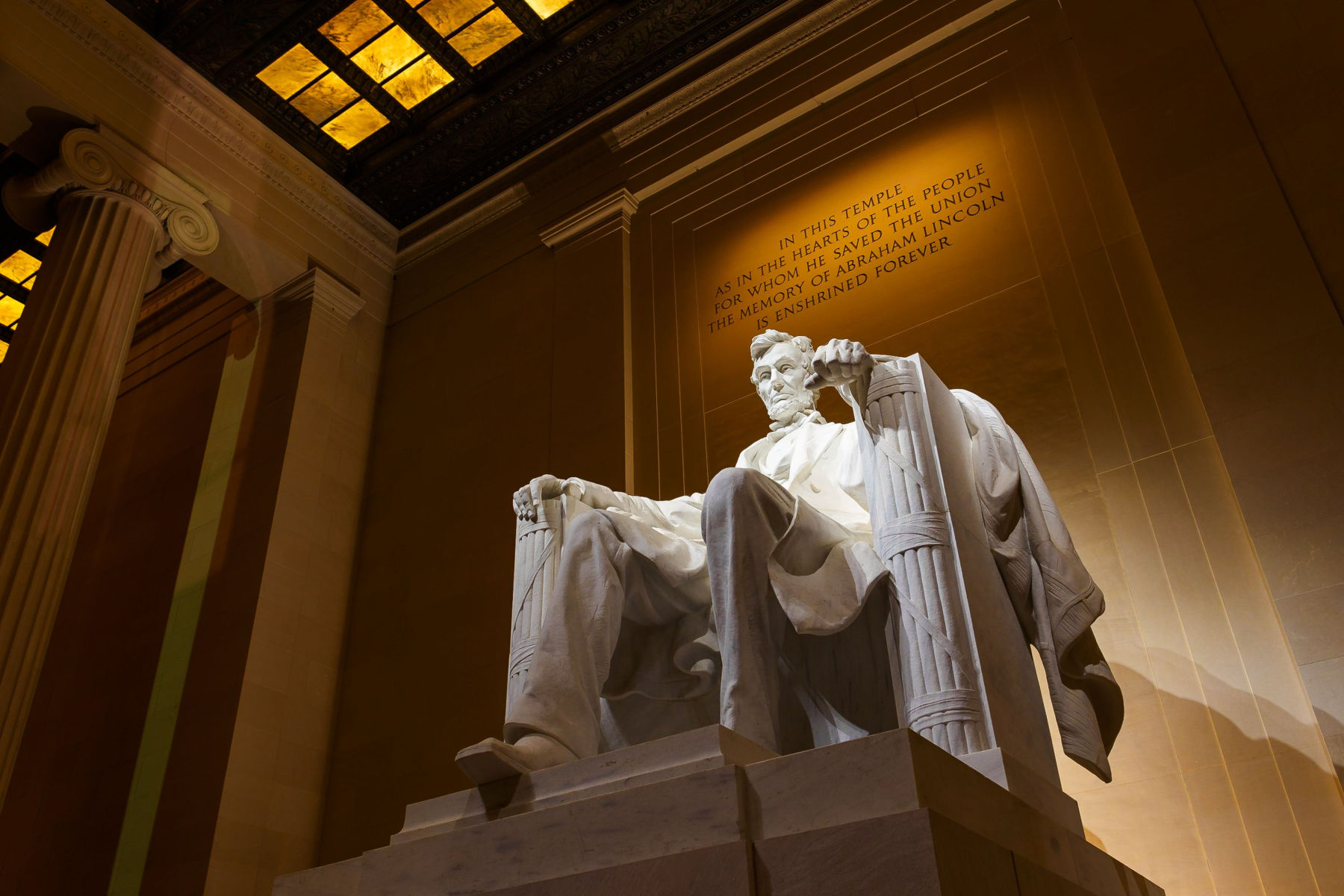
Table Of Contents
Table of Contents: Washington D.C. Landmarks
- Washington D.C. Landmarks
- Some Fascinating Facts About Washington D.C.
- Top 30 Landmarks In Washington D.C.
- Top 25 Washington D.C. Landmarks
- Top 20 Washington D.C. Landmarks
- Top 15 Washington D.C. Landmarks
- Top 10 Washington D.C. Landmarks
- The Top 5 Washington Landmarks
- Map Of Washington D.C. Landmarks
- We Hope You’ll Follow Our Journey
Washington D.C. Landmarks
Some Fascinating Facts About Washington D.C.
- Washington, D.C. is not a state or a part of any state; it is a federal district under the authority of the Congress of the United States.
- The city was named after George Washington, the first President of the United States, and was designed by French architect Pierre Charles L’Enfant.
- Washington, D.C. is home to many of the world’s most famous monuments and landmarks, including the White House, the Lincoln Memorial, the Washington Monument, and the U.S. Capitol Building.
- The city’s official flag features three red stars above two red bars on a white background, representing George Washington’s family coat of arms.
- Washington, D.C. has one of the most extensive public transportation systems in the United States, including the Metro subway system, buses, and taxis.
- The city has a diverse economy, with government agencies, international organizations, and businesses in industries such as finance, technology, and hospitality.
- Washington, D.C. is known for its vibrant cultural scene, with world-class museums, theaters, and music venues, as well as numerous festivals and events throughout the year.
- The city has a rich history, including its role as the site of many pivotal moments in U.S. history, such as the signing of the Declaration of Independence and the Emancipation Proclamation.
- Washington, D.C. is home to a diverse population, with residents from all over the world, including many immigrants and refugees.
- The city has a strong commitment to sustainability and is working to reduce its carbon footprint through initiatives such as renewable energy and green transportation.
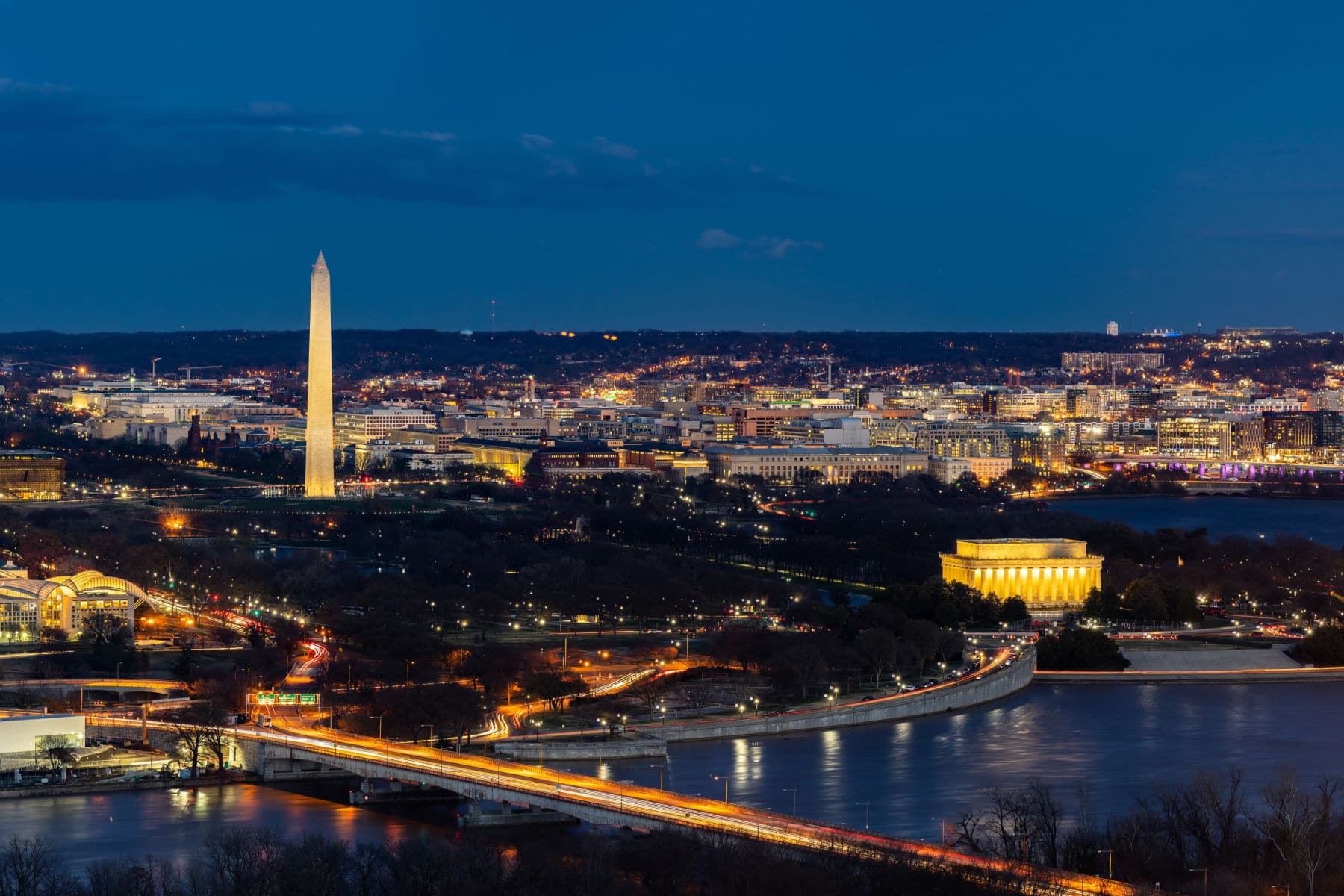
We’re Excited To Share Our List Of The Top 30 Washington D.C. Landmarks With YOU
Founded on July 16, 1790, Washington, D.C. is unique among American cities because it was established by the Constitution of the United States to serve as the nation’s capital.
More Than Just Parks is excited to share our list of the Top 30 Washington D.C. Landmarks with you. And we’re kicking off our list at #30 with the Washington National Cathedral.
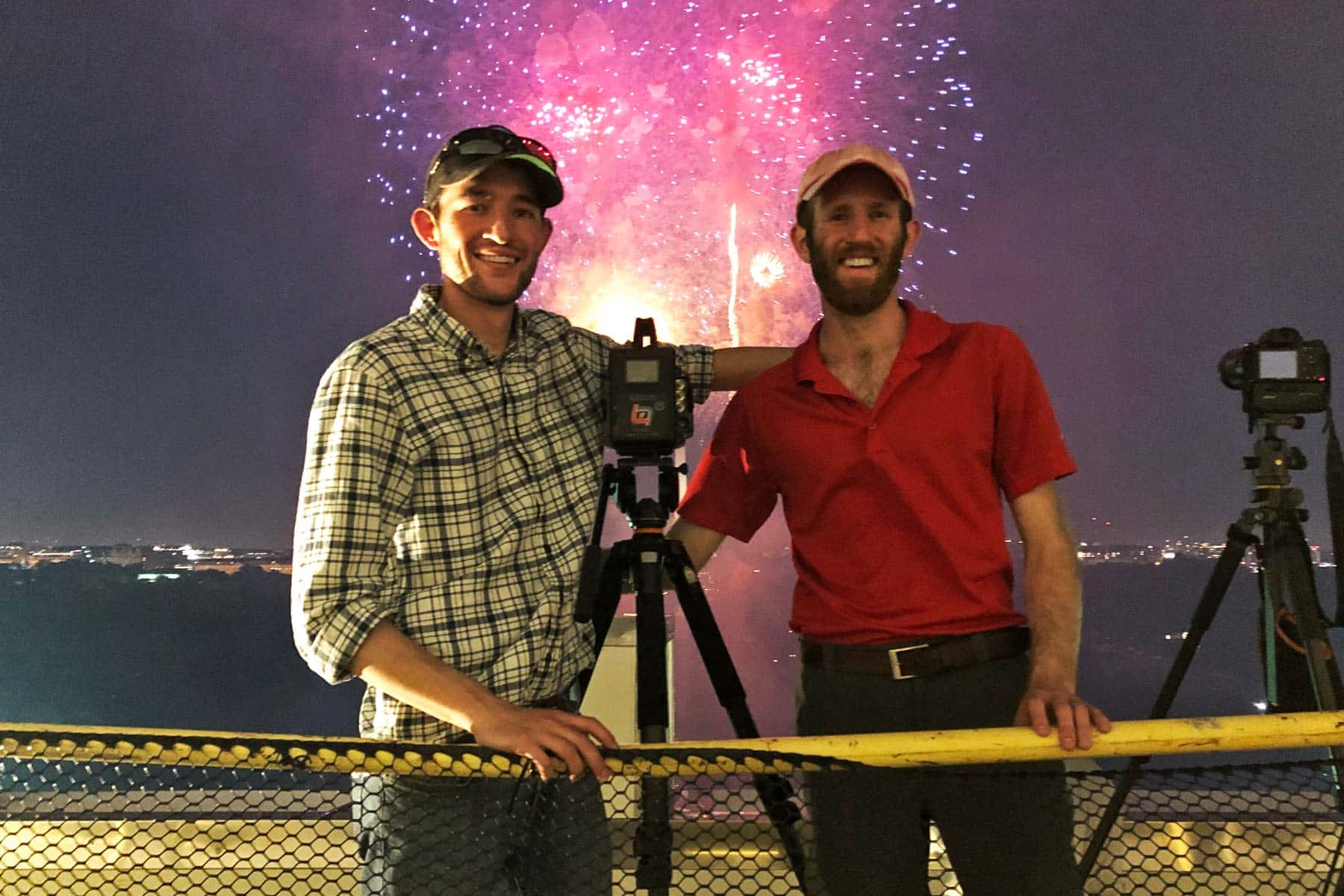
More Than Just Parks Co-Founders Jim & Will Pattiz filming in the nation’s capitol during the 4th of July
Top 30 Landmarks In Washington D.C.
30. Washington National Cathedral
The Washington National Cathedral is a prominent religious and cultural landmark that has played an important role in American history.
The idea for the National Cathedral dates back to the early 19th century, when the first Episcopal bishop of the United States, Samuel Seabury, called for the construction of a “great church” in the nation’s capital.
However, it was not until 1893 that the idea gained traction again, when the Protestant Episcopal Cathedral Foundation of the District of Columbia was established to oversee the project.
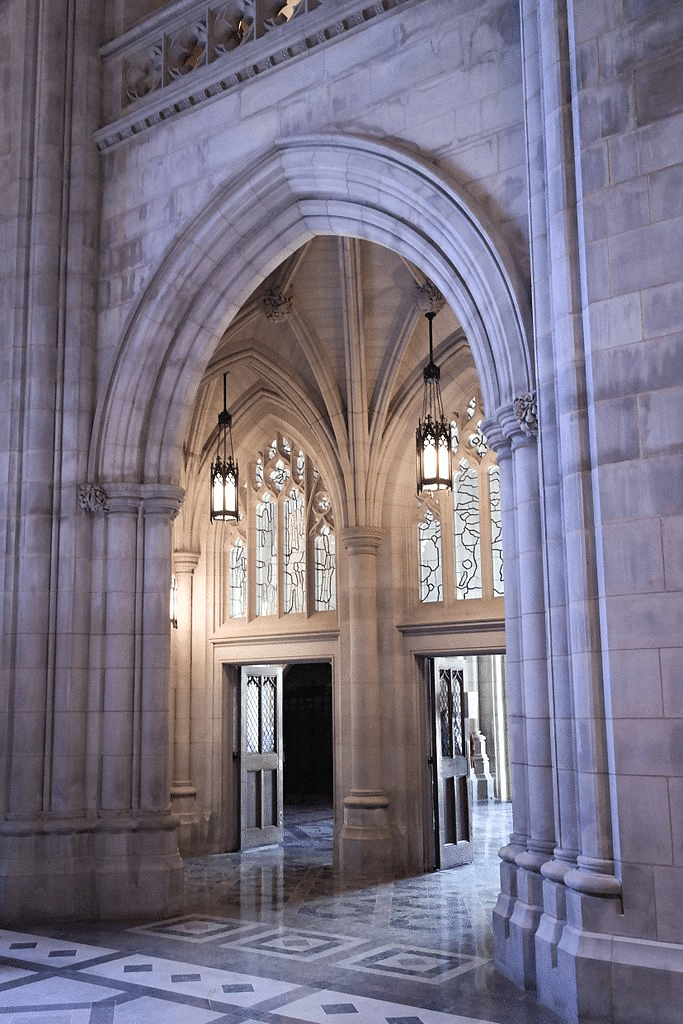
A view of the Washington National Cathedral in Washington, D.C. | Courtesy of Wikimedia Commons
Several Prominent Architects Were Involved In The Project
The foundation commissioned several prominent architects, including George Frederick Bodley and Henry Vaughan, to submit designs for the cathedral. However, the plans were repeatedly revised and delayed due to various factors, including disagreements over the design and the outbreak of World War I.
It was not until 1925 that the foundation finally broke ground on the site, which is located on the highest point in Washington, D.C. The foundation selected architect Philip Hubert Frohman to oversee the project, and he worked on the cathedral until his death in 1972.
Construction of the cathedral was a slow and laborious process, largely due to the complex and intricate design of the building. The cathedral’s design incorporates elements from various Gothic styles, including English, French, and Spanish Gothic, and features ornate carvings, stained glass windows, and flying buttresses.
The Washington National Cathedral was finally completed in 1990, nearly a century after its inception. Over the years, the cathedral has played an important role in American history, hosting numerous state funerals and presidential inaugural prayer services, as well as serving as a symbol of American unity and resilience in times of crisis.
In recent years, the cathedral has undergone extensive renovations and restoration work to ensure that it remains a vital and cherished part of American cultural and religious heritage for generations to come.
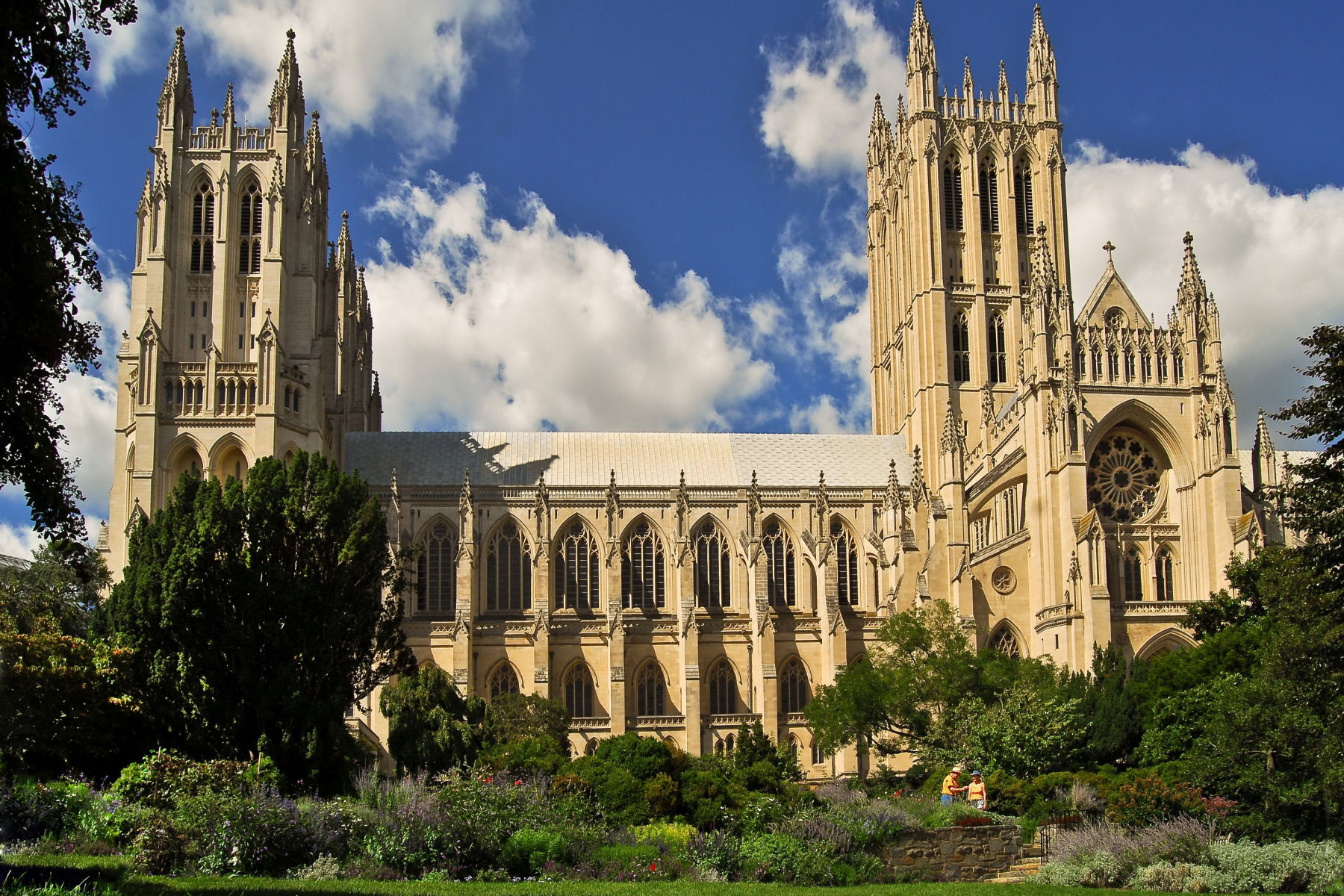
Things To See
The Washington National Cathedral is a stunning architectural masterpiece, with many impressive features and attractions that are worth seeing. Here are some of the highlights:
- The Great Choir: The Cathedral’s Great Choir is home to the famous 10,650-pipe organ and features stunning stained-glass windows, intricate stone carvings, and an impressive collection of sculptures.
- The Space Window: This magnificent stained-glass window is one of the largest in the world, and depicts the history of human exploration and the achievements of American space programs.
- The Bethlehem Chapel: The small chapel where President Woodrow Wilson worshipped regularly while in office is a peaceful and serene space, featuring simple stone walls and a beautiful altar.
- The Canterbury Pulpit: This stunning pulpit is carved from stone and features intricate designs and symbols of the Church of England.
- The Pilgrim Observation Gallery: Visitors can climb to the top of the Cathedral for panoramic views of Washington, D.C., from the outdoor observation deck.
- The Carillon: The Cathedral’s Carillon consists of 53 bells, which ring out every Sunday and on special occasions, filling the Cathedral and surrounding neighborhood with beautiful music.
- The Bishop’s Garden: This beautifully landscaped garden is a peaceful oasis in the heart of the city, featuring winding paths, colorful flowers, and serene fountains.
29. Dupont Circle
Our next Washington D.C. landmark is a circle, but it’s not just any circle. It’s named for Rear Admiral Samuel Francis Du Pont. The adjoining neighborhood is known for its high concentration of embassies (many along Embassy Row) and think tanks (many along Think Tank Row).
At #29 on our list of the Best Washington D.C. Landmarks is Dupont Circle.
Dupont Circle is a historic neighborhood that is known for its elegant architecture, vibrant cultural scene, and rich history. The area has a long and fascinating history that spans several centuries, from its origins as a rural farming community to its current status as a thriving urban center.
Dupont Circle was originally part of a large tract of land that was owned by a man named Samuel Francis Du Pont, who was a prominent naval officer and businessman in the mid-19th century.
Du Pont purchased the land in 1801 and named it “Kalorama,” which is Greek for “beautiful view.” He built a large mansion on the property, which became a popular gathering place for politicians, socialites, and other prominent figures of the time.
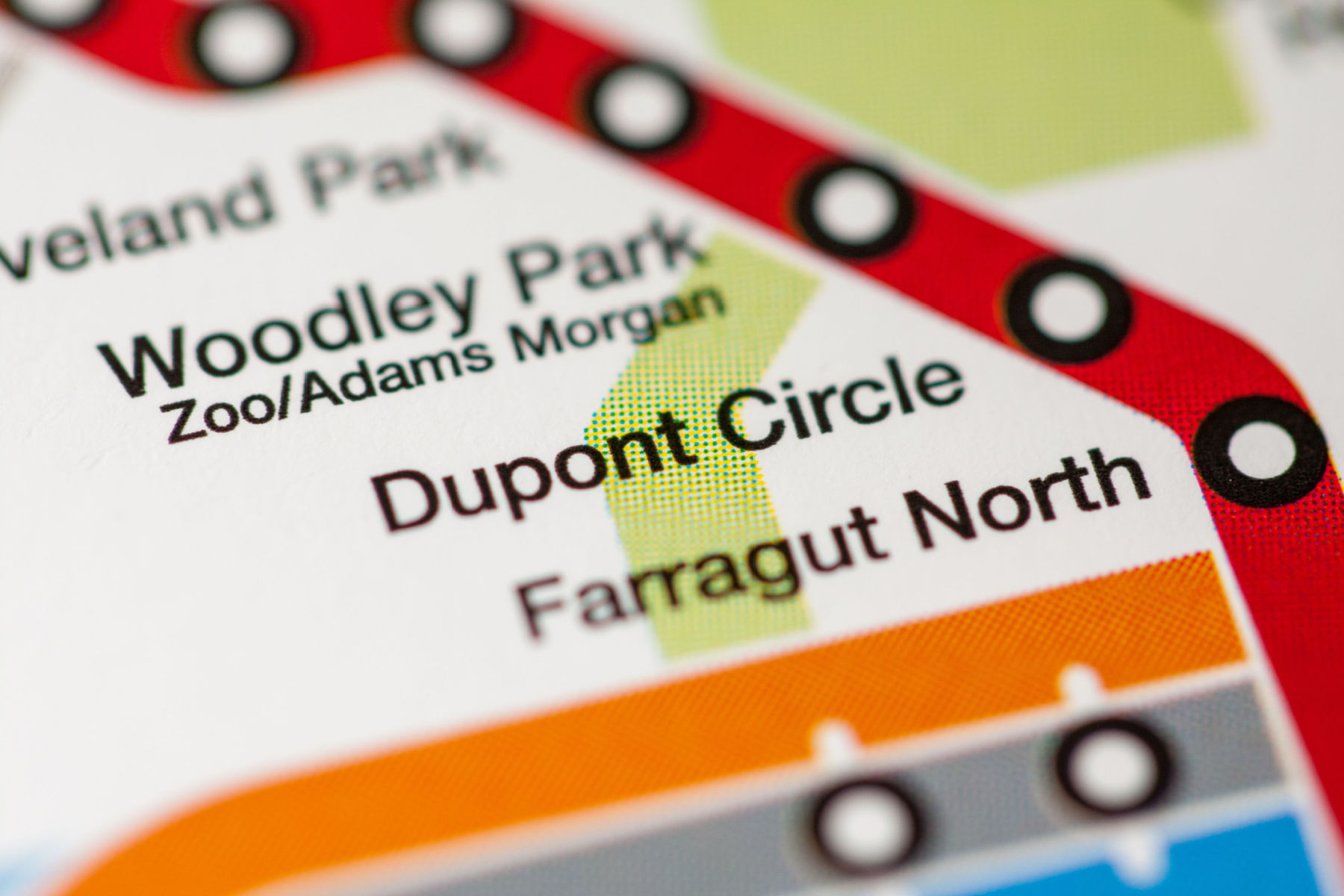
It Developed Into A Fashionable Residential Neighborhood
In the years that followed, the area around Dupont Circle gradually developed into a fashionable residential neighborhood, with many elegant homes, churches, and public buildings constructed during the late 19th and early 20th centuries. The neighborhood became a hub of intellectual and artistic activity, with many prominent writers, artists, and activists calling the area home.
During the early 20th century, Dupont Circle became known for its lively cultural scene, with numerous theaters, nightclubs, and other entertainment venues opening up in the area. The neighborhood also played an important role in the civil rights movement, with many African American activists and leaders living and working in the area.
In the decades that followed, Dupont Circle continued to evolve and grow, with new buildings, businesses, and cultural institutions transforming the area into a dynamic and thriving urban center.
Today, Dupont Circle remains one of the most popular and beloved neighborhoods in Washington, D.C., with its elegant architecture, vibrant cultural scene, and rich history attracting visitors and residents alike.
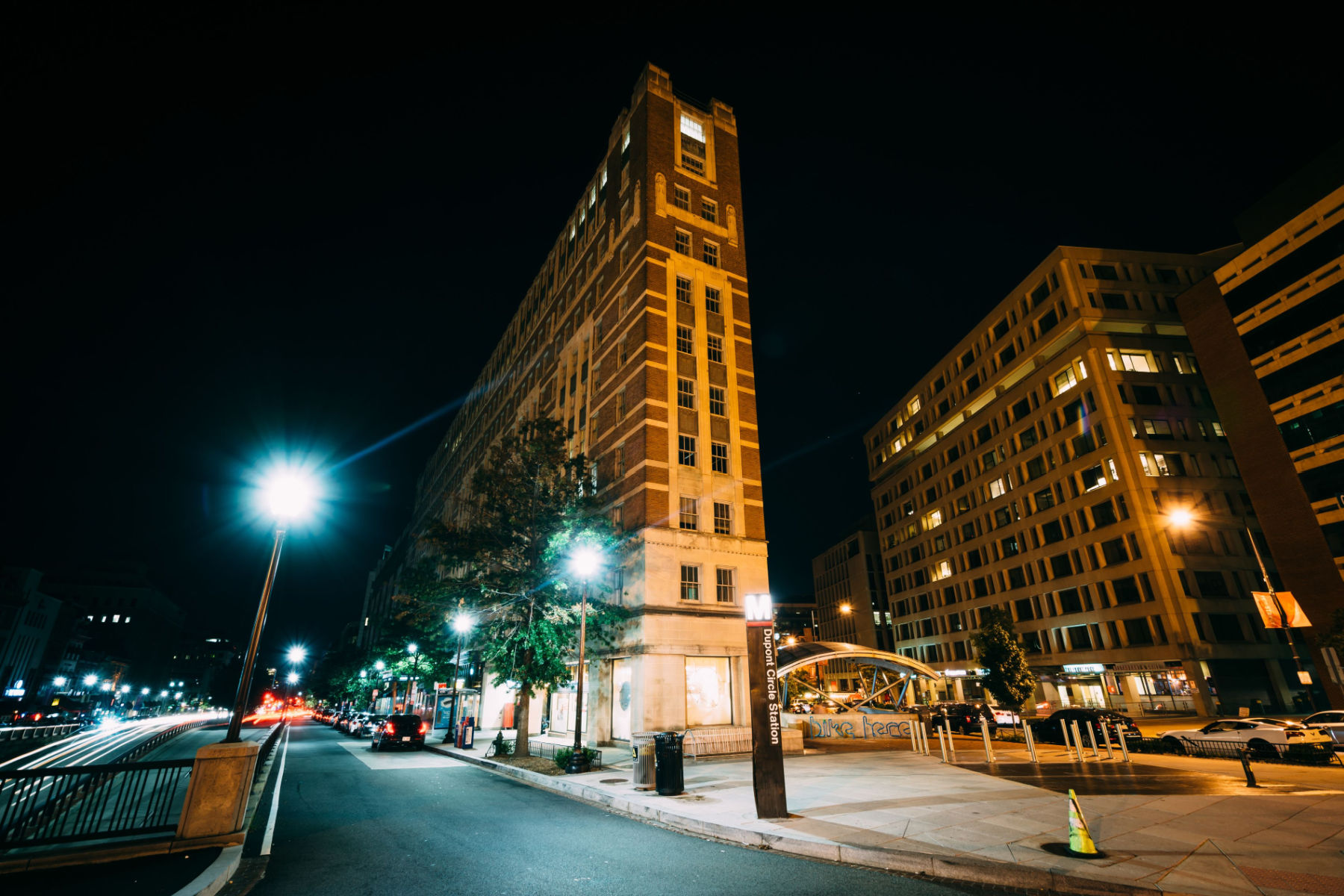
28. International Spy Museum
Our next Washington D.C. landmark is an independent nonprofit museum which documents the tradecraft, history, and contemporary role of espionage. It holds the largest collection of international espionage artifacts on public display.
At #28 on our list of the Best Washington D.C. Landmarks is the International Spy Museum.
It’s a privately-owned museum located in Washington DC, which is dedicated to the history and practice of espionage. The museum is one of the most popular tourist attractions in the city and attracts visitors from all over the world.
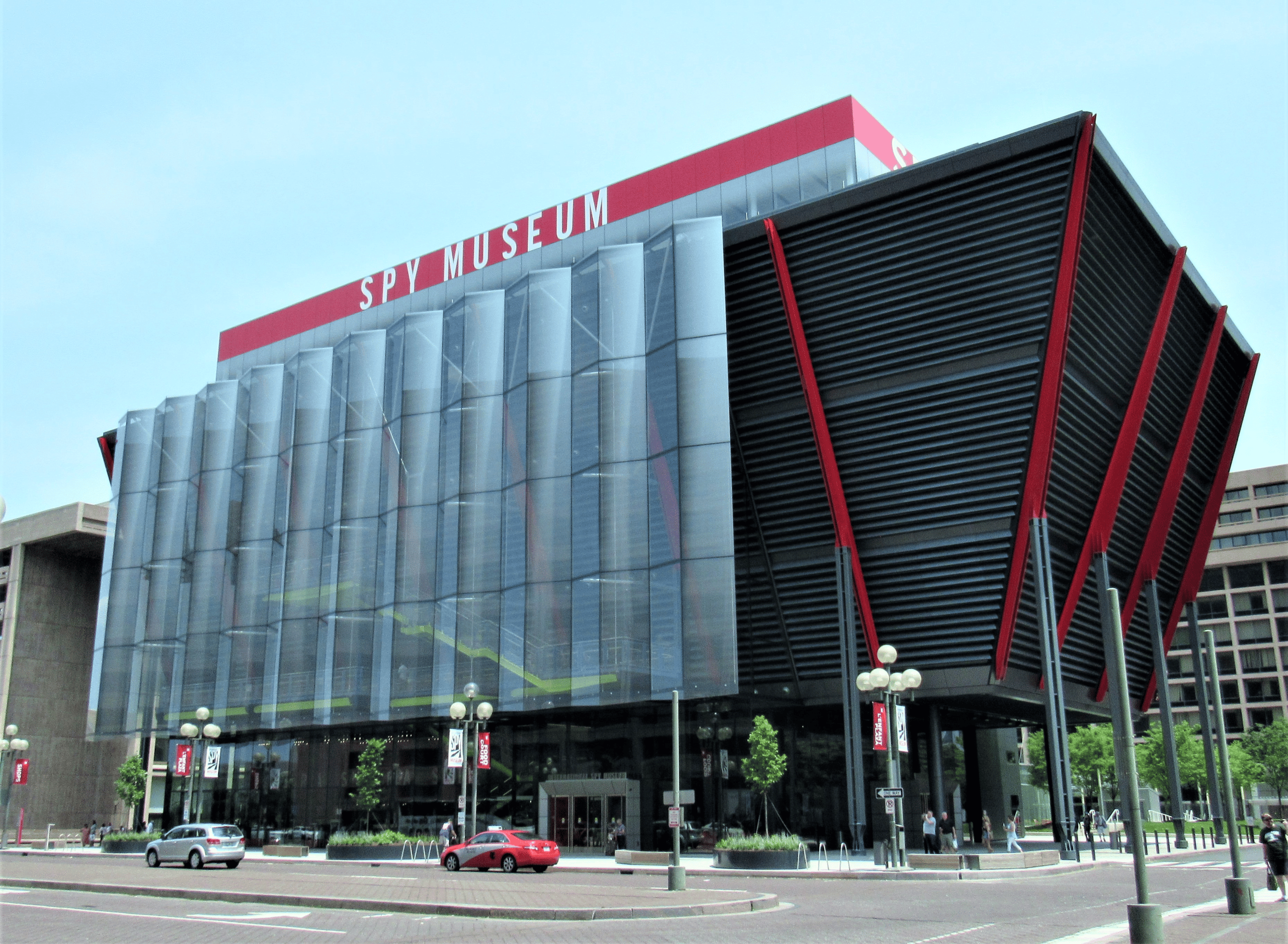
A Place Where You Can Learn All About The World Of Espionage
The museum features a wide range of exhibits, interactive displays, and artifacts related to espionage, including historical tools and equipment used by spies, examples of disguises, and gadgets used for secret communication.
Visitors can see a variety of espionage artifacts, including hidden cameras, code-breaking machines, and even a replica of the Enigma machine used by the Germans in World War II.
The International Spy Museum also features interactive experiences where visitors can test their spy skills, such as a laser maze, where visitors can simulate breaking into a high-security facility, and a virtual reality experience that allows visitors to step into the shoes of a CIA agent.
Additionally, the museum offers a range of educational programs, including lectures and workshops, and hosts special events throughout the year. The International Spy Museum is a fascinating and unique attraction for anyone interested in the history of espionage, intelligence gathering, and the shadowy world of spies.
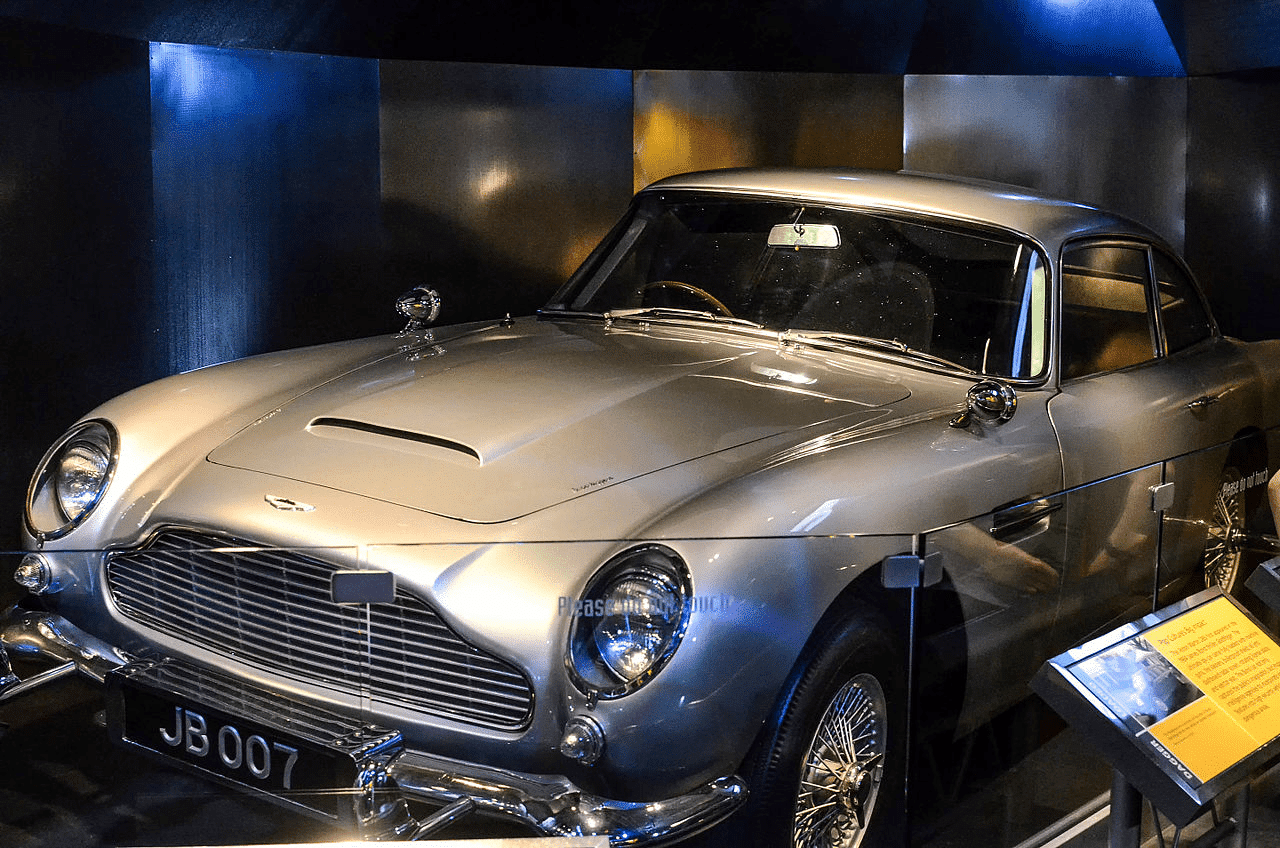
27. National Archives Museum
Our next Washington D.C. landmark is another museum. But, like the last one, it’s no ordinary museum either. It’s home to the Declaration of Independence, Constitution, and Bill of Rights.
At #27 on our list of the Best Washington D.C. Landmarks is the National Archives Museum.
The National Archives Museum houses some of the most important and historically significant documents and records of the United States. The museum has a rich and fascinating history that dates back to the early 20th century.
In 1934, President Franklin D. Roosevelt signed the National Archives Act, which established the National Archives and Records Administration (NARA).
The purpose of the agency was to collect, preserve, and make accessible the records of the federal government, including important historical documents such as the Declaration of Independence, the Constitution, and the Bill of Rights.

It Was Designed By John Russell Pope
The first National Archives building was completed in 1935, and was located in the heart of downtown Washington, D.C.
The building was designed by architect John Russell Pope, who also designed the National Gallery of Art and the Jefferson Memorial. The building’s classical design features massive columns and a grand entrance plaza, conveying a sense of strength and permanence.
Over the years, the National Archives has grown in size and importance, as more and more records and documents have been added to its collections. Today, the Archives holds over 10 billion records, including military records, naturalization records, census records, and more.
In 2003, a new museum was opened adjacent to the original National Archives building. The museum features interactive exhibits, multimedia displays, and original documents and artifacts, bringing to life the rich and complex history of the United States.
The National Archives Museum is an important and beloved institution, dedicated to preserving the rich history and heritage of the United States for generations to come.
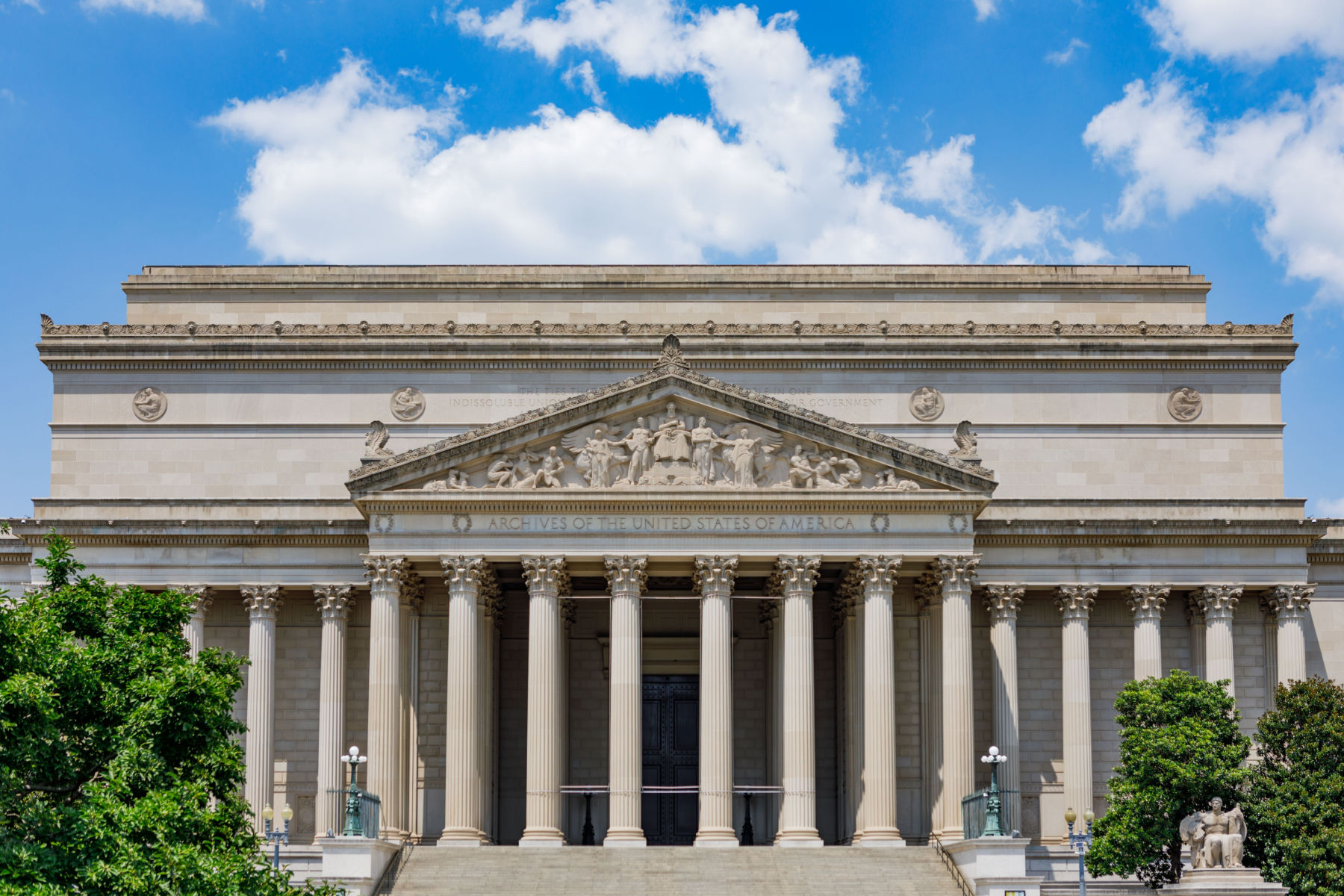
26. National Gallery Of Art
Our next Washington D.C. landmark founded as a gift to the United States. It serves as a center of visual art, education, and culture.
It has a collection of more than 150,000 paintings, sculpture, decorative arts, photographs, prints, and drawings spans the history of Western art and showcases some of the triumphs of human creativity.
At #26 on our list of the Best Washington D.C. Landmarks is the National Gallery of Art.
The National Gallery of Art is one of the premier art museums in the United States, and is located on the National Mall in Washington, D.C. The museum has a rich and fascinating history that dates back to the early 20th century.
The idea for the National Gallery of Art was first proposed in 1936 by a wealthy financier named Andrew W. Mellon, who offered to donate his extensive collection of art to the United States government.
Mellon’s collection included thousands of paintings, sculptures, and other works of art, and he believed that a national art museum would help to promote cultural education and understanding.

Sculptures in front of entrance to the East Building of the National Gallery of Art in Washington | Courtesy of Wikimedia Commons
Another Landmark Designed By John Russell Pope
In 1937, Congress passed a bill authorizing the creation of the National Gallery of Art, and construction of a new museum building began on the National Mall. The building was designed by renowned architect John Russell Pope, who also designed the Jefferson Memorial and the National Archives building.
The National Gallery of Art opened to the public in 1941, with Mellon’s collection forming the core of the museum’s holdings. Over the years, the museum has grown in size and importance, with new works of art being added to the collections through gifts, donations, and purchases.
Today, the National Gallery of Art is home to one of the largest and most comprehensive collections of art in the world, featuring works from a wide range of cultures, styles, and time periods. The museum is renowned for its impressive collection of European and American art, with works by artists such as Leonardo da Vinci, Rembrandt, Vermeer, Monet, and Van Gogh.
The National Gallery of Art is an important and beloved institution, dedicated to preserving and celebrating the rich cultural heritage of the United States and the world.
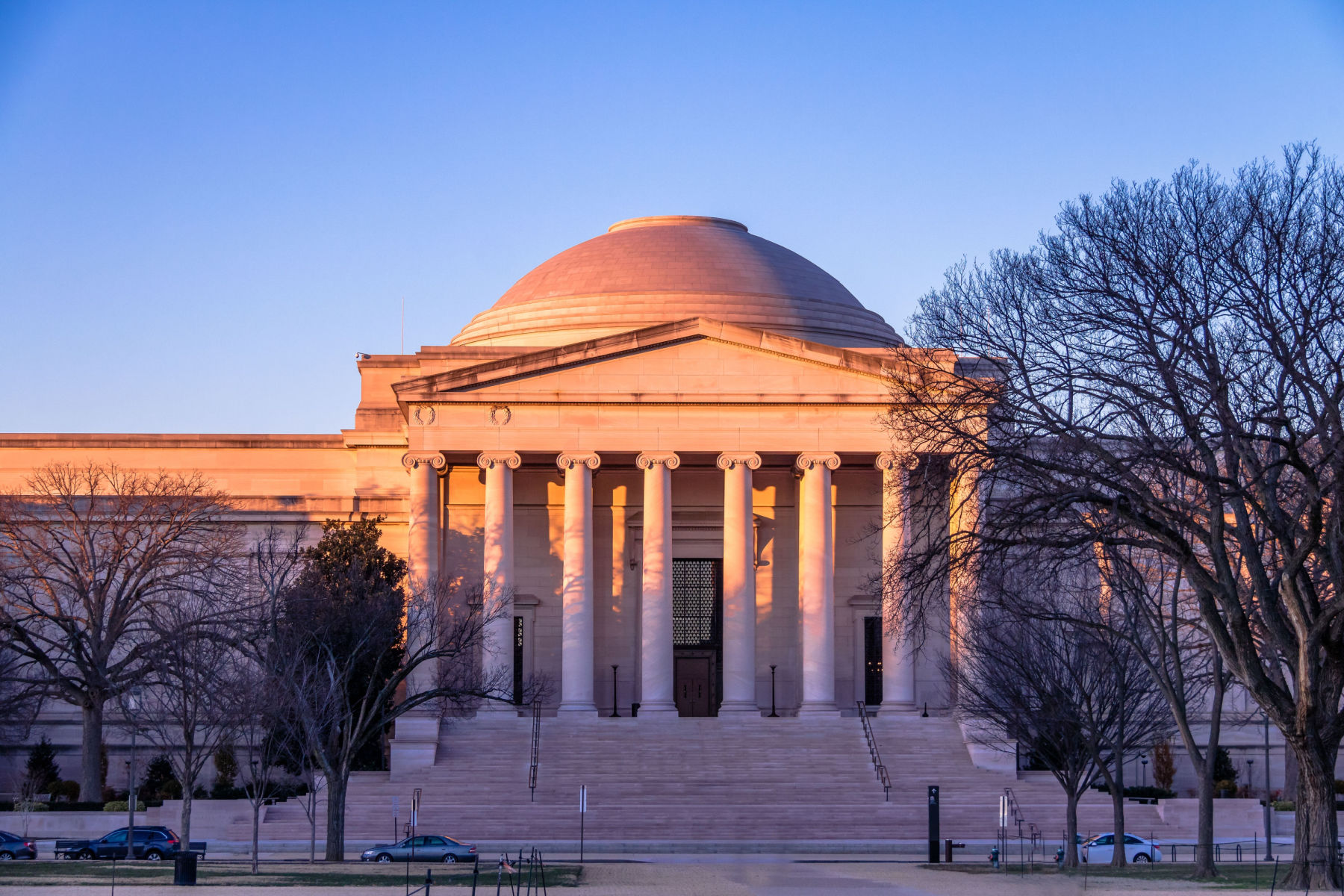
Things To See At The National Gallery Of Art
Here are just a few of the many things to see at the museum:
- The West Building: The West Building of the National Gallery of Art is home to an extensive collection of European and American art from the Middle Ages to the 19th century. Highlights include works by Leonardo da Vinci, Rembrandt, Vermeer, Monet, and Van Gogh.
- The East Building: The East Building is dedicated to modern and contemporary art, featuring works by artists such as Jackson Pollock, Mark Rothko, and Alexander Calder.
- Sculpture Garden: The National Gallery of Art Sculpture Garden is a beautiful outdoor space featuring a wide variety of sculptures and other works of art.
- The Rotunda: The Rotunda is the central space of the West Building, and features a soaring dome and impressive classical architecture.
- The American Wing: The American Wing of the National Gallery of Art features works by American artists from the 18th through the 20th centuries, including John Singleton Copley, Winslow Homer, and Georgia O’Keeffe.
- Special Exhibitions: The National Gallery of Art hosts a variety of special exhibitions throughout the year, featuring works by some of the world’s most celebrated artists and exploring a wide range of themes and topics.
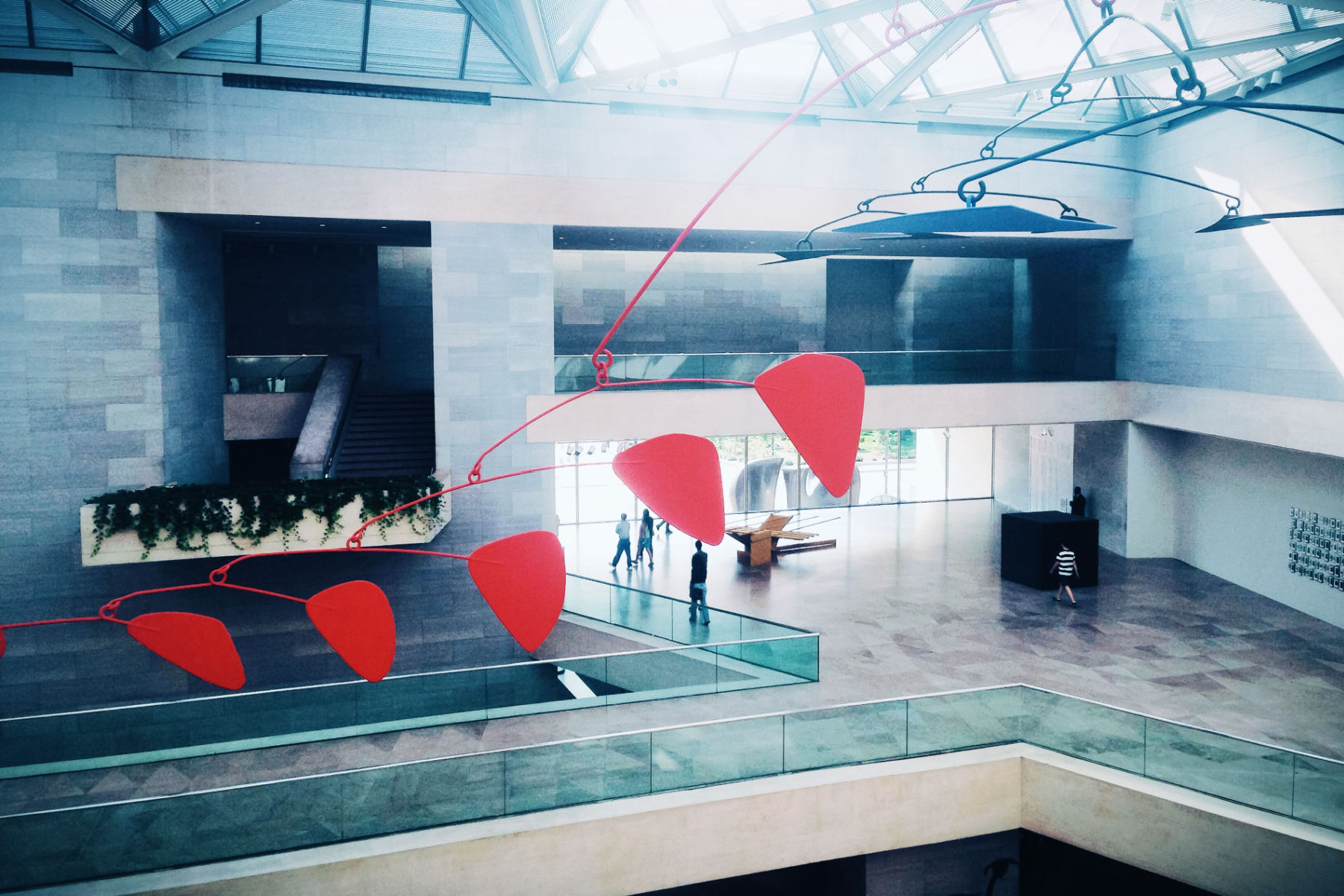
Top 25 Washington D.C. Landmarks
25. The United States Holocaust Memorial Museum
We’re on to the Top 25 Washington D.C. landmarks. Our next landmarks examines one of the greatest crimes in human history. At #25 on our list of the Best Washington Landmarks is The United States Holocaust Memorial Museum.
The United States Holocaust Memorial Museum is dedicated to honoring the victims of the Holocaust, preserving the history of the Holocaust, and educating visitors about the importance of preventing genocide.
It was established by an Act of Congress in 1980, and the construction of the museum building began in 1988. The museum was designed by architect James Ingo Freed, and the building features an imposing, stark, and minimalist design intended to convey the gravity and horror of the Holocaust.
The museum opened to the public in 1993, and since then it has become one of the most visited museums in Washington, D.C. The museum’s permanent exhibition takes visitors on a chronological journey through the events leading up to the Holocaust, the atrocities committed during the Holocaust, and the liberation of the concentration camps.
In addition to the permanent exhibition, the museum hosts a variety of temporary exhibitions, lectures, and events throughout the year. The museum also offers educational programs and resources for students and educators, and it maintains an extensive archive and library of materials related to the Holocaust.
The United States Holocaust Memorial Museum is an important and powerful reminder of the atrocities committed during the Holocaust, and serves as a testament to the resilience and bravery of the survivors and the importance of promoting tolerance, compassion, and human rights.
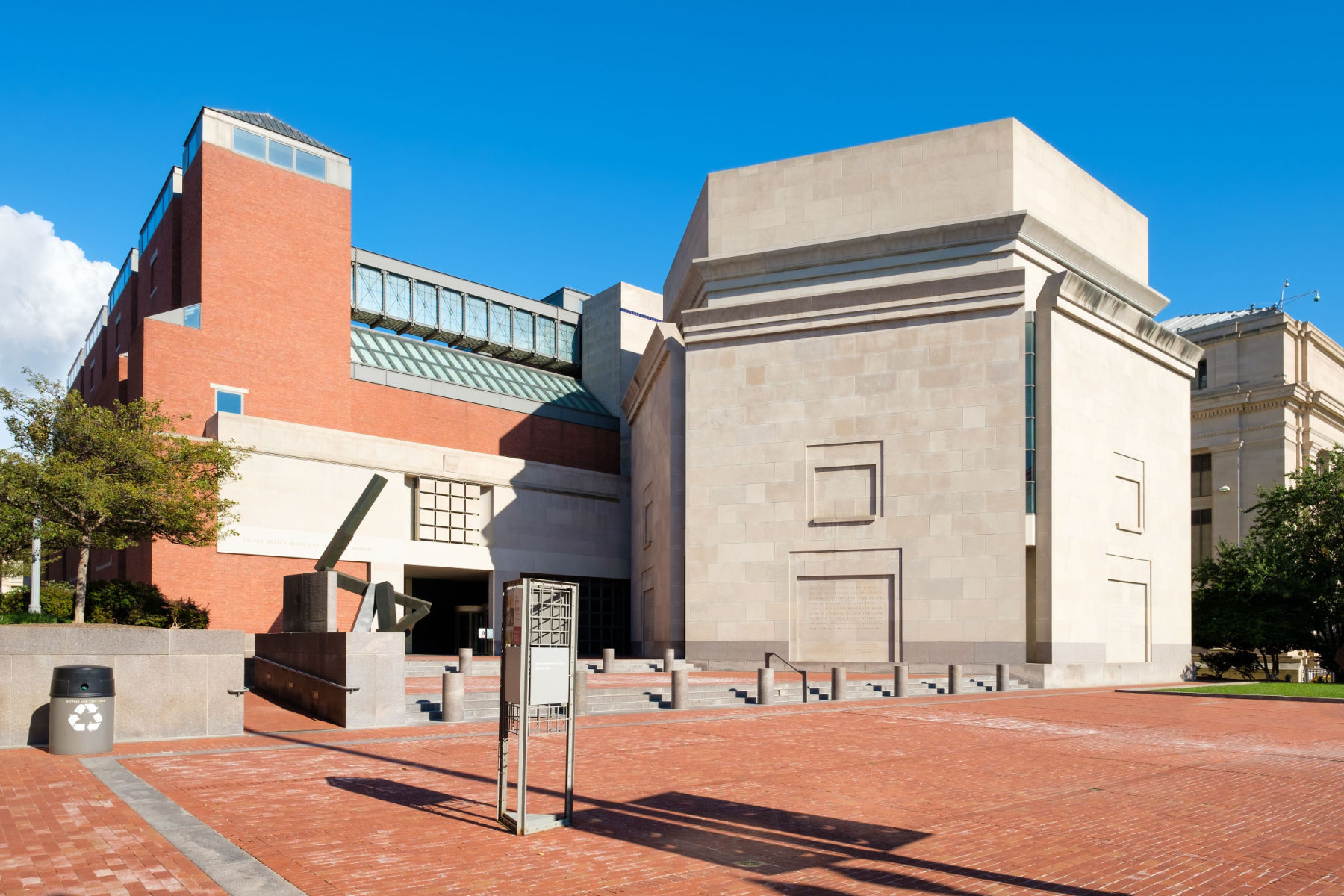
Things To Do & See At The Museum
Here are some things to do and see at the museum:
- Visit the Permanent Exhibition: The museum’s permanent exhibition takes visitors on a chronological journey through the events leading up to the Holocaust, the atrocities committed during the Holocaust, and the liberation of the concentration camps. It is a powerful and moving experience that provides a comprehensive understanding of the Holocaust.
- Explore the Museum’s Collections: The museum maintains an extensive archive and library of materials related to the Holocaust. Visitors can explore these collections to learn more about the history of the Holocaust and its impact on the world.
- Attend a Special Exhibition: The museum hosts a variety of temporary exhibitions throughout the year that explore different aspects of the Holocaust and its legacy.
- Attend a Program or Event: The museum hosts a variety of programs and events, including lectures, film screenings, and performances, that provide opportunities to engage with the museum’s collections and themes.
- Visit the Memorial and Reflection Pool: The museum’s outdoor memorial and reflection pool is a peaceful and contemplative space that provides an opportunity for reflection and remembrance.
- Take a Guided Tour: The museum offers a variety of guided tours, including general tours of the museum and specialized tours that focus on particular themes or aspects of the Holocaust.

24. Korean War Veterans Memorial
We move from the world of The Holocaust to the Forgotten War. At #24 on our list of the Best Washington D.C. Landmarks is the Korean War Veterans Memorial.
Why is it called the “Forgotten War” you might ask? The Korean War was fought from 1950 until 1953 and pitted the United States, South Korea, and their UN allies against North Korea and the Chinese Communists. The Korean War is often called the “Forgotten War” because it was largely overshadowed by WWII and Vietnam.
The war began on June 25, 1950, when North Korean forces crossed the 38th parallel and invaded South Korea. The United Nations Security Council authorized the use of military force to defend South Korea, and a multinational force, mostly composed of American troops, was sent to fight in Korea.
The war was characterized by a series of intense battles and skirmishes, as both sides struggled for control of the Korean Peninsula. North Korea initially made significant gains, capturing Seoul and pushing southward. However, UN forces were able to push the North Korean army back, and by 1951, the front line had stabilized near the 38th parallel.
The war continued for two more years as both sides engaged in a brutal and costly conflict. The fighting was especially fierce around the cities of Seoul and Pyongyang, with heavy casualties on both sides.
The war ended on July 27, 1953, when an armistice was signed that established a demilitarized zone (DMZ) between North and South Korea. However, no formal peace treaty was ever signed, and technically, the two Koreas are still at war.

With her brother on her back a war weary Korean girl tiredly trudges by a stalled M-46 tank, at Haengju, Korea | Courtesy of Wikimedia Commons
The Memorial
The Memorial is located on the National Mall in Washington, D.C., dedicated to the American servicemen and women who served in the Korean War.
It was built to commemorate the 5.8 million Americans who served in the war, and the 36,574 who died during the conflict.

The Idea For A Korean War Memorial
The idea for a Korean War Veterans Memorial was first proposed in 1986 by a group of veterans who felt that their service in the war had been overlooked. The project was initiated by legislation sponsored by Senator John W. Warner, and it was signed into law by President Ronald Reagan in 1986.
The design for the memorial was chosen through a national design competition, which was won by a team led by Frank Gaylord, a sculptor from Barre, Vermont.
The memorial features 19 stainless steel statues of soldiers, each larger than life-size, representing a squad on patrol. The statues are arranged in a triangular formation, with a granite wall inscribed with the names of the 54,246 American soldiers who died in the war behind them.
The memorial was dedicated on July 27, 1995, the 42nd anniversary of the armistice that ended the Korean War. The dedication ceremony was attended by President Bill Clinton, as well as many Korean War veterans and their families.
Since its dedication, the Korean War Veterans Memorial has become one of the most visited memorials in Washington, D.C. It serves as a powerful reminder of the sacrifices made by American soldiers during the Korean War and honors their service to their country.
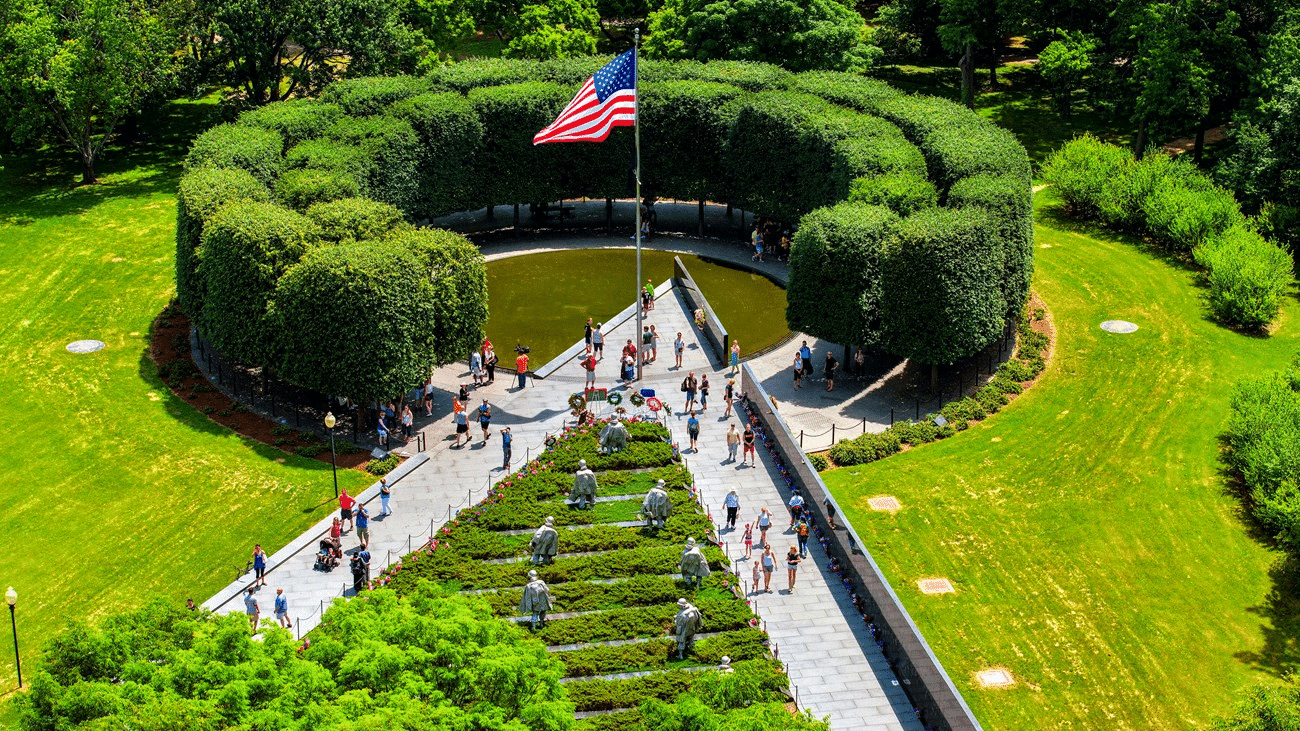
23. Frederick Douglass National Historic Site
Our next Washington D.C. landmark honors one of the most widely known and respected African Americans in DC and in the entire nation.
At #23 on our list of the Best Washington Landmarks is the Frederick Douglass National Historic Site.
Douglass was born into slavery in Maryland in 1818, but he escaped to freedom in 1838. He went on to become a leading voice in the abolitionist movement, advocating for the end of slavery and the full rights of African Americans. He also served as a diplomat, a newspaper editor, and an advocate for women’s rights.
In 1877, Douglass and his wife Anna purchased a home on Cedar Hill in Anacostia. The house, which was built in 1855, had 21 rooms and a commanding view of the city.
Douglass lived there for the rest of his life, and it was the site of many important events, including meetings with President Abraham Lincoln and other leaders of the day.

Efforts To Establish A Memorial
After Douglass’s death in 1895, the house passed through several owners and fell into disrepair. In 1962, a group of concerned citizens formed the Frederick Douglass Memorial and Historical Association and began efforts to restore the house and turn it into a museum.
The association worked with the National Park Service to create the Frederick Douglass National Historic Site, which was established in 1988.
Today, visitors to the Frederick Douglass National Historic Site can tour the house and grounds and learn about Douglass’s life and legacy. The site also hosts a variety of educational programs and events, including lectures, tours, and performances.
The site is an important reminder of Douglass’s contributions to the struggle for civil rights and serves as a testament to his enduring legacy.
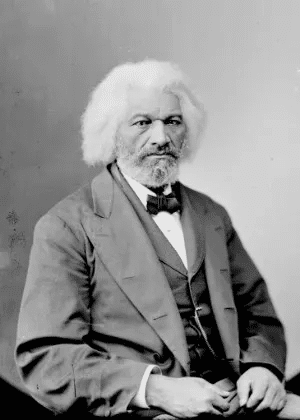
22. Ford’s Theater
Our next Washington D.C. landmark is a place where a nation concluding the bloodiest war in its history experienced the shock of tragedy. At #22 on our list of the Best Washington D.C. Landmarks is Ford’s Theater.
Located in Washington, D.C., Ford’s Theater is best known as the site of President Abraham Lincoln’s assassination on April 14, 1865. The theater, however, has a rich history dating back to its construction in 1863.
The theater was originally built as a Baptist church in 1833, but it was purchased by John T. Ford in 1861 and converted into a theater. The new theater quickly became one of the most popular venues in the city, attracting some of the biggest names in show business.
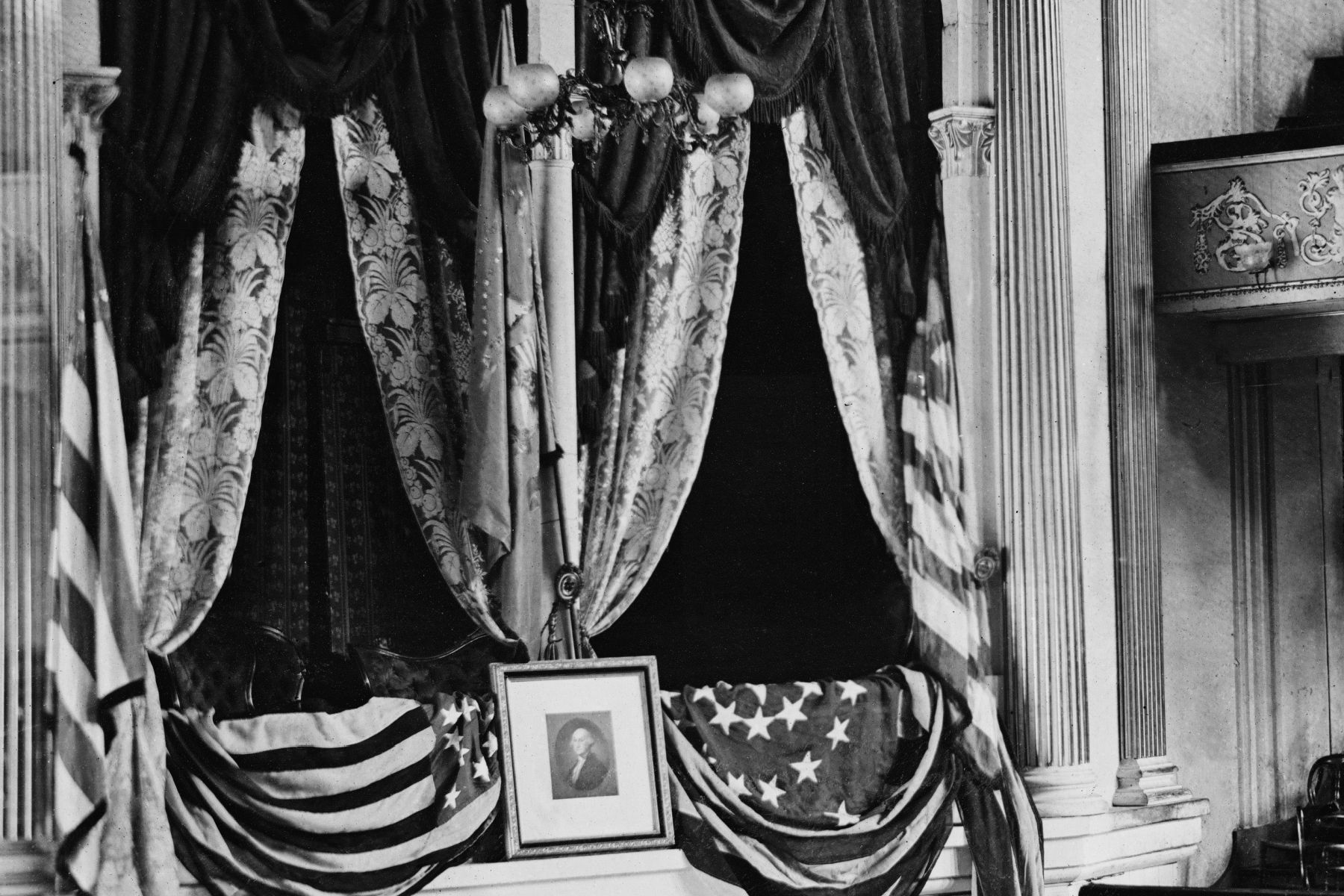
John Wilkes Booth
On the night of April 14, 1865, President Abraham Lincoln and his wife, Mary Todd Lincoln, attended a performance of the play “Our American Cousin” at Ford’s Theater. During the third act of the play, John Wilkes Booth, a well-known actor and Confederate sympathizer, entered the presidential box and shot Lincoln in the head.
Lincoln was carried across the street to the Petersen House, where he died the following morning. Booth fled the scene and was later found and killed by Union soldiers.
After Lincoln’s assassination, Ford’s Theater was closed and remained closed for many years. In 1893, the theater was renovated and reopened as a museum, but it was later closed again due to safety concerns.
In the 1930s, the National Park Service took over the management of the theater and began an extensive restoration project. The theater was eventually reopened in 1968 and continues to host live theater performances to this day.
Today, visitors to Ford’s Theater can tour the theater and museum, which includes exhibits on Lincoln’s life and presidency, the Civil War, and the assassination. The site serves as a powerful reminder of one of the most tragic events in American history and honors the legacy of President Abraham Lincoln.

Things To See At Ford’ Theater
Some of the things to see at Ford’s Theater include:
- The Theater: Visitors can tour the theater itself, which has been restored to its appearance at the time of Lincoln’s assassination.
- The Lincoln Box: The box where President Lincoln was sitting at the time of his assassination is preserved and on display.
- Exhibits on the assassination: Visitors can learn about the events leading up to the assassination, including the motives and actions of John Wilkes Booth.
- The Petersen House: The house across the street from the theater where President Lincoln was taken after being shot, and where he died the next day.
- The Lincoln Museum: A museum located in the basement of the theater, featuring exhibits on Lincoln’s life, presidency, and legacy.
- The Center for Education and Leadership: A museum and cultural center located next door to the theater, offering visitors a chance to learn about the history and impact of Lincoln’s presidency.
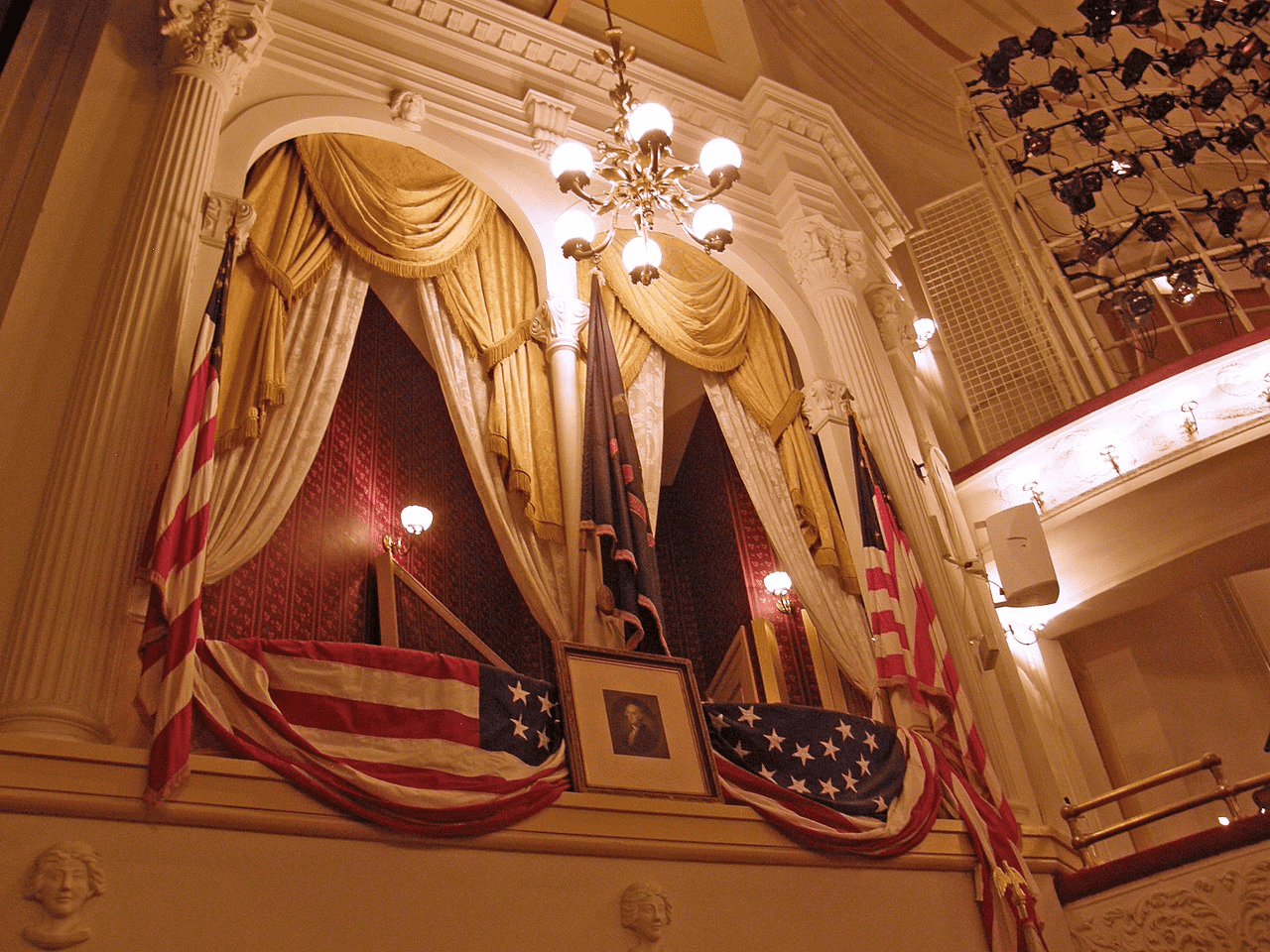
21. Dwight D. Eisenhower Memorial
Our next Washington D.C. celebrates one of America’s greatest military leaders who also happened to be the 34th President of the United States. At #21 on our list of the Washington D.C. Landmarks is the Dwight D. Eisenhower Memorial.
The memorial, located in Washington, D.C., honors the life and legacy of Dwight D. Eisenhower, the 34th President of the United States and the commander of the Allied forces in Europe during World War II. It’s located near the National Mall and was opened to the public in 2020.
The idea for a memorial to Eisenhower was first proposed in 1999, shortly after his death. The project was initiated by the Eisenhower Memorial Commission, which was established by Congress to plan and oversee the construction of the memorial.
After several years of planning and design, a final design for the memorial was chosen in 2008. The design, by architect Frank Gehry, features a 450-foot long stainless steel tapestry that depicts the beaches of Normandy, France, where the Allied forces landed on D-Day in 1944. The tapestry is flanked by large stone pillars that feature quotes from Eisenhower’s speeches and writings.
The centerpiece of the memorial is a 9-foot-tall statue of Eisenhower as a young boy, which is surrounded by several bronze sculptures that depict different stages of his life, including his military service and his presidency.
The Eisenhower Memorial serves as a tribute to one of America’s greatest leaders, honoring his service to his country as a soldier, statesman, and president. It also serves as a reminder of the sacrifices made by the men and women who fought in World War II and the role played by Eisenhower in bringing an end to the conflict.

Top 20 Washington D.C. Landmarks
20. Supreme Court of the United States
We’re on to the Top 20 Washington D.C. Landmarks At #20 is a place which is considered to be one of the most important in the world. It’s the Supreme Court of the United States.
Why is the Supreme Court so important? First, as the highest court in the land, it is the court of last resort for those looking for justice. Second, due to its power of judicial review, it plays an essential role in ensuring that each branch of government recognizes the limits of its own power.
The Supreme Court is composed of nine justices, who are appointed by the President of the United States and confirmed by the Senate. Once appointed, justices serve for life or until they choose to retire.
The Chief Justice of the United States, who is the head of the Supreme Court, is also appointed by the President and confirmed by the Senate. It’s located in the Supreme Court Building in Washington D.C.

The First Monday In October
The court’s term begins on the first Monday in October and lasts until late June of the following year. During the term, the court hears and decides on a wide range of cases that have been appealed to it from lower federal and state courts.
The court also holds conferences to discuss cases and make decisions on which cases to hear. The court’s decisions are final and binding on all other courts in the United States.
The Supreme Court plays a vital role in interpreting and upholding the Constitution, and its decisions can have a significant impact on the country’s laws, politics and society.
The Court Building is open to the public on a limited basis, from 9 a.m. to 4:30 p.m., Monday through Friday, except on federal holidays. Visitors can take a self-guided tour of the building and see the courtroom, where the justices hear oral arguments and decide cases, as well as the Great Hall and the courtroom’s historic spaces.
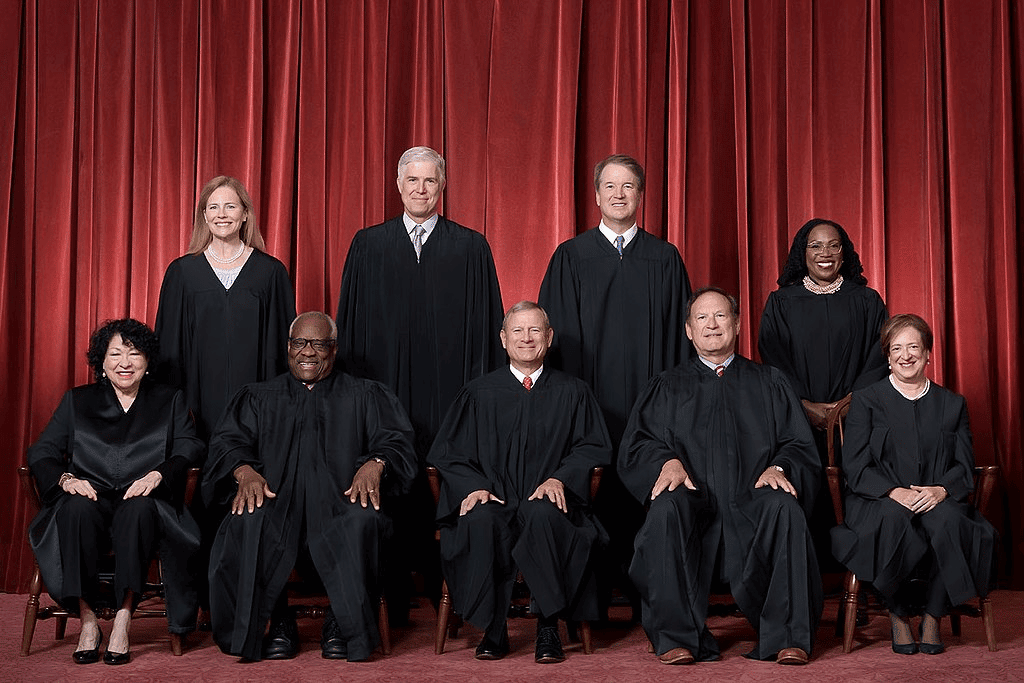
19. World War I Memorial
From the highest court in the land to the “War To End All Wars,” our next Washington D.C. Landmark honors the Americans who served in World War One. At #19 is the World War One Memorial.
Why was it called the “War To End All Wars,” you might ask? World War I was known as the “war to end all wars” because of the great slaughter and destruction it caused.
Unfortunately, the peace treaty that officially ended the conflict—the Treaty of Versailles of 1919—forced punitive terms on Germany that destabilized Europe and laid the groundwork for World War Two.
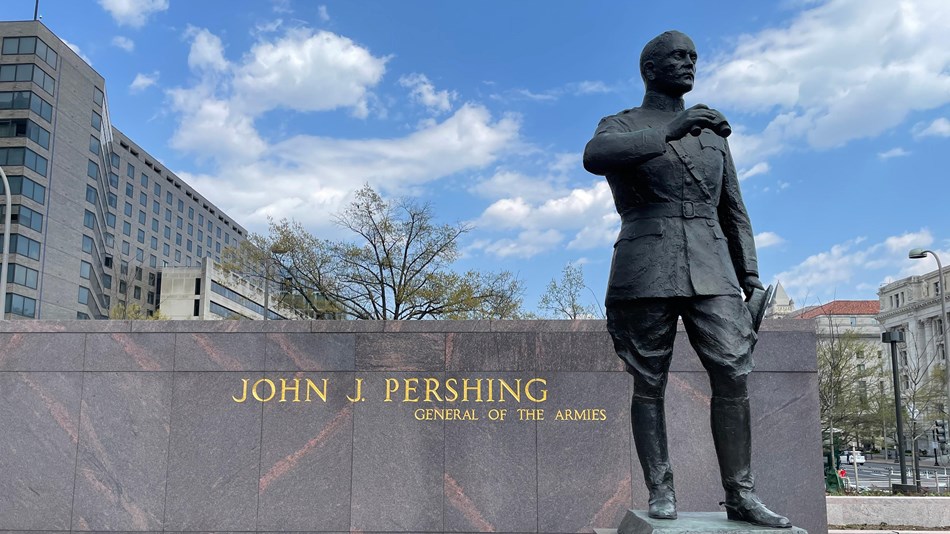
History Of The Memorial
The World War I Memorial honors the 4.7 million Americans who served in World War I, including the 116,516 who made the ultimate sacrifice. The memorial was built by the United States World War I Centennial Commission, designed by architect Joseph Weishaar and officially unveiled on April 16, 2021.
The memorial incorporates the existing memorial to Gen. John J. Pershing, commander of the American Expeditionary Forces during the war.
It also includes the Peace Fountain, a cascade of water behind an excerpt from the poem “The Young Dead Soldiers Do Not Speak” by Archibald MacLeish, engraved quotes and references to the theaters, campaigns and battles in which American forces participated and exhibits about the role of the United States in World War I.
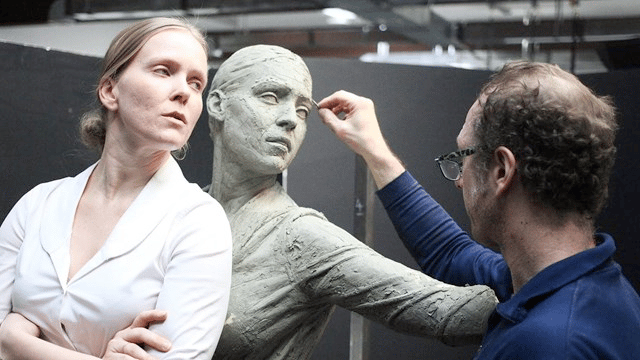
A Soldier’s Journey
The central feature of the memorial, a sculpture titled “A Soldier’s Journey”, a 58-foot-long bas-relief by Sabin Howard depicting the journey of a recurring American soldier and representing the larger American experience of World War I is scheduled to be installed in 2024.
The World War I Memorial is located at the former Pershing Park, 1.76-acres along Pennsylvania Avenue NW between 14th Street NW and 15th Street NW, across from the White House Visitor Center.
It builds on the original design of Pershing Park, which was dedicated at the site in 1981 as the American Expeditionary Forces Memorial.
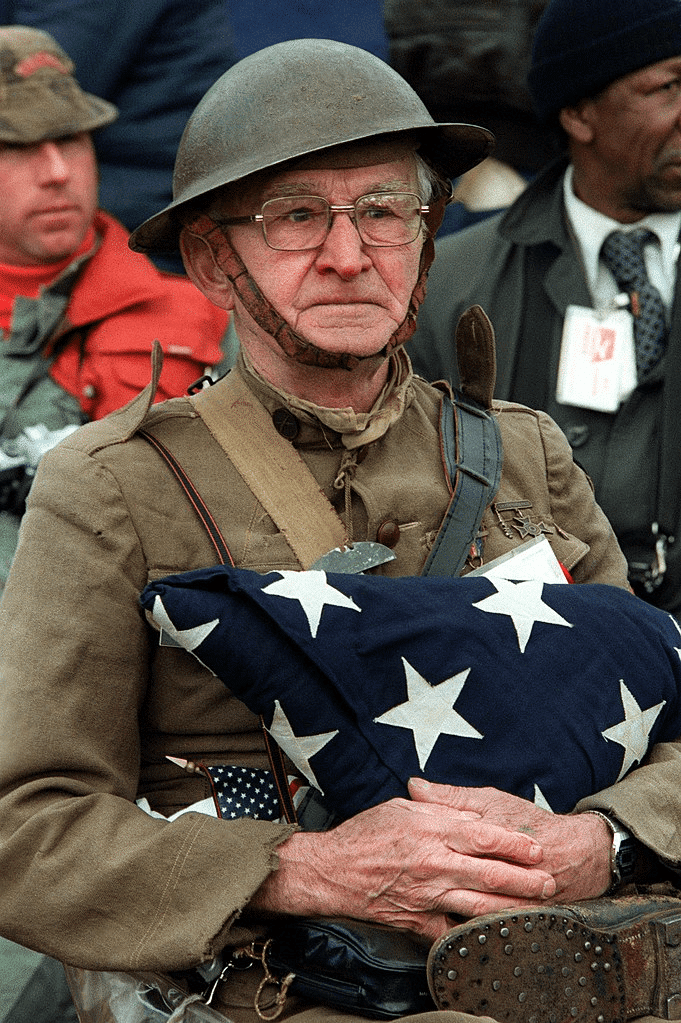
18. The Pentagon
Our next Washington D.C. landmark is the world’s largest low-rise office building. The entire U.S. Capitol building could fit inside any of the building’s five wedges. It has 6,500,000 square feet of office space (three times the floor space in the Empire State Building!), 7,754 windows and 17 1/2 miles of corridors.
At #18 on our list of the Best Washington D.C. Landmarks is the Pentagon.
The Pentagon is the headquarters of the United States Department of Defense and is located in Arlington County, Virginia, just outside Washington, D.C. The building was constructed during World War II, and its history is closely tied to the country’s military and political history.
The Pentagon was designed by architect George Bergstrom and was constructed between 1941 and 1943. Its construction was prompted by the United States’ entry into World War II and the need for a centralized command center for the military.
The building was named the Pentagon because of its distinctive five-sided shape, which was designed to maximize efficiency and minimize the distance between offices. The building covers over 6.5 million square feet, making it one of the largest office buildings in the world.
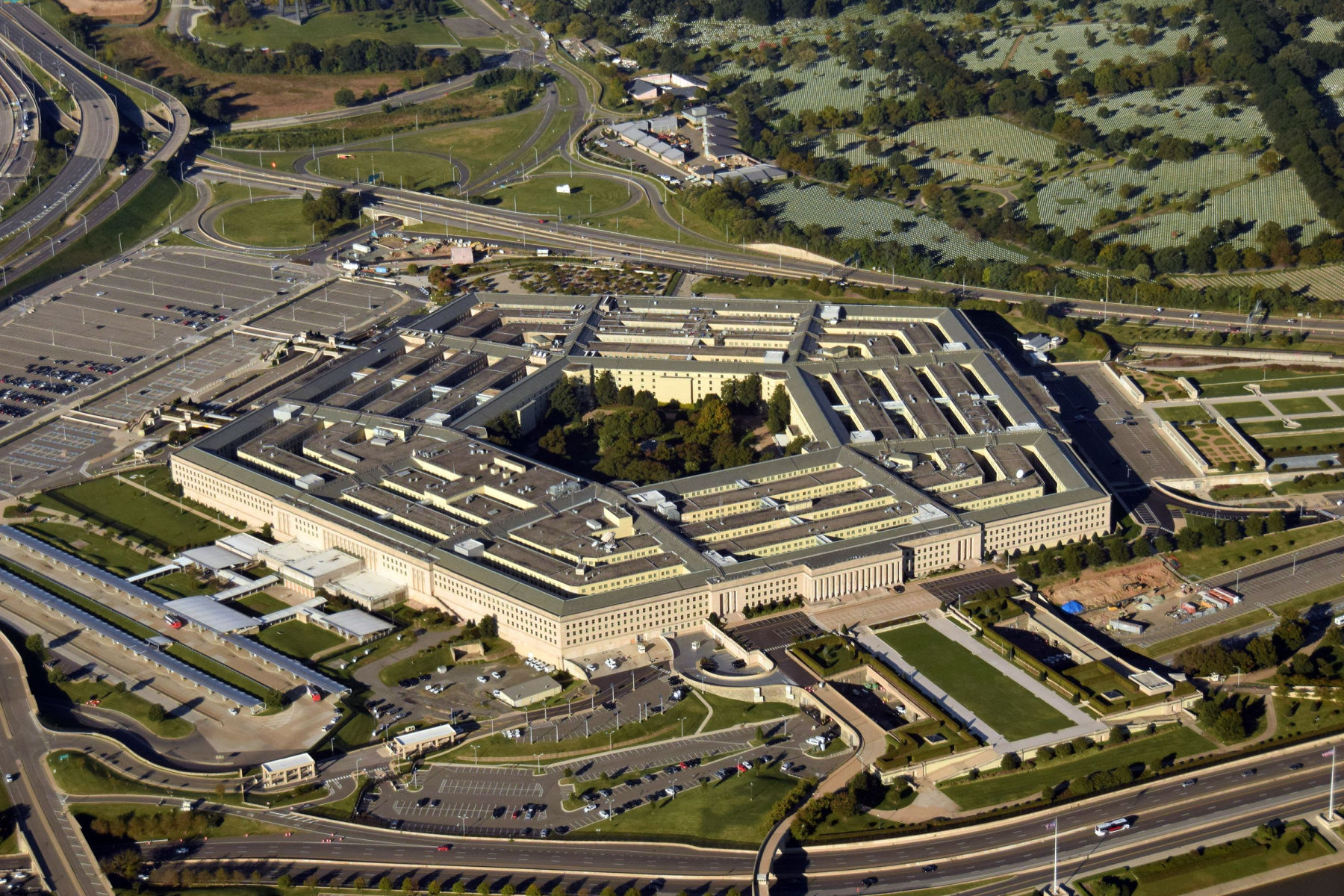
The Pentagon Was Attacked On 9/11
The Pentagon was attacked on September 11, 2001, when terrorists hijacked American Airlines Flight 77 and crashed it into the building, killing 189 people. The attack caused significant damage to the building, but it was quickly repaired and remained operational in the aftermath of the attack.
Today, the Pentagon serves as the headquarters for the United States Department of Defense and is one of the most recognizable buildings in the world. It is a symbol of the country’s military power and its commitment to national security.

An Aerial view of the destruction at the Pentagon caused by a hijacked commercial jet that crashed into the side of the building during the Sept. 11, 2001, terror attacks | Courtesy of Wikimedia Commons
17. African American Civil War Museum
Our next Washington D.C. landmark is a museum that uses a rich collection of artifacts, documents, primary sources, and technology to create a meaningful learning experience for families, students, Civil War enthusiasts, and historians about the period from the American Civil War to Civil Rights and beyond.
At #17 on our list of the Best Washington D.C. Landmarks is the African American Civil War Museum.
This museum is housed in the historic Grimke Building, which was built in 1871 and served as a school for African American children.
The idea for the museum began in the 1980s, when a group of local historians and community activists formed the African American Civil War Memorial Freedom Foundation to honor the contributions of African American soldiers during the Civil War.
The foundation raised funds to build a memorial to these soldiers, which was completed in 1997 and is located across the street from the museum.
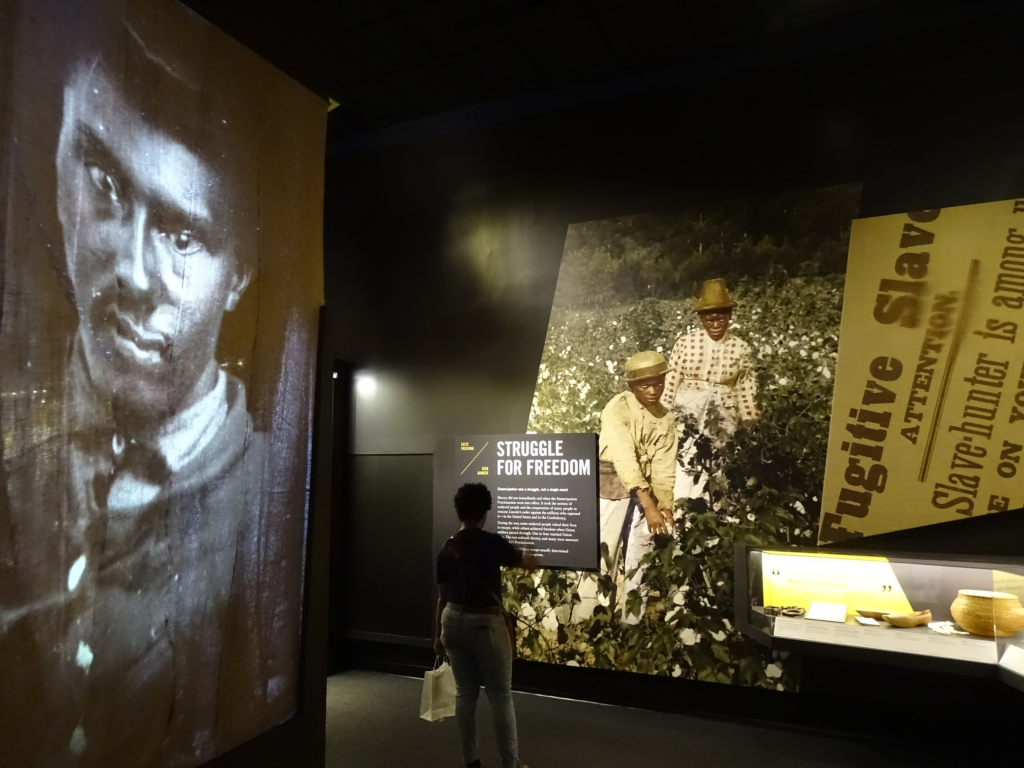
Exhibit on Slavery | Courtesy of Wikimedia Commons
The Museum Tells The Story Of The African American Experience During The Civil War
In 1999, the foundation opened the African American Civil War Museum in the Grimke Building, which had been vacant for many years. The museum features exhibits and artifacts that tell the story of the African American experience during the Civil War, including the role played by African American soldiers, sailors, and nurses.
The museum’s exhibits include interactive displays, photographs, and personal artifacts from the soldiers and their families. The museum also features a research center that allows visitors to learn more about the history of African American soldiers during the Civil War.
In addition to its exhibits and research center, the museum also hosts a variety of educational programs and events, including lectures, panel discussions, and film screenings.
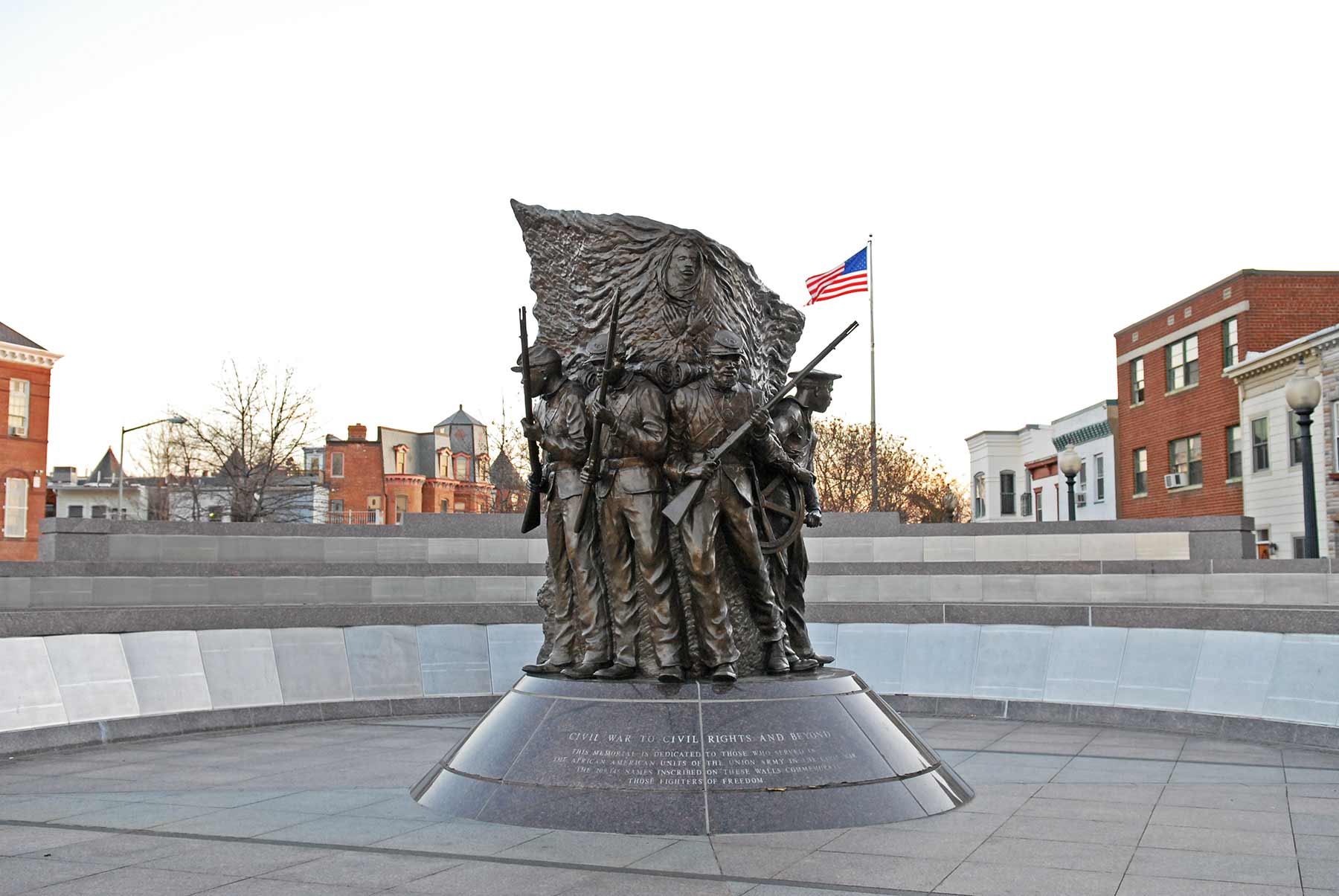
Things To See & Do At The Museum
Some of the things to see and do at the museum include:
- Exhibits on the role of African American soldiers: Visitors can learn about the experiences and contributions of the approximately 200,000 African American soldiers who served in the Union army during the Civil War.
- Artifacts and memorabilia: The museum features a collection of artifacts, including uniforms, weapons, and personal items belonging to African American soldiers, as well as documents, photographs, and other historical materials.
- Interactive displays and multimedia exhibits: Visitors can engage with hands-on exhibits, videos, and other multimedia displays that bring the history of African American soldiers to life.
- Talks and lectures: The museum offers a variety of talks, lectures, and events, featuring historians, scholars, and other experts who discuss the history and legacy of African American soldiers during the Civil War.
- Genealogy resources: The museum provides resources and support for those interested in tracing their family history and genealogy, including information on how to research African American soldiers who served during the Civil War.
Visitors to the African American Civil War Museum can expect a rich and inspiring experience as they learn about the role and contributions of African American soldiers during one of the most significant events in American history.
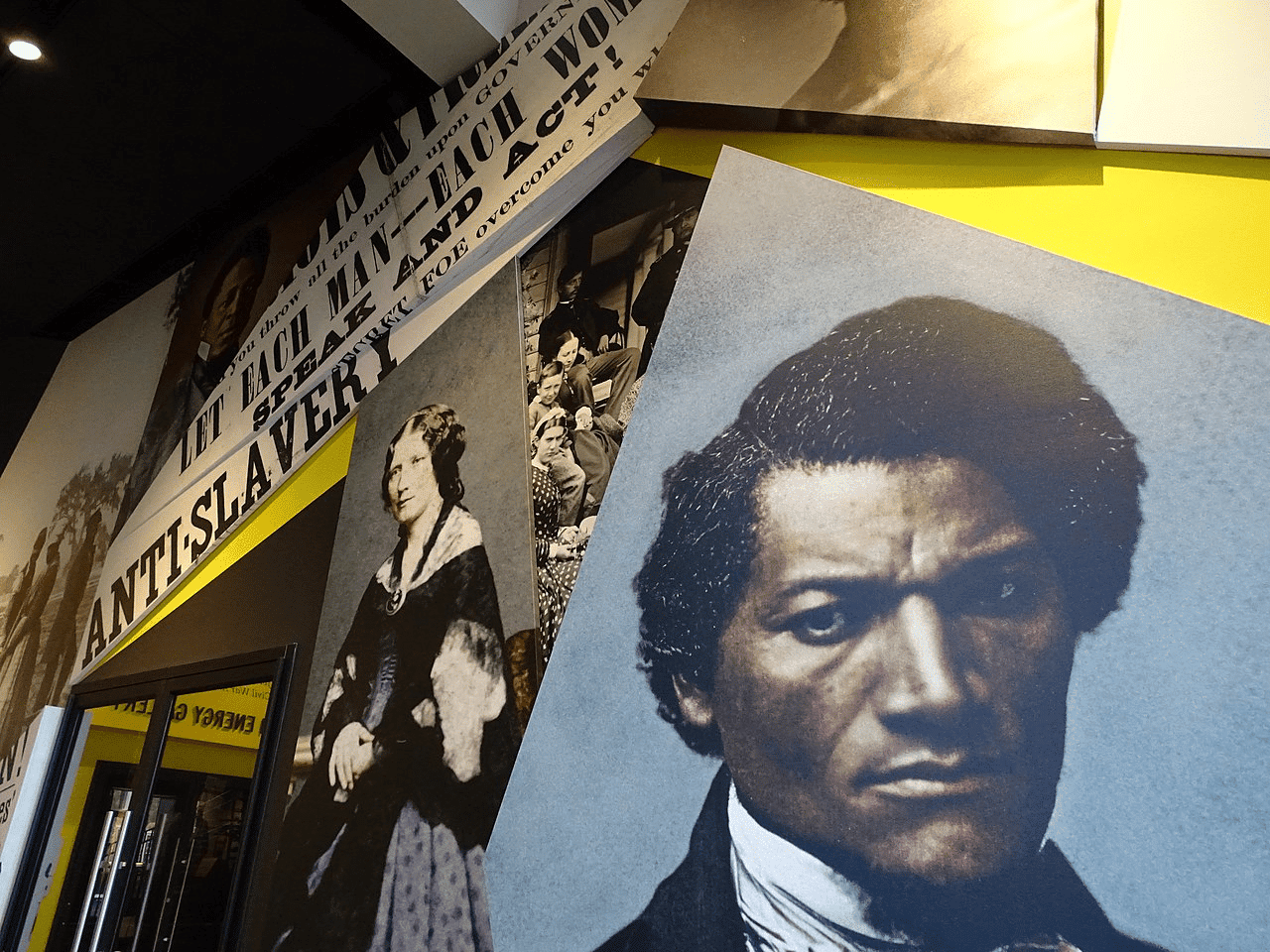
16. Library Of Congress
Our next Washington D.C. landmark is the largest library in the world, with millions of books, films and video, audio recordings, photographs, newspapers, maps and manuscripts in its collections. It’s also the main research arm of the U.S. Congress and the home of the U.S. Copyright Office.
At #16 on our list of the Best Washington D.C. Landmarks is the Library of Congress.
The Library of Congress was established in 1800 and has since grown to become one of the world’s most significant research libraries, housing millions of books, manuscripts, maps, photographs, and other resources.
The Library of Congress serves as the research arm of the United States Congress and is responsible for providing authoritative information and resources to Congress, as well as the general public. It is open to researchers, scholars, and members of the public who wish to access its vast collections.
The library is organized into several divisions, including the Congressional Research Service, the Law Library of Congress, and the National Library Service for the Blind and Print Disabled. Its collections include books and other materials in a wide range of subjects, including history, literature, science, and technology.
The Library of Congress is also home to several important cultural institutions, such as the American Folklife Center, the Veterans History Project, and the Poetry and Literature Center. The library also has a significant digital presence, with many of its collections available online through its website and other digital platforms.
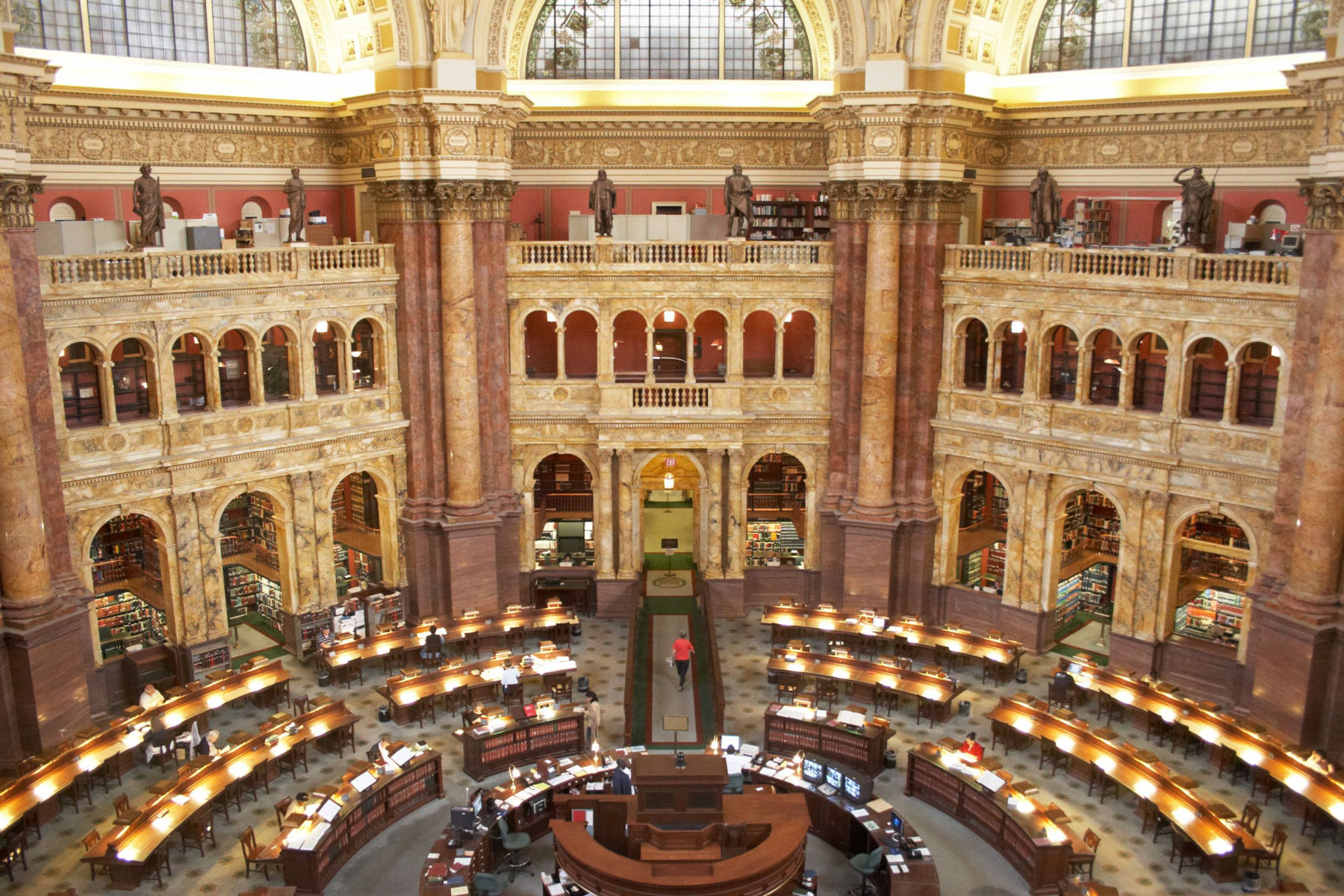
Things To Do At The Library Of Congress
There are several things you can do at the Library of Congress:
- Visit the Thomas Jefferson Building: The main building of the Library of Congress is a beautiful Beaux-Arts building that houses many of the library’s collections. You can take a guided tour or explore the building on your own.
- Explore the Library’s Collections: The Library of Congress has millions of books, manuscripts, photographs, and other resources that are available for researchers and scholars to explore. You can search for materials in the library’s online catalog or visit one of the reading rooms to access materials in person.
- Attend an Event: The Library of Congress hosts many events throughout the year, including lectures, concerts, and exhibitions. You can check the library’s calendar to see what events are coming up.
- Take a Guided Tour: The Library of Congress offers several guided tours, including a general tour of the Thomas Jefferson Building, a tour of the library’s historic collections, and a tour of the law library.
- Visit the Library’s Exhibitions: The Library of Congress hosts several exhibitions throughout the year, which showcase items from the library’s collections. You can visit the exhibitions in person or explore them online.
- Attend a Reading or Lecture: The Library of Congress hosts readings and lectures by authors, scholars, and other notable figures throughout the year. You can check the library’s calendar to see what events are coming up.
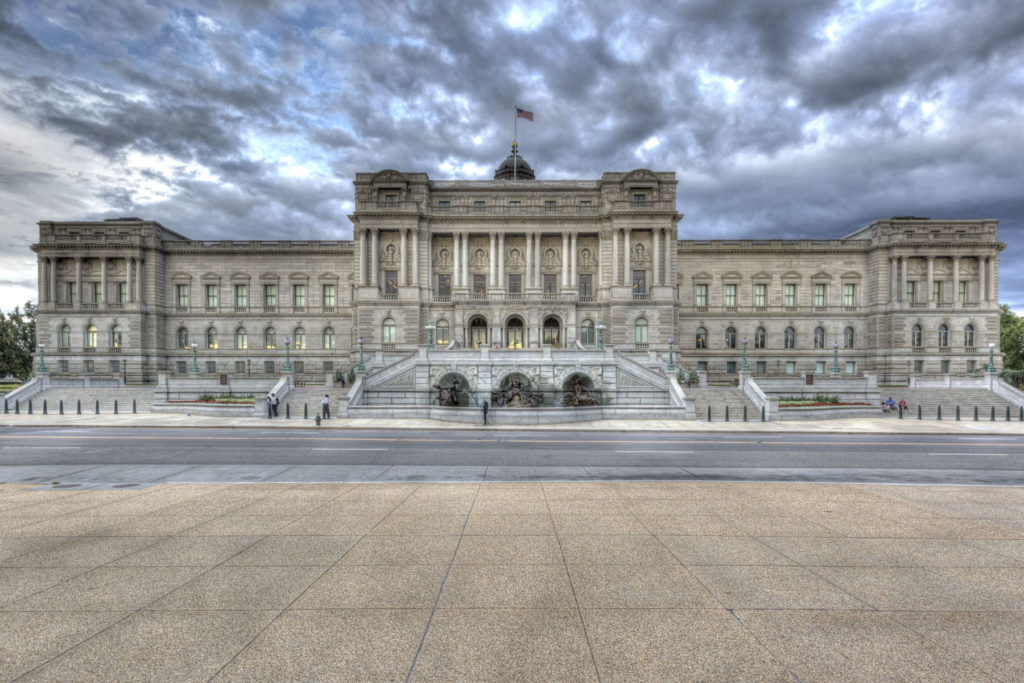
Top 15 Washington D.C. Landmarks
15. National Mall & Memorial Parks
We’re on to our Top 15 Washington D.C. landmarks. At #15 is a place which has had more visitors than it’s possible to calculate. It’s the National Mall & Memorial Parks.
The National Mall & Memorial Parks encompasses some of the most iconic and historically significant landmarks and monuments in the United States.
The park is home to many of the city’s most famous attractions, including the Lincoln Memorial, the Washington Monument, the Jefferson Memorial, and the Martin Luther King Jr. Memorial, as well as many other monuments and memorials.
The park is also home to the Smithsonian Institution’s museums, which includes: the Smithsonian American Art Museum, the Smithsonian National Museum of American History, the Smithsonian National Museum of Natural History and many more.
The Smithsonian museums provide visitors with a wealth of information and exhibits on American history, art, and culture.

Many Iconic Landmarks
The National Mall is also home to many other iconic landmarks, such as the U.S. Capitol building, the White House, and the U.S. Botanic Garden.
The National Mall is a popular destination for visitors, and it offers a wide range of activities and events throughout the year, including concerts, festivals, and guided tours.
The National Mall & Memorial Parks is one of the most popular tourist destinations in Washington D.C. and it offers visitors the opportunity to learn about American history, culture, and art while enjoying the beautiful architecture and monuments. It’s a place that embodies the national identity of the United States and its rich history.
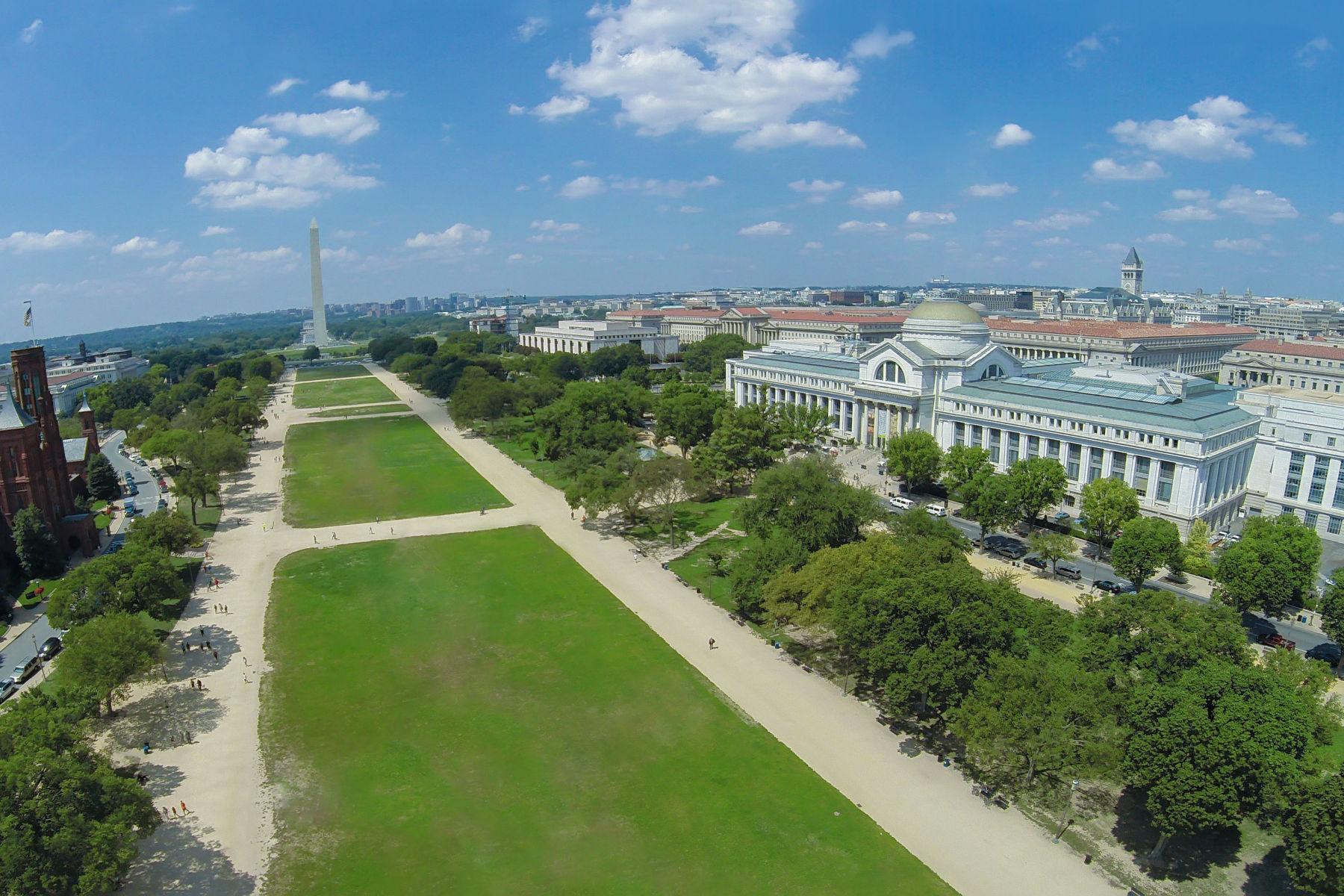
14. Smithsonian National Museum of Natural History
Our next Washington D.C. landmark is another museum. This one holds more than 146 million objects and specimens, making it the largest natural history collection in the world.
At #14 on our list of the Best Washington D.C. Landmarks is the Smithsonian National Museum of Natural History.
This amazing museum is dedicated to the study of the natural world. It was established in 1910 and is one of the most visited museums in the world, attracting millions of visitors each year.
The history of the museum dates back to the mid-19th century, when several scientific organizations began collecting specimens of plants, animals, and minerals.
In 1858, the United States Exploring Expedition, a government-funded scientific expedition, returned with a large collection of specimens from around the world, including many that had never been seen before.
In 1879, the Smithsonian Institution established the United States National Museum, which would later become the Smithsonian National Museum of Natural History. The museum’s collections grew rapidly over the years, with specimens being collected from around the world.
In 1910, the current building that houses the museum was completed, and the museum opened to the public. The museum’s collections continued to grow over the years, and the museum became a center for scientific research and education.
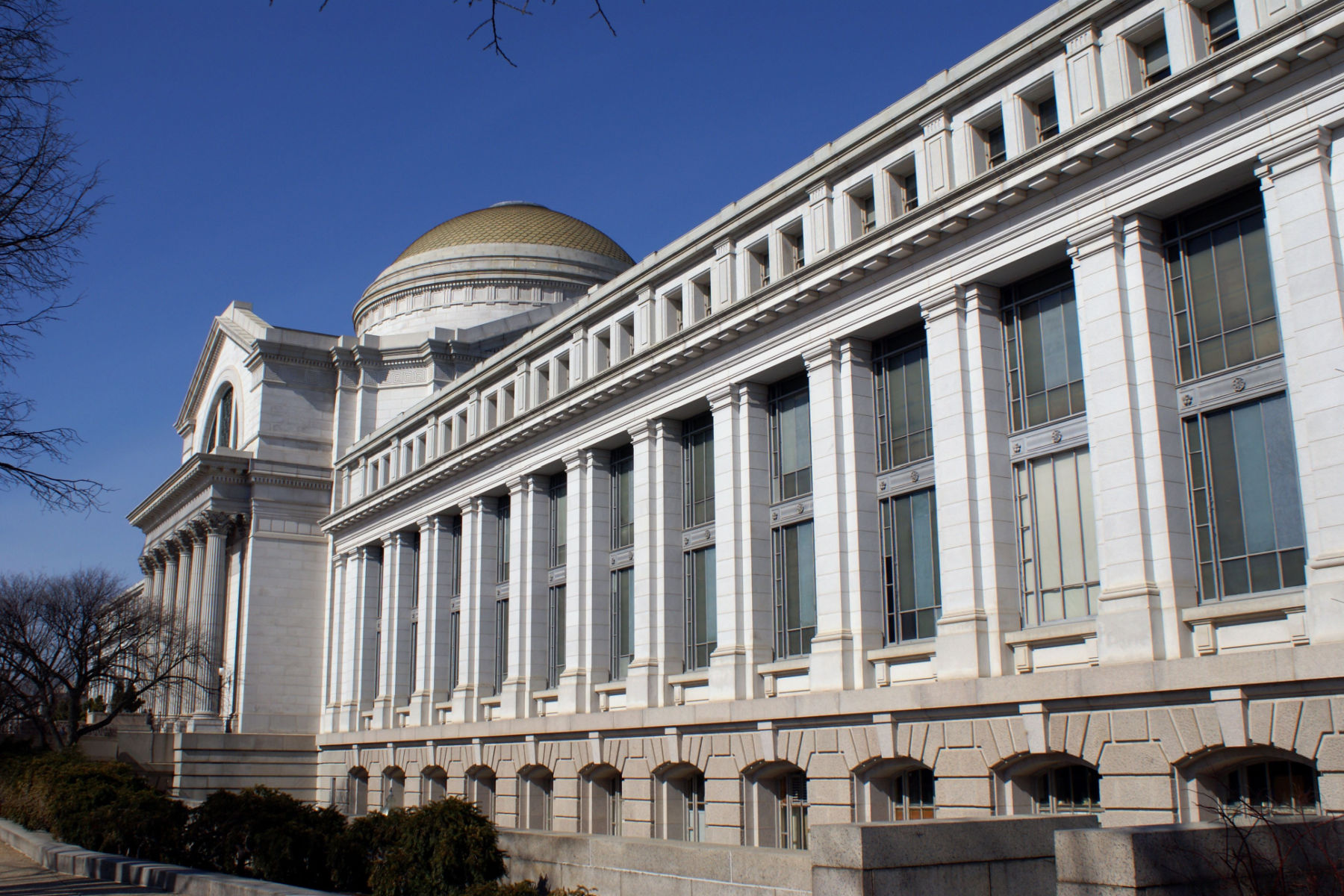
The Smithsonian Today
Today, the Smithsonian National Museum of Natural History is home to a vast collection of specimens and artifacts, including fossils, minerals, plants, and animals from around the world. The museum’s exhibits cover a wide range of topics, including human evolution, ocean life, insects, and the Earth’s history.
The museum also plays an important role in scientific research, with scientists studying the museum’s collections to learn more about the natural world.
The museum’s educational programs include lectures, workshops, and educational exhibits that help visitors of all ages learn more about science and the natural world.
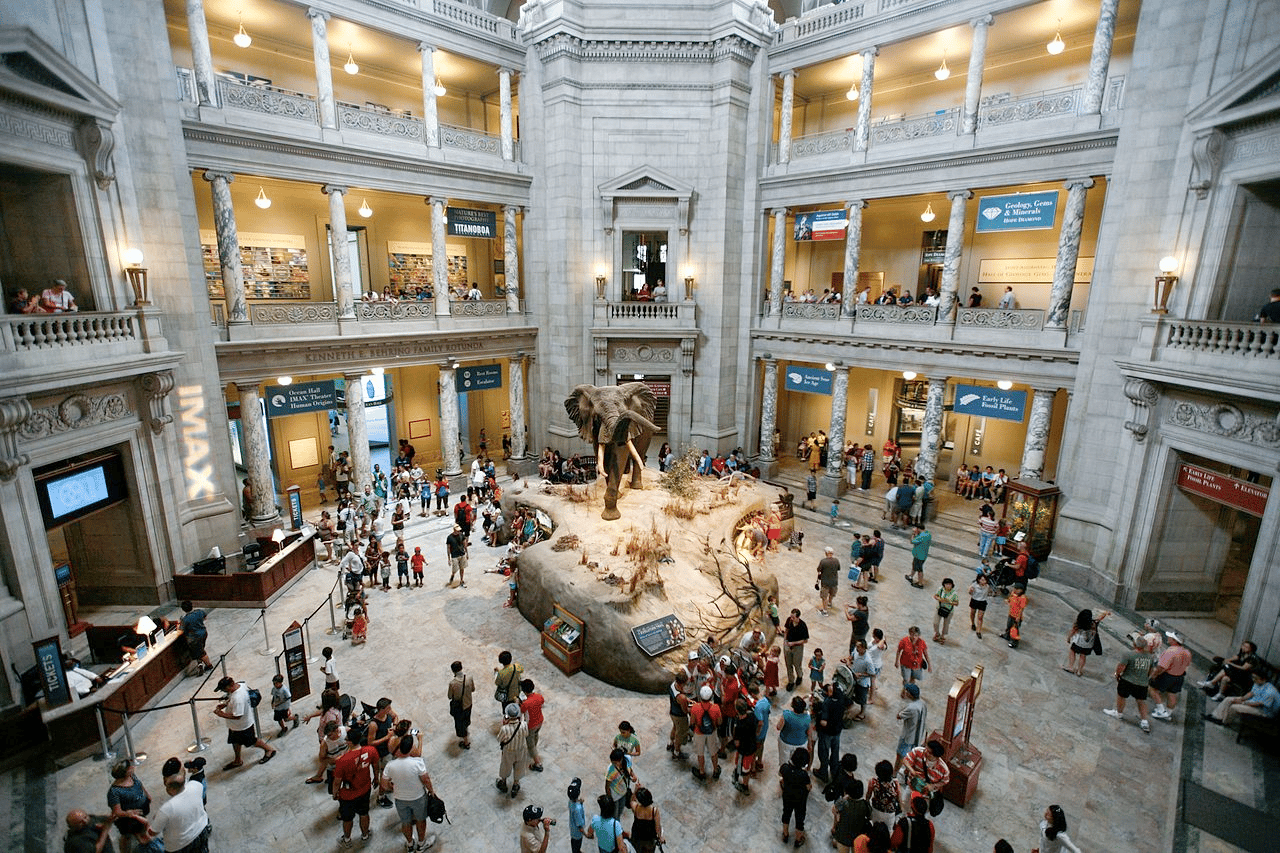
13. U.S. Capitol
Our next Washington D.C. landmark is one of the most widely recognized buildings in the world. It is a symbol of the American people and their government, the meeting place of the nation’s legislature, an art and history museum, and a tourist attraction visited by millions every year.
At #13 on our list of the Best Washington D.C. Landmarks is the U.S. Capitol.
The idea for a permanent home for Congress was proposed in 1790 by George Washington, who envisioned a grand building that would be a symbol of the young nation’s strength and democracy. The site for the Capitol was selected in 1791, and construction began in 1793.
The original Capitol building was designed by architect William Thornton and featured a neoclassical style with a central rotunda and two wings. It was completed in 1800, and Congress moved in later that year.

The Capitol Has Gone Through Numerous Renovations & Expansions
Over the years, the Capitol has undergone numerous renovations and expansions. In 1814, during the War of 1812, British troops set fire to the Capitol, destroying much of the building. It was rebuilt and expanded in the following decades, with new wings added in the 1850s.
During the Civil War, the Capitol served as a symbol of the Union’s strength, and President Abraham Lincoln lay in state in the rotunda after his assassination in 1865.
In the late 19th and early 20th centuries, the Capitol underwent a series of major renovations and expansions, including the addition of the famous dome, which was completed in 1863. The dome was later restored and reinforced in the early 21st century.
Today, the U.S. Capitol complex includes several buildings in addition to the original Capitol building, including the House and Senate office buildings, the Library of Congress, and the Supreme Court. The Capitol remains the center of the legislative branch and an enduring symbol of American democracy.
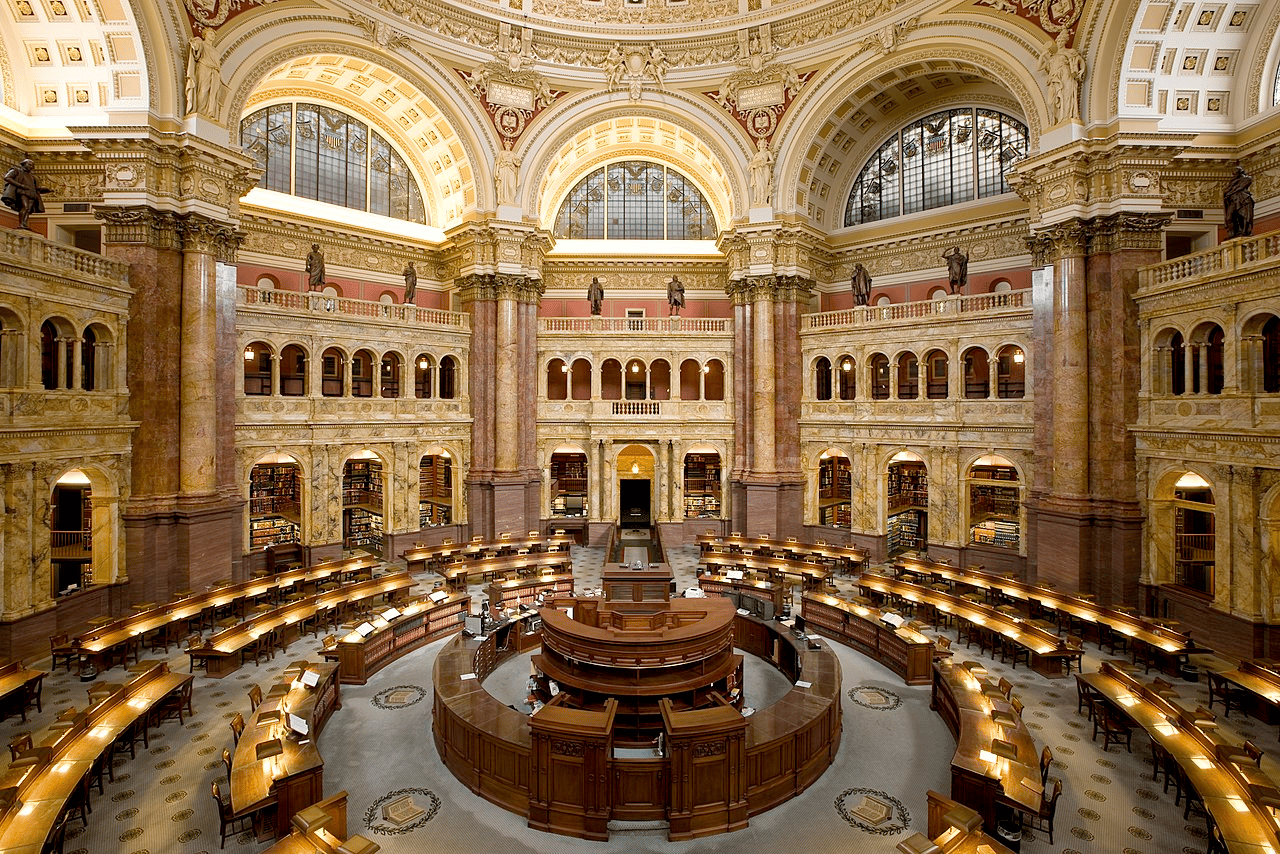
12. National Portrait Gallery
Our next Washington D.C. landmark houses the nation’s only complete collection of presidential portraits outside the White House and a whole lot more. At #12 on our list of the Best Washington D.C. Landmarks is the National Portrait Gallery.
The National Portrait Gallery is part of the Smithsonian Institution. It is dedicated to showcasing portraits of notable Americans who have made significant contributions to the country’s history and culture.
Here is a brief history of the National Portrait Gallery:
- The museum was founded in 1962 by an Act of Congress and opened to the public in 1968.
- The museum’s original building was a historic Greek Revival-style building that had served as the Patent Office from 1836 to 1867. The building was restored and renovated to house the museum’s collections.
- The National Portrait Gallery’s collections include portraits of famous Americans from all walks of life, including politicians, artists, writers, musicians, athletes, and more.
- In addition to traditional portraits, the museum also features other types of portraiture, such as photographs, sculptures, and mixed media works.
- The museum has undergone several expansions and renovations over the years, including the addition of a new wing in 2006.
- One of the museum’s most popular attractions is the “America’s Presidents” exhibit, which features portraits of all 44 U.S. presidents, as well as artifacts and other materials related to each president’s life and legacy.
- The National Portrait Gallery is committed to showcasing the diversity of the American experience and features portraits of individuals from a variety of backgrounds and cultures.

Things To Do At The National Portrait Gallery
There are many things to see and do at the National Portrait Gallery in Washington, D.C. Here are some suggestions:
- Explore the Collections: The National Portrait Gallery has a vast collection of portraits that span the history of the United States. You can see portraits of famous figures such as presidents, artists, and athletes, as well as lesser-known individuals who have made significant contributions to American history and culture.
- Visit the “America’s Presidents” Exhibit: This exhibit features portraits of all 44 U.S. presidents, along with other artifacts and materials related to their lives and legacies.
- Attend an Event: The National Portrait Gallery hosts a variety of events throughout the year, including lectures, concerts, and film screenings. Check the museum’s calendar to see what’s coming up.
- Take a Guided Tour: The museum offers a variety of guided tours, including general tours, highlights tours, and themed tours. You can also download a self-guided tour from the museum’s website.
- Check Out the Special Exhibitions: The museum hosts special exhibitions throughout the year that focus on specific themes or artists. These exhibits are often highly interactive and engaging.
- Visit the Portrait Discovery Kits: These kits are designed for families with children and include hands-on activities, games, and stories related to the museum’s collections.
- Grab a Bite to Eat: The museum has a café that serves sandwiches, salads, and other light fare. There’s also a coffee bar if you need a pick-me-up.
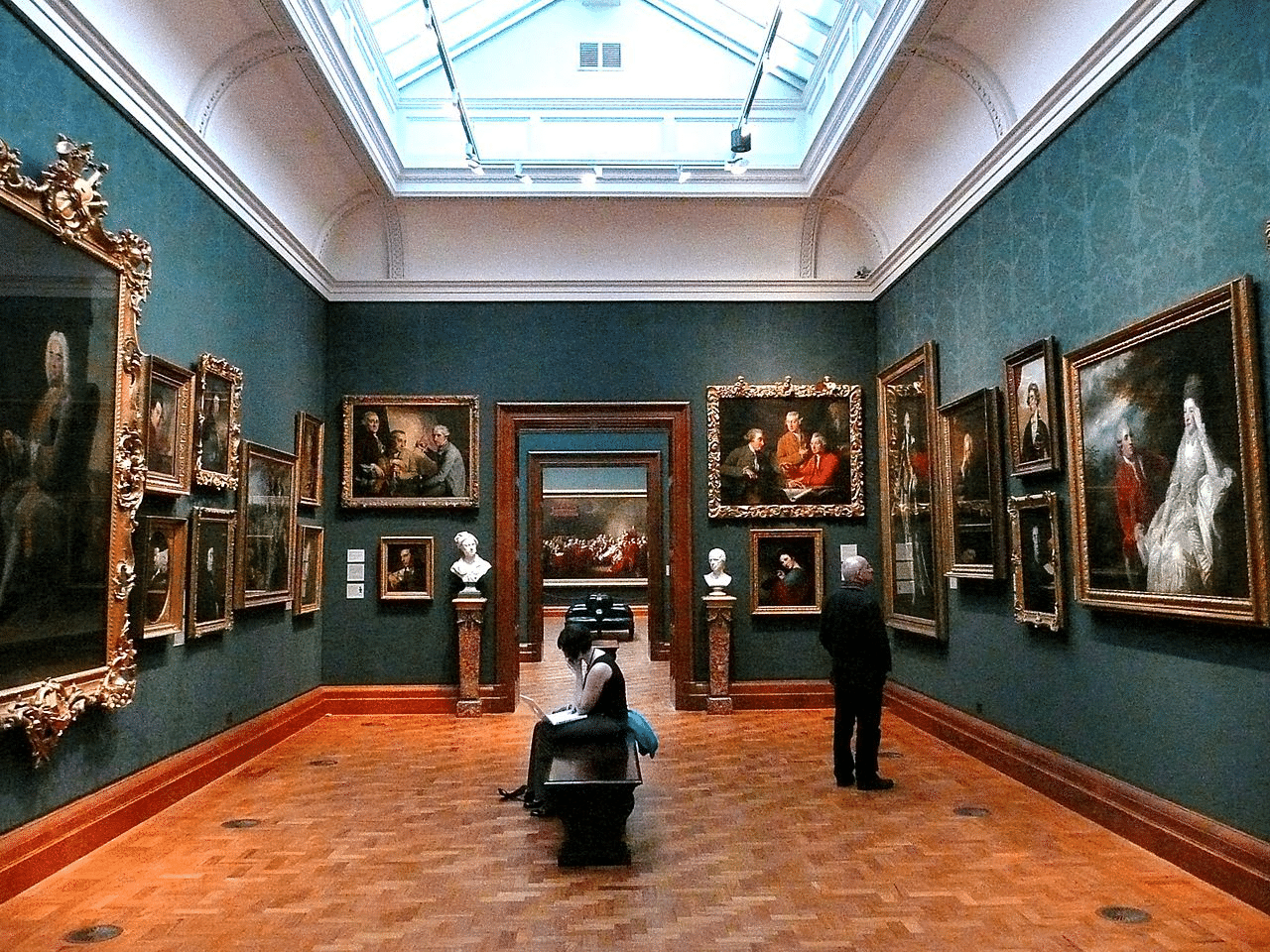
nside the National Portrait Gallery | Courtesy of Wikimedia Commons
11. Theodore Roosevelt Island
Our next Washington D.C. landmark honors one of America’s most celebrated presidents. At #11 on our list of the Best Washington D.C. Landmarks is Theodore Roosevelt Island.
It’s a 88.5-acre island located in the Potomac River in Washington D.C., United States. The island is a national memorial dedicated to the 26th president of the United States, Theodore Roosevelt.
The island is located within the Potomac River and can be accessed by a footbridge that connects it to the Virginia shore. It’s a popular destination for hikers, bird watchers, and visitors interested in learning about Theodore Roosevelt and the natural history of the Potomac River.
It features a 17-foot bronze statue of Theodore Roosevelt at the center of a stone plaza, which serves as the focal point of the island. The island also features a variety of hiking trails that wind through the dense woods and wetlands, providing visitors with an opportunity to experience the natural beauty of the island.
There’s also an array of wildlife like deer, foxes and many species of birds, and a visitor center that provides information about the island’s history and ecology.
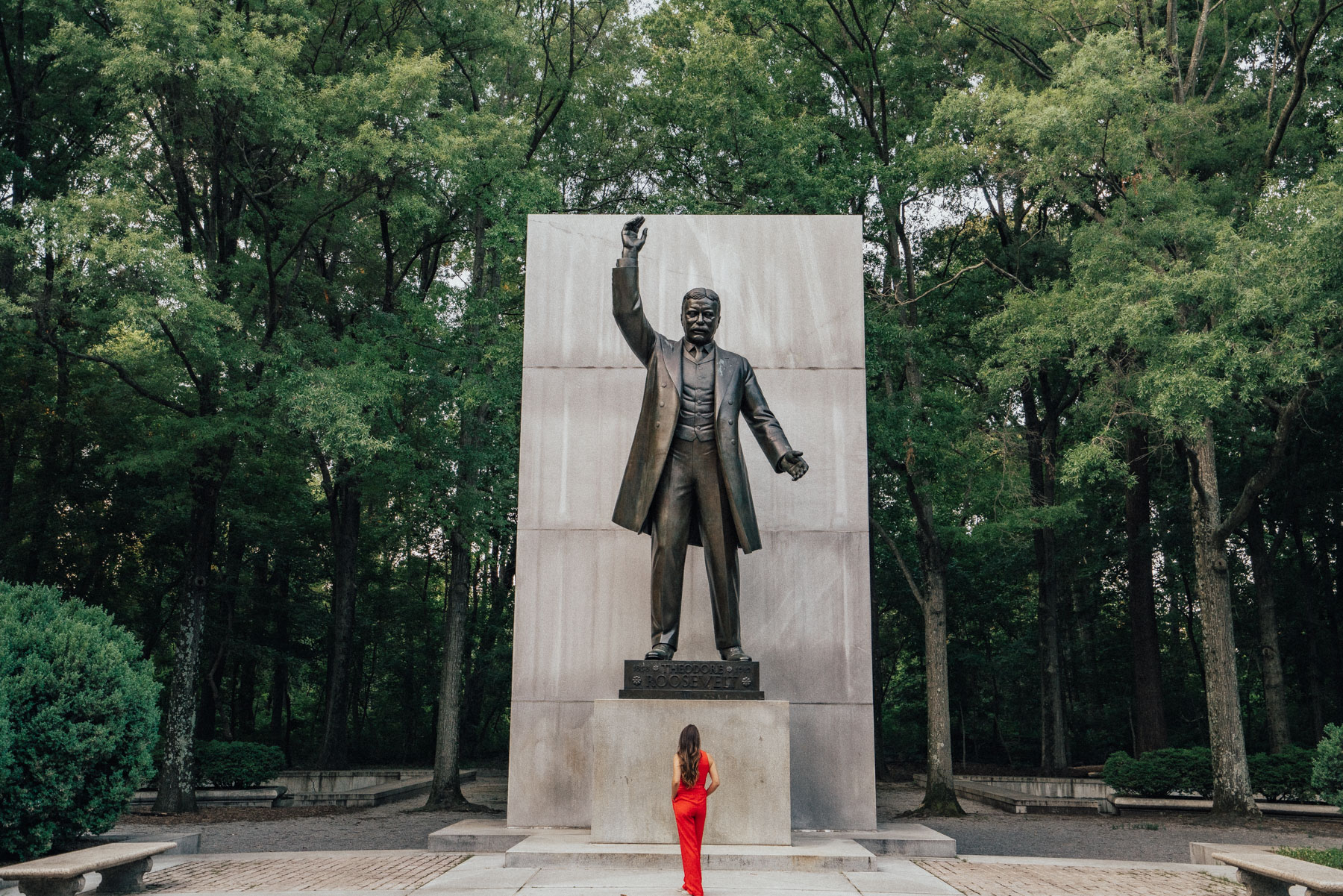
Top 10 Washington D.C. Landmarks
10. National Museum of African American History and Culture
We’re on to our Top 10 Washington D.C. landmarks. At #10 is an incredible museum. It’s a 400,000-square-foot museum with approximately 3,500 artifacts on display that share truths about America’s past and tell stories about 400 years of black life in America.
This new museum allows Americans to walk the path from slavery to civil rights to today’s Black Lives Matter movement. Welcome to the National Museum of African American History and Culture.
The National Museum of African American History and Culture (NMAAHC) is a Smithsonian Institution museum that is dedicated to exploring and showcasing the history and culture of African Americans.

A Short History Of The Museum
Here is a brief history of the museum:
- The idea for the museum originated in 1915, when African American veterans of the Civil War proposed the creation of a national museum to honor their contributions to the country.
- Several attempts were made over the years to establish a museum, but it wasn’t until 2003 that Congress passed legislation authorizing the creation of the NMAAHC.
- A site on the National Mall was chosen for the museum, and a groundbreaking ceremony was held in 2012.
- The museum officially opened to the public on September 24, 2016, with President Barack Obama presiding over the dedication ceremony.
- The museum’s collections include over 37,000 objects, including artifacts, documents, and photographs, that span the entire history of African Americans in the United States.
- The museum’s exhibits are organized around several themes, including slavery and freedom, segregation and civil rights, and cultural expressions.
- Some of the museum’s most notable artifacts include a slave cabin from Edisto Island, South Carolina, a dress worn by Rosa Parks, and a segregated railway car from the 1920s.
- The NMAAHC has quickly become one of the most popular museums in Washington, D.C., with over 2.4 million visitors in its first year of operation.

9. Franklin Delano Roosevelt Memorial
Our next Washington D.C. landmark honors the memory of one of America’s great leaders and the optimism and courage that he shared with his fellow citizens through the ordeals of the Great Depression and World War II.
At #9 on our list of the Best Washington D.C. Landmarks is the Franklin Delano Roosevelt Memorial.
This memorial is located on the western shore of the Tidal Basin, near the National Mall, and covers 7.5 acres. It was dedicated in 1997, by President Bill Clinton, and is the first presidential memorial to depict more than one term of office.
The memorial is made up of four outdoor rooms, one for each of FDR’s four terms in office, and each room is designed to represent the time period of that particular term.
The first room represents the Great Depression, with statues of the president seated, and a sculpture of a breadline.
The second room represents the New Deal, with statues of the president and first lady Eleanor Roosevelt, and sculptures of rural and urban workers.
The third room represents World War II, with statues of the president and a map of the war. The fourth room represents the post-war era, with statues of the president and a sculpture of the United Nations.
The memorial also features a waterfall, a pond, and a series of inscriptions of some of President Roosevelt’s famous quotes. The memorial is a popular tourist destination and it’s open to the public 24 hours a day, seven days a week.
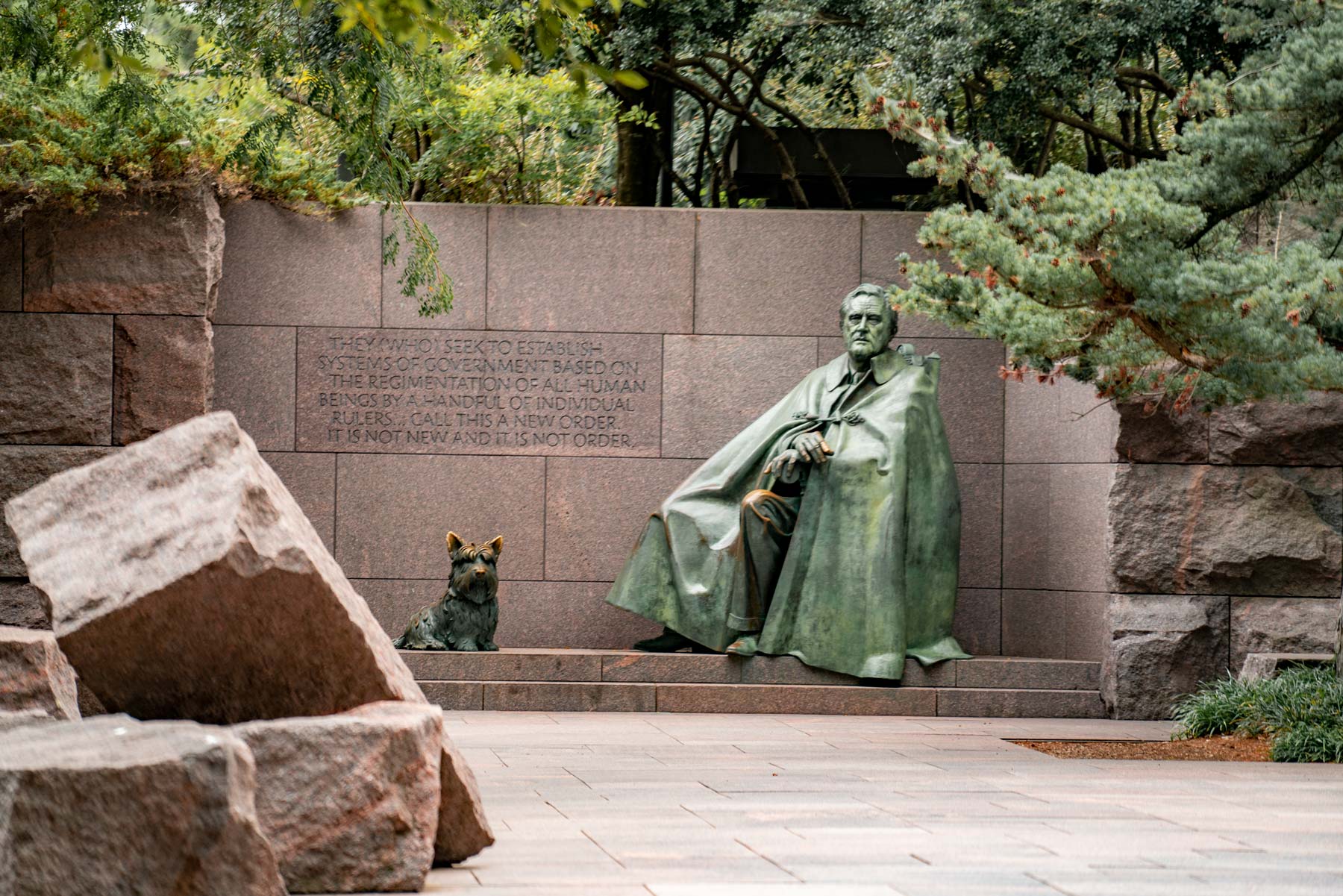
8. World War II Memorial
Our next Washington D.C. landmark honors the 16 million who served in the armed forces of the U.S., the more than 400,000 who died, and all who supported the war effort from home. Symbolic of the defining event of the 20th Century, the memorial is a monument to the spirit, sacrifice, and commitment of the American people.
At # 8 on our list of the Best Washington D.C. Landmarks is the World War Two Memorial.
The idea for the memorial was first proposed in 1987 by a World War II veteran named Roger Durbin, who wanted to honor his fellow veterans who fought and died in the war.
The project gained momentum in the 1990s when legislation was introduced in Congress to establish a commission to study the feasibility of constructing a World War II Memorial in the nation’s capital.
In 1993, President Bill Clinton signed the legislation into law, and the American Battle Monuments Commission was tasked with overseeing the memorial’s design and construction.
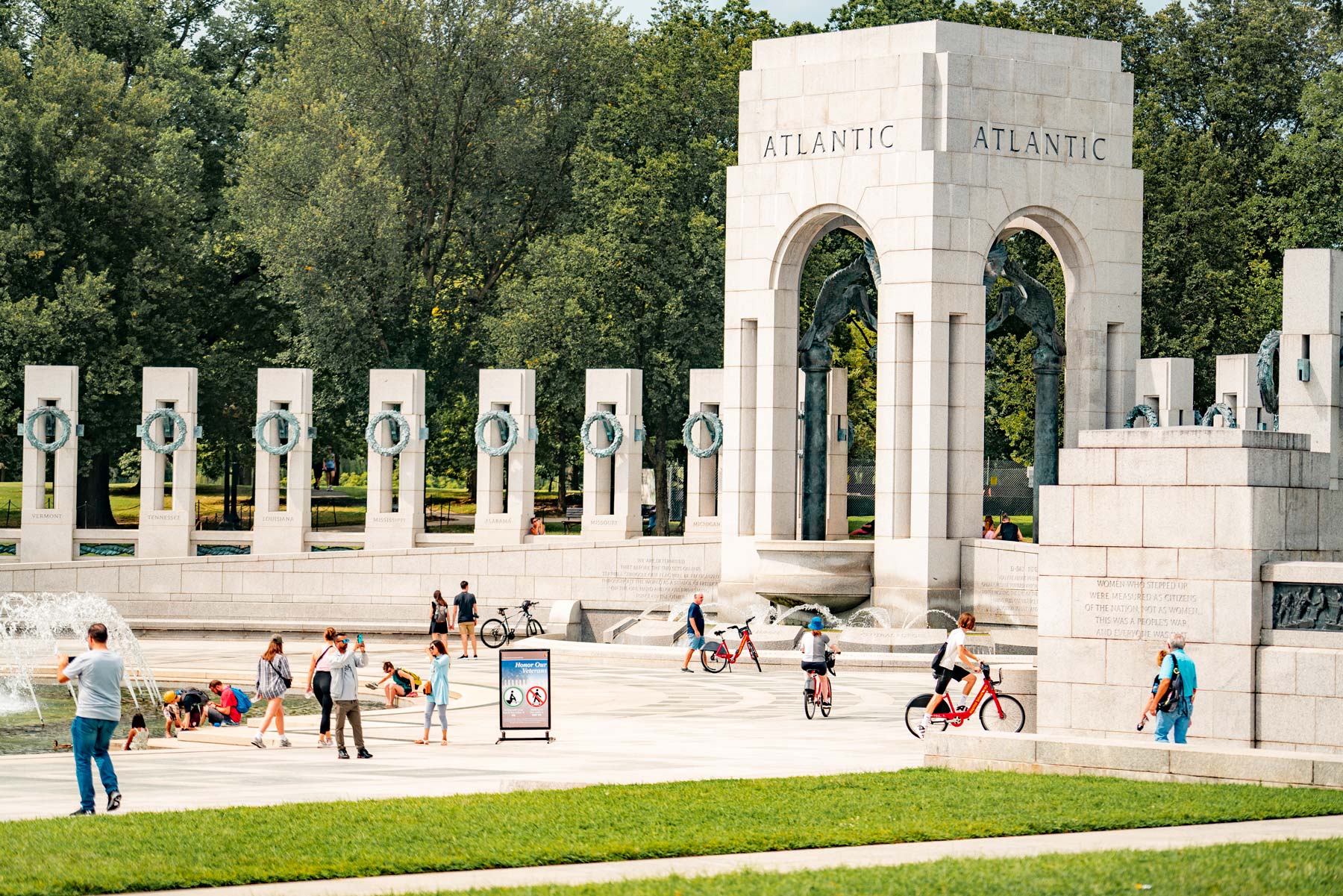
Designing The Memorial
The design process for the memorial was led by architect Friedrich St. Florian, who won a nationwide design competition in 1997. The design features two large arches, representing the Atlantic and Pacific theaters of war, surrounding a large pool and fountain.
The memorial also includes 56 granite pillars, representing the 48 states and eight U.S. territories that were part of the war effort, and two large bronze sculptures representing the Allied Forces.
Construction of the memorial began in September 2001, but was briefly delayed following the terrorist attacks of September 11th. The memorial was finally completed in April 2004, and was dedicated by President George W. Bush on April 29th of that year.
Since its opening, the World War II Memorial has become one of the most popular attractions in Washington D.C., with millions of visitors from around the world coming to pay their respects to the men and women who served in the war.
The memorial has also become an important site for veterans’ organizations and military reunions, as well as a place for reflection and remembrance.
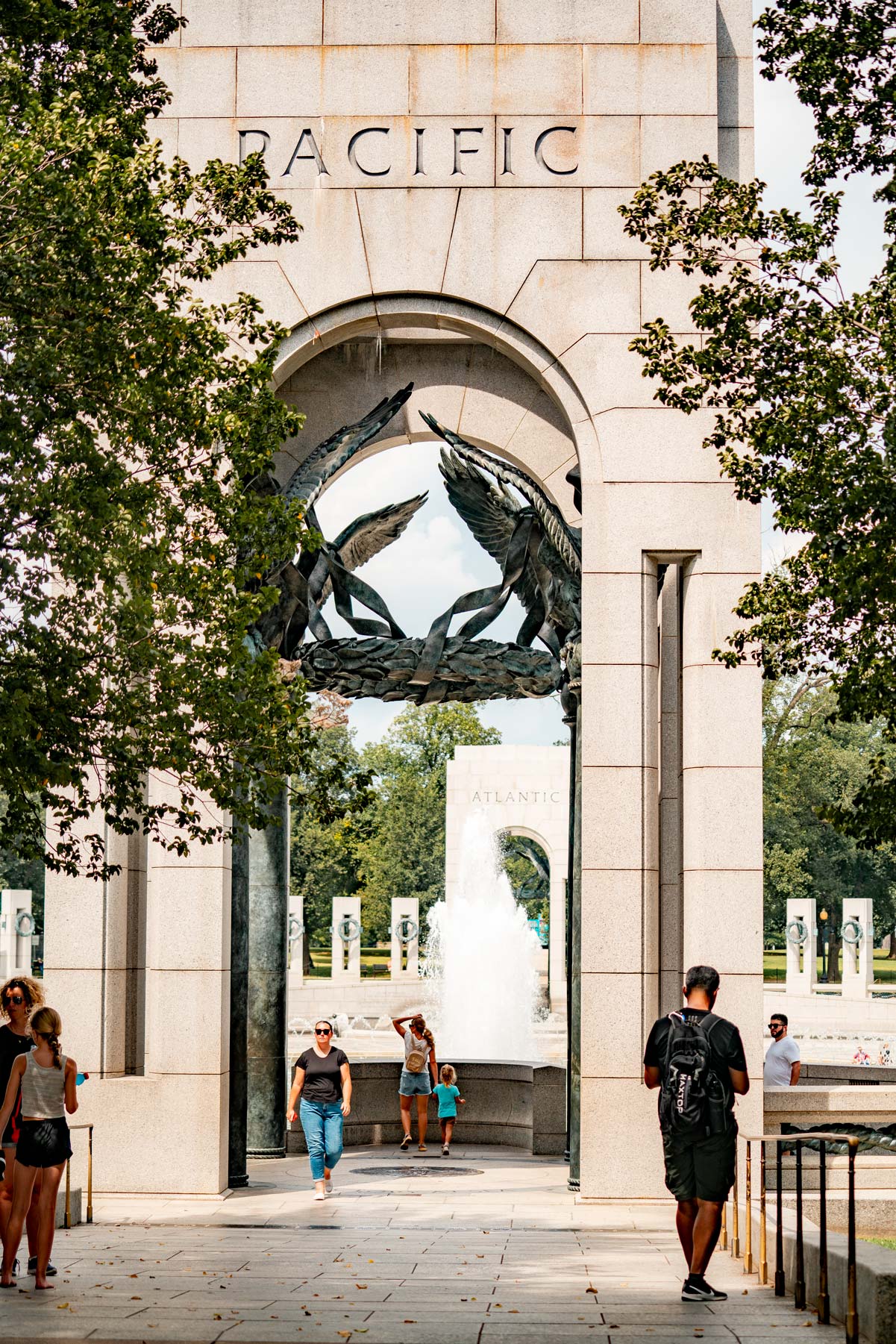
7. Arlington National Cemetery
Our next Washington D.C. landmark marks the final resting place for more than 14,000 veterans, including those who fought in the Civil War. At #7 on our list of the Best Washington D.C. Landmarks is Arlington National Cemetery.
Arlington National Cemetery is a United States military cemetery located in Arlington, Virginia, just across the Potomac River from Washington, D.C. Here is a brief history of the cemetery:
- The land that would become Arlington National Cemetery was originally owned by George Washington Parke Custis, the step-grandson of George Washington. Custis willed the land to his daughter, who married Robert E. Lee.
- When Virginia seceded from the Union in 1861, Lee resigned his commission in the United States Army and joined the Confederacy. The Union Army subsequently occupied the Arlington estate and began using it as a military camp and burial ground.
- The first military burial at Arlington took place on May 13, 1864, when Private William Christman of the 67th Pennsylvania Infantry was interred there.
- In 1864, the U.S. government purchased the Arlington estate from the Lee family for $26,800. The cemetery was formally established that year.
- Over the years, Arlington National Cemetery has become the final resting place for hundreds of thousands of military personnel, including veterans of every American war from the American Revolution to the present day.
- The cemetery is also home to several notable monuments and memorials, including: the Tomb of the Unknown Soldier, the Space Shuttle Challenger Memorial, and the Robert F. Kennedy gravesite.
- The cemetery has been expanded several times over the years to accommodate the growing number of burials. Today, the cemetery covers over 600 acres and is the final resting place for over 400,000 individuals.
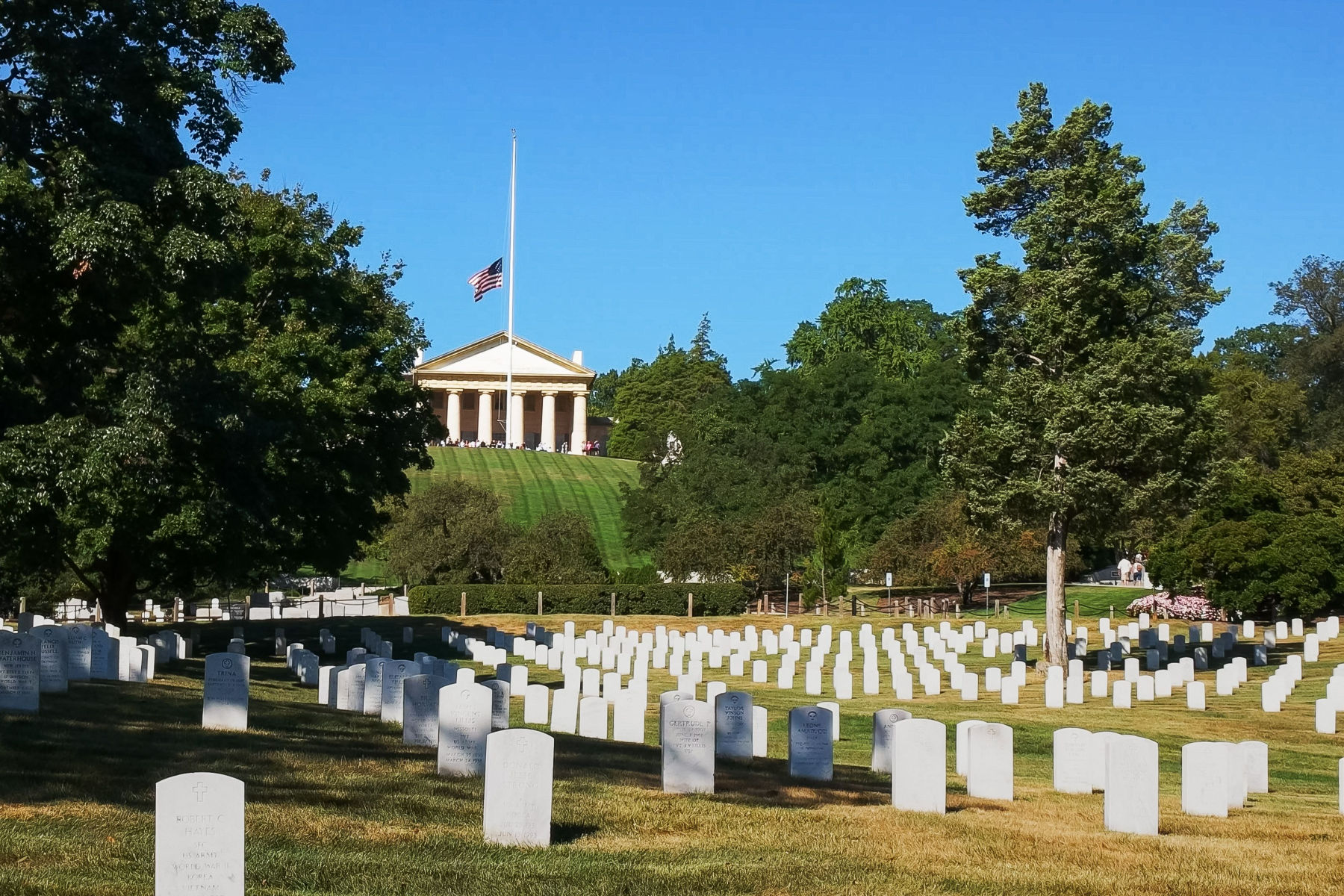
Things To Do At Arlington National Cemetery
Arlington National Cemetery is a solemn and reflective place, offering visitors the opportunity to pay their respects to the men and women who have served in the United States military. Here are some things to do when visiting the cemetery:
- Visit the Tomb of the Unknown Soldier: The Tomb of the Unknown Soldier is a powerful memorial to the unidentified American soldiers who have lost their lives in service to their country. Visitors can watch the Changing of the Guard ceremony, which takes place every hour on the hour from October through March, and every half hour from April through September.
- Explore the memorials and monuments: Arlington National Cemetery is home to several notable memorials and monuments, including the Women in Military Service for America Memorial, the Space Shuttle Challenger Memorial, and the Robert F. Kennedy gravesite.
- Attend a wreath-laying ceremony: Visitors can witness wreath-laying ceremonies at various locations throughout the cemetery, including the Tomb of the Unknown Soldier and the Memorial Amphitheater.
- Take a guided tour: Arlington National Cemetery offers several guided tours that provide insight into the history and significance of the cemetery. These tours are led by knowledgeable guides and offer a unique perspective on the cemetery’s many landmarks and memorials.
- Visit the graves of notable figures: Arlington National Cemetery is the final resting place for several notable figures, including President John F. Kennedy and his family, Supreme Court Justice Thurgood Marshall, and Audie Murphy, the most decorated American soldier of World War II.
- Reflect and pay respects: Finally, visitors to Arlington National Cemetery should take the time to reflect on the sacrifices made by the men and women who have served in the United States military. It is a solemn and hallowed place, and visitors should treat it with the utmost respect and reverence.
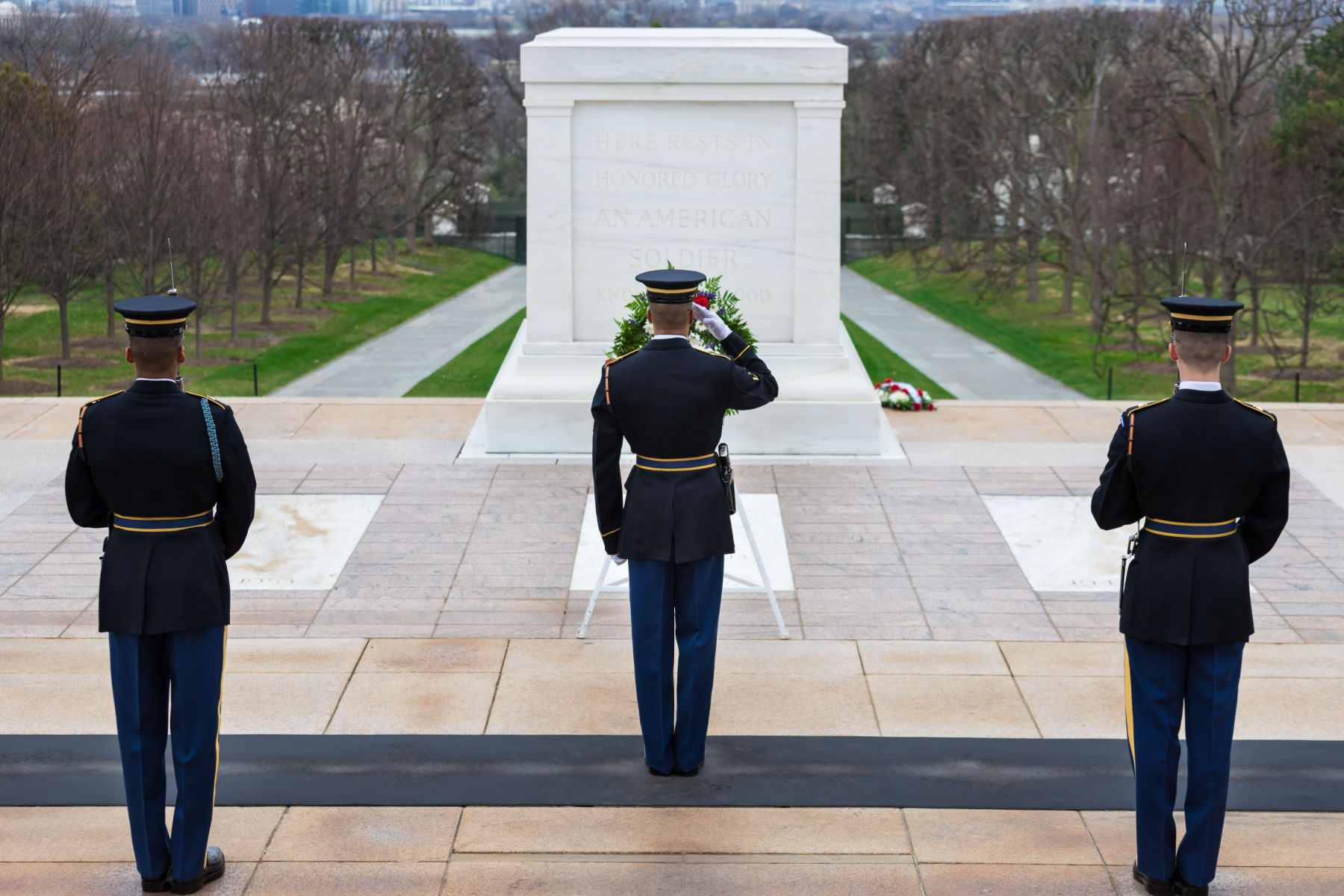
6. Washington Monument
Built in the shape of an Egyptian obelisk, evoking the timelessness of ancient civilizations, our next Washington D.C. landmark embodies the awe, respect, and gratitude the nation felt for its most essential Founding Father.
At #6 on our list of the Best Washington Landmarks is the Washington Monument.
The idea for the monument was first proposed in 1783 by the Continental Congress, shortly after Washington’s death, but it wasn’t until 1833 that construction began.
The design for the monument was created by architect Robert Mills, who envisioned a massive obelisk that would stand 555 feet tall, making it the tallest structure in the world at the time. The construction of the monument was funded by private donations, and the cornerstone was laid on July 4, 1848.
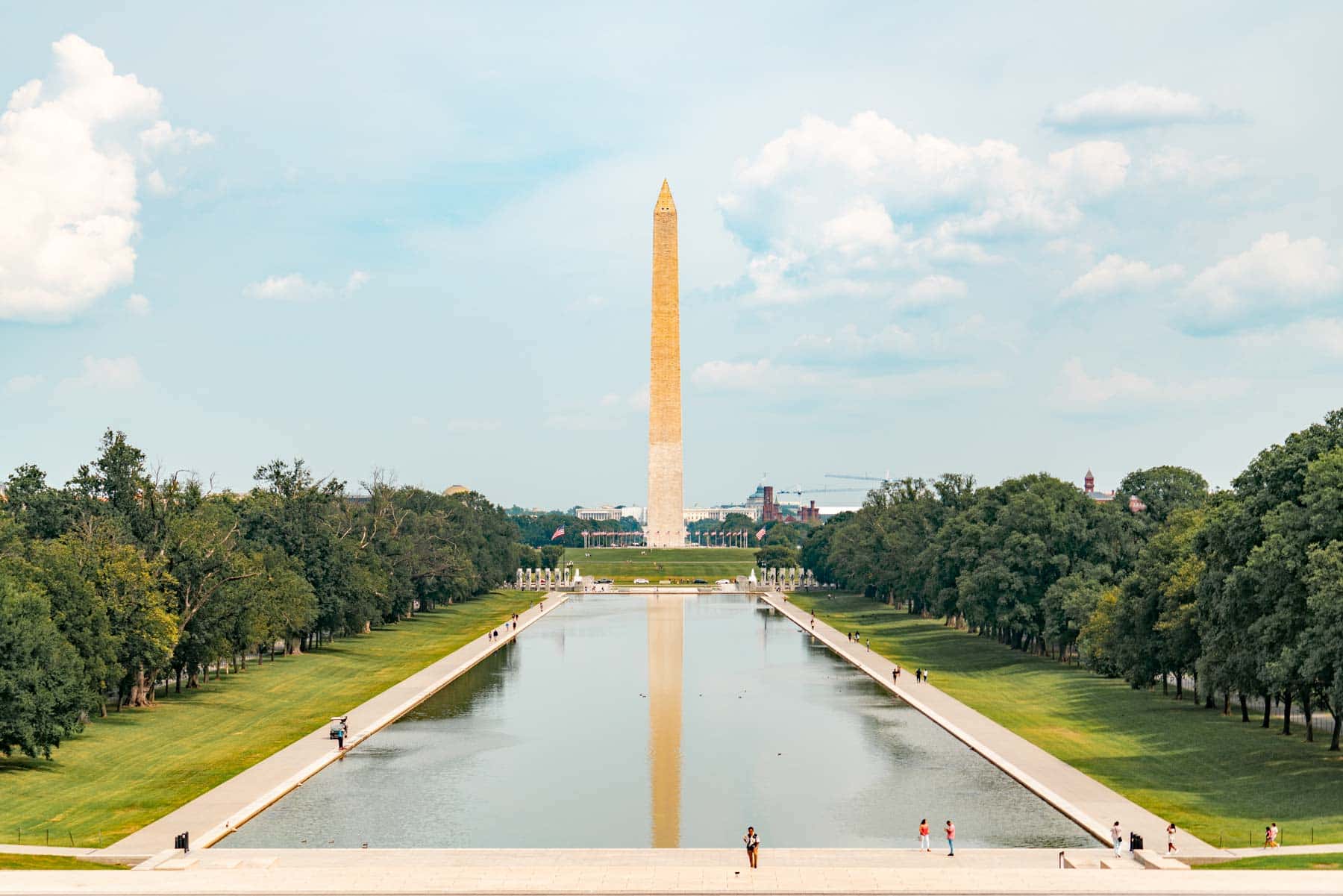
Construction Was Plagued By Numerous Setbacks & Delays
However, construction of the monument was plagued by numerous setbacks and delays, including the lack of funds, political disagreements, and the outbreak of the Civil War. Construction was finally completed in 1884, nearly 36 years after it began.
The Washington Monument is made of marble, granite, and sandstone, and features an elevator that takes visitors to an observation deck at the top of the monument, providing stunning views of the surrounding city.
The monument is also decorated with numerous inscriptions and plaques, including a dedication to George Washington, and a quote from the Bible: “Holiness to the Lord.”
Over the years, the Washington Monument has undergone several renovations and repairs, including the replacement of the original marble capstone in 1934 and the installation of an earthquake-resistant foundation in 2014.
Today, the Washington Monument remains one of the most popular tourist attractions in Washington D.C., and a powerful symbol of American democracy and leadership.
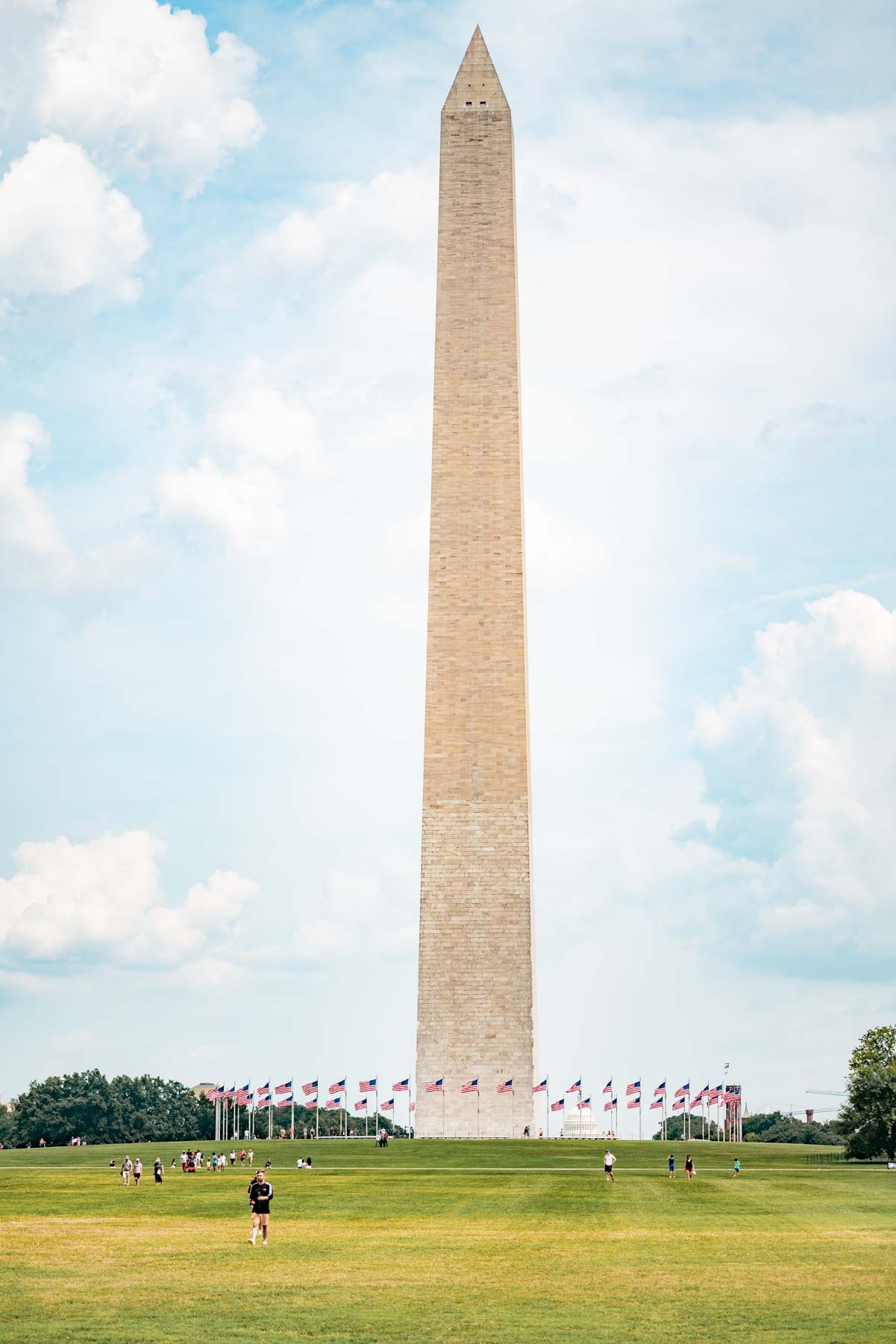
The Top 5 Washington Landmarks
5. President’s Park (The White House)
We’re on to the Top 5 Washington D.C. landmarks. Our next site is the only private residence of a head of state that is open to the public, free of charge. It has a unique and fascinating history.
This landmark a fire at the hands of the British in 1814 (during the war of 1812) and another fire in the West Wing in 1929, while Herbert Hoover was President.
At #5 on our list of the Best Washington D.C. Landmarks is President’s Park otherwise known as The White House.
The White House was designed by Irish-born architect James Hoban and was completed in 1800. The building was constructed using white-painted sandstone, which gave the building its distinctive appearance. President John Adams was the first president to live in the White House, although the building was not fully completed at the time.
Over the years, the White House has undergone several major renovations and expansions. In 1814, during the War of 1812, British troops burned the White House and much of Washington, D.C.
The building was rebuilt and expanded in the years following the war, with the addition of the East and West Wings and the construction of the famous Oval Office.
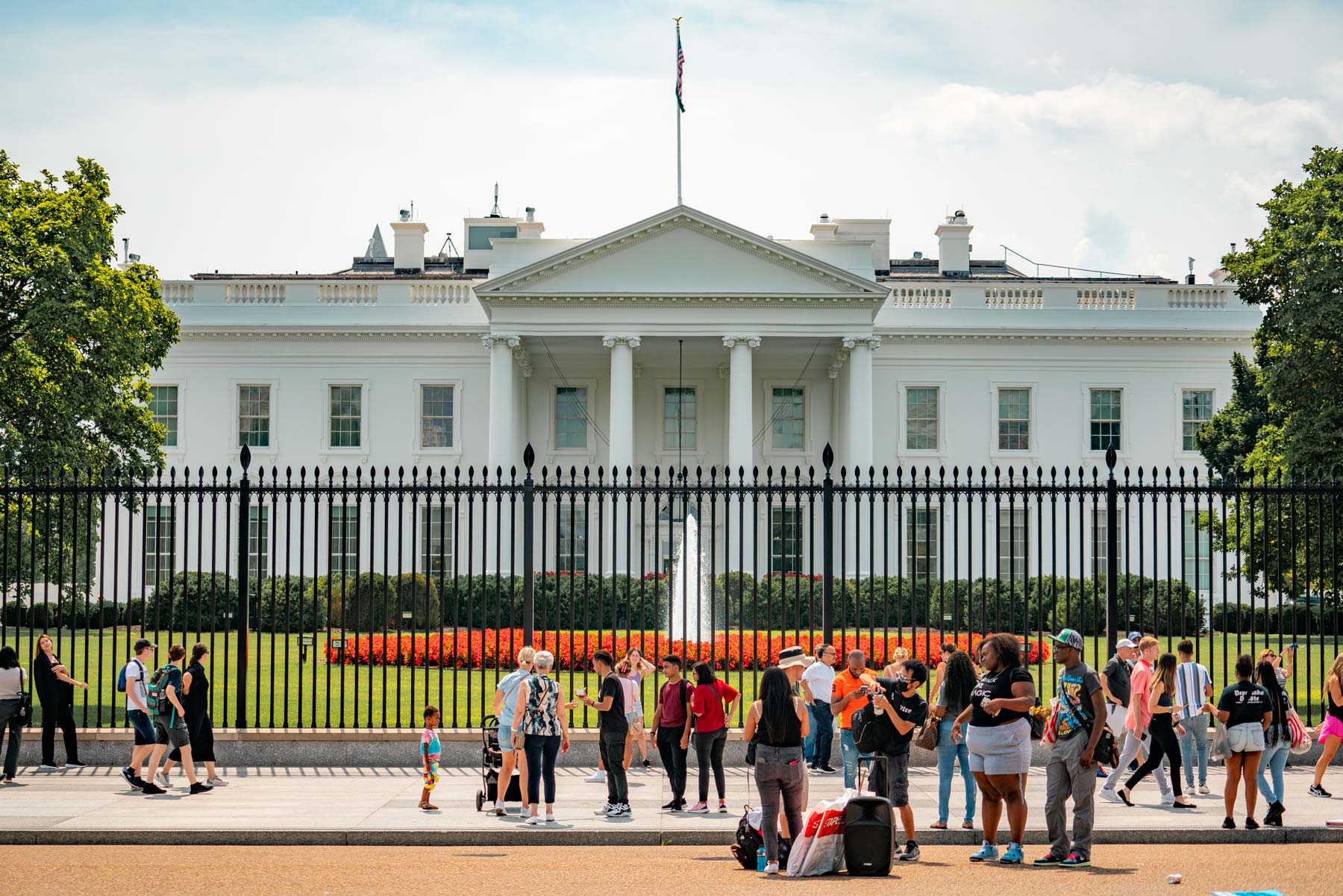
It’s Been The Site Of Many Historic Events
The White House has been the site of many historic events throughout American history. In 1865, President Abraham Lincoln was assassinated in the Ford’s Theater, located just a few blocks from the White House.
In addition to serving as the President’s residence, the White House also serves as a symbol of American democracy and power. The building is open to the public for tours, and visitors can see many of the building’s historic rooms and artifacts.
Today, the White House remains one of the most iconic buildings in the United States, and it continues to play an important role in American politics and history.
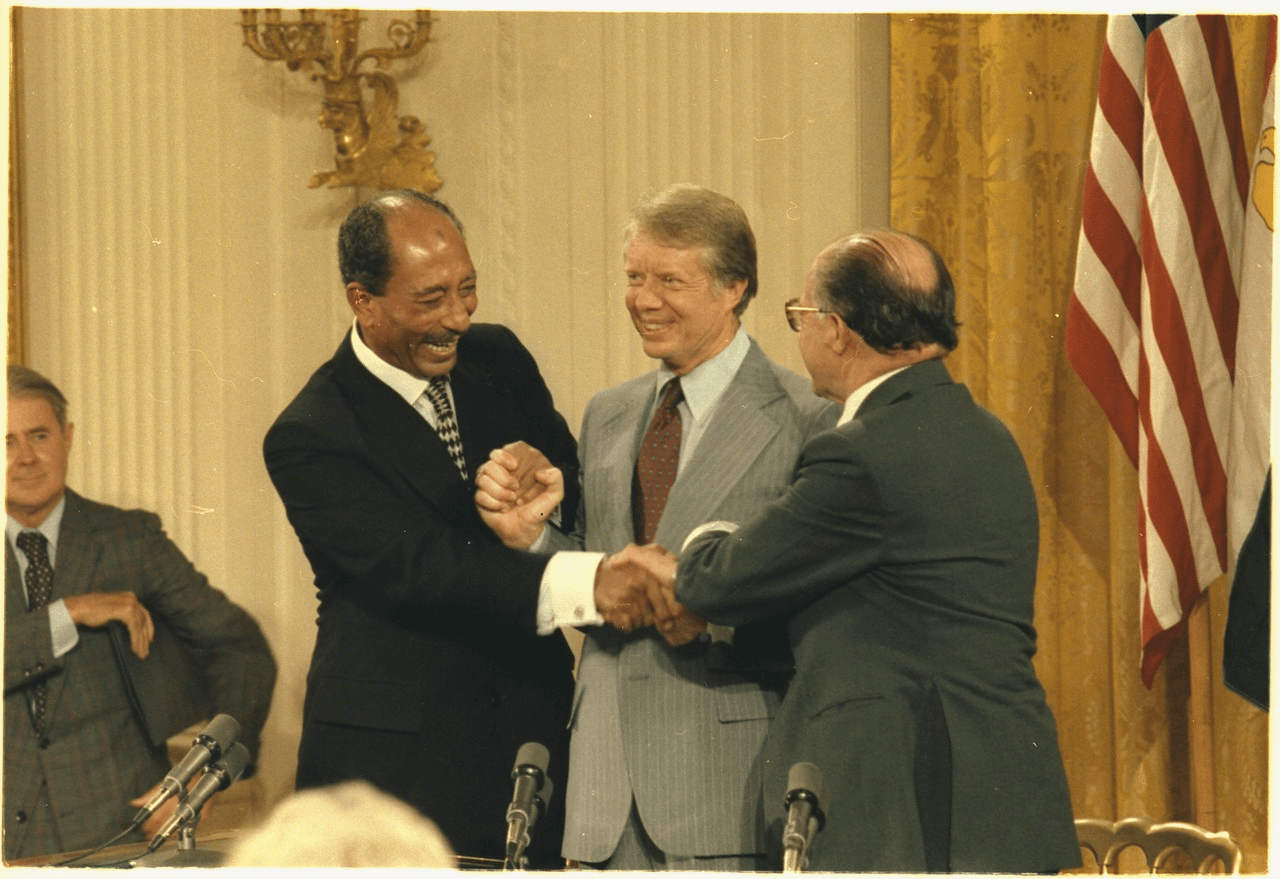
4. Thomas Jefferson Memorial
We’re on to the “Final Four.” At #4 is an iconic site which honors the life and legacy of America’s third President of the United States. It’s the Jefferson Memorial.
The Jefferson Memorial in Washington D.C. was built to honor one of the most influential Founding Fathers and third President of the United States, Thomas Jefferson. The idea for the memorial was first proposed in 1934, on the 200th anniversary of Jefferson’s birth, and construction began in 1939.
The design for the memorial was created by architect John Russell Pope, who was also responsible for the National Archives and the National Gallery of Art. The memorial features a large statue of Thomas Jefferson standing on a pedestal, surrounded by a circular colonnade of 26 Ionic columns.
The interior walls of the memorial are inscribed with excerpts from Jefferson’s writings, including: the Declaration of Independence, the Virginia Statute for Religious Freedom, and his letters to various correspondents.

The Construction Was Not Without Controversy
The construction of the Jefferson Memorial was not without controversy, as some critics felt that the design was too grandiose and out of scale with the surrounding landscape. Others objected to the choice of location, as the memorial was built on reclaimed land along the Potomac River that was once a site of a black community.
Despite these objections, the Jefferson Memorial was completed in 1943, and has since become one of the most popular tourist attractions in Washington D.C.
Today, the Jefferson Memorial stands as a powerful symbol of American democracy and the ideals of freedom and equality that Jefferson championed throughout his life. It’s a fitting tribute to one of America’s most revered Founding Fathers and a testament to the enduring legacy of his ideas and principles.
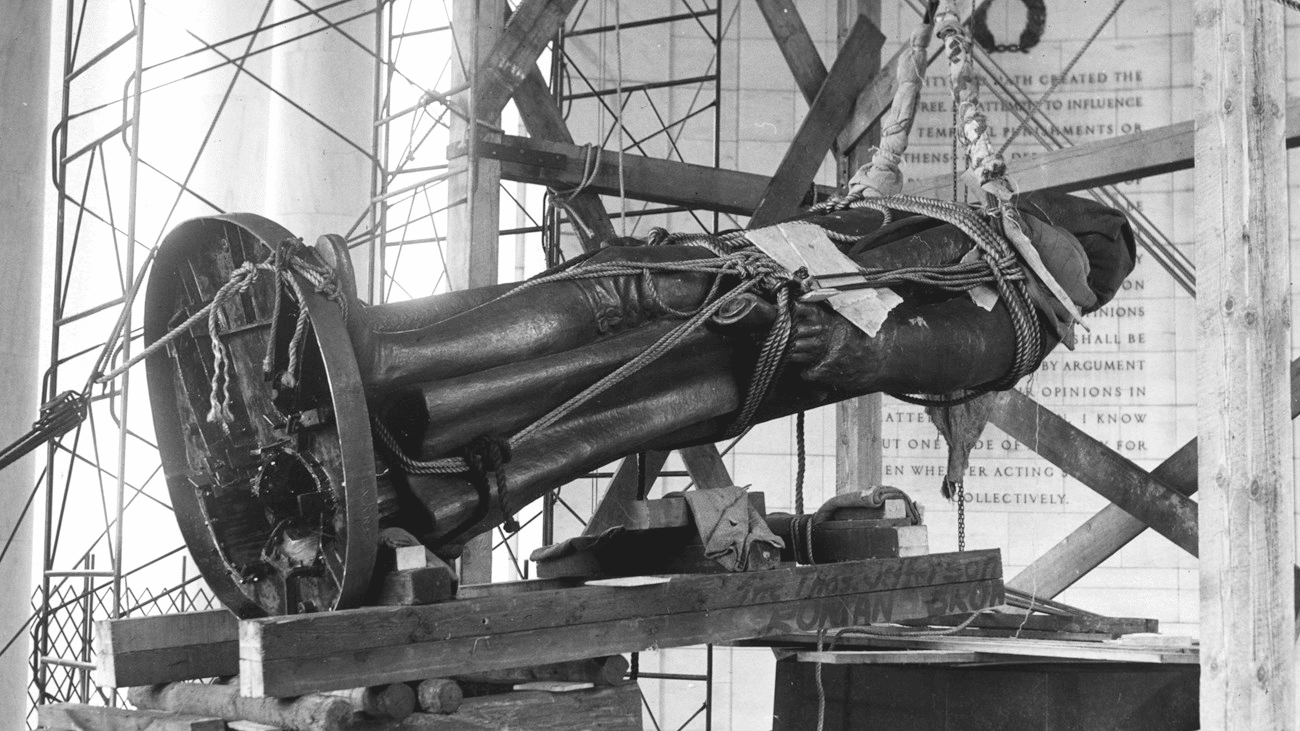
“We hold these truths to be self-evident, that all men are created equal, that they are endowed by their Creator with certain unalienable Rights, that among these are Life, Liberty and the pursuit of Happiness.”
-thomas jefferson, declaration of independence
3. Martin Luther King, Jr. Memorial
At #3 on our list of the Best Washington D.C. Landmarks is a memorial which honors the man who many consider to be the “Conscience of the Civil Rights Movement in America.” It’s the Martin Luther King, Jr., Memorial.
The Martin Luther King Jr. honors the life and legacy of Martin Luther King Jr., a Baptist minister and civil rights leader who played a key role in the American civil rights movement.

Martin Luther King, Jr.
Martin Luther King Jr. was a Baptist minister and civil rights activist who is best known for his role in the American civil rights movement in the 1950s and 1960s. Born in Atlanta, Georgia in 1929, King was raised in a middle-class family and educated at Morehouse College, Crozer Theological Seminary, and Boston University.
King emerged as a leader of the civil rights movement in 1955, when he led the Montgomery bus boycott, a campaign against racial segregation on public buses in Montgomery, Alabama. The boycott lasted for over a year, and eventually resulted in a Supreme Court ruling that declared segregation on public buses unconstitutional.
King went on to become a prominent figure in the movement for civil rights, advocating for nonviolent protest and civil disobedience as a means of achieving racial justice. He organized and participated in numerous protests, marches, and sit-ins throughout the South, and became known for his inspiring speeches and passionate advocacy for equality and justice.
One of King’s most famous speeches was his “I Have a Dream” speech, delivered in front of the Lincoln Memorial in Washington D.C. in 1963. The speech called for an end to racial discrimination and segregation, and remains one of the most iconic speeches in American history.
Tragically, King was assassinated in Memphis, Tennessee in 1968, at the age of 39. However, his legacy as a civil rights leader and advocate for social justice has continued to inspire generations of Americans to fight for equality, justice, and freedom.
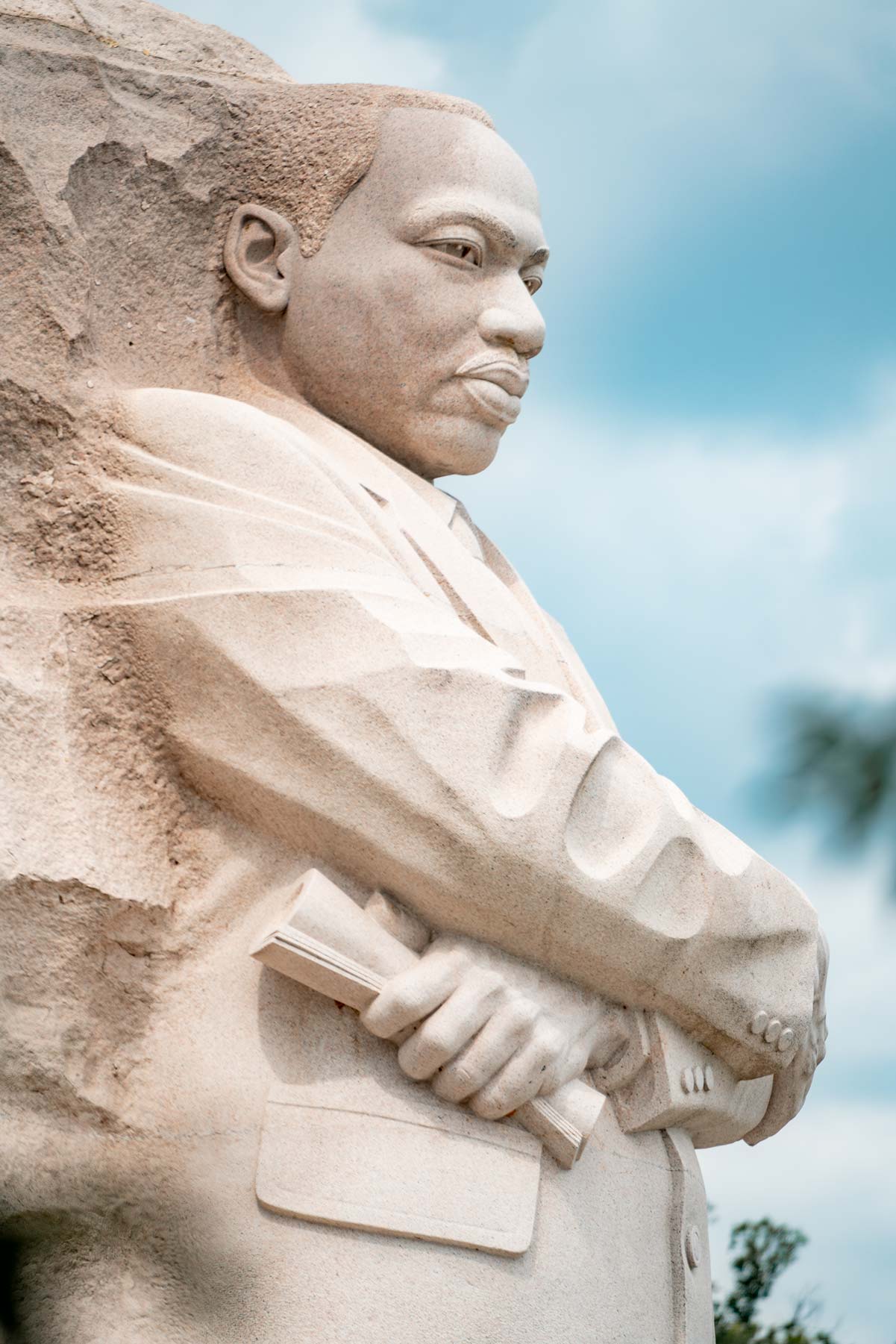
History Of The Memorial
The idea for the memorial was first proposed in 1984, but it was not until 1996 that legislation was passed to establish a national memorial to King on the National Mall.
The design for the memorial was created by Chinese sculptor Lei Yixin, and features a 30-foot-tall statue of King, carved from a single block of granite. The statue stands on a pedestal, surrounded by a wall inscribed with quotes from King’s speeches and sermons.
Construction of the Martin Luther King Jr Memorial began in 2009, and the memorial was dedicated on August 28, 2011, the 48th anniversary of King’s “I Have a Dream” speech. The dedication ceremony was attended by thousands of people, including civil rights leaders, political figures, and members of the public.
The Martin Luther King Jr Memorial has since become a popular tourist attraction and a symbol of King’s legacy as a civil rights leader and advocate for social justice. It serves as a powerful reminder of the struggle for equality and justice in America, and the enduring legacy of King’s ideas and principles.
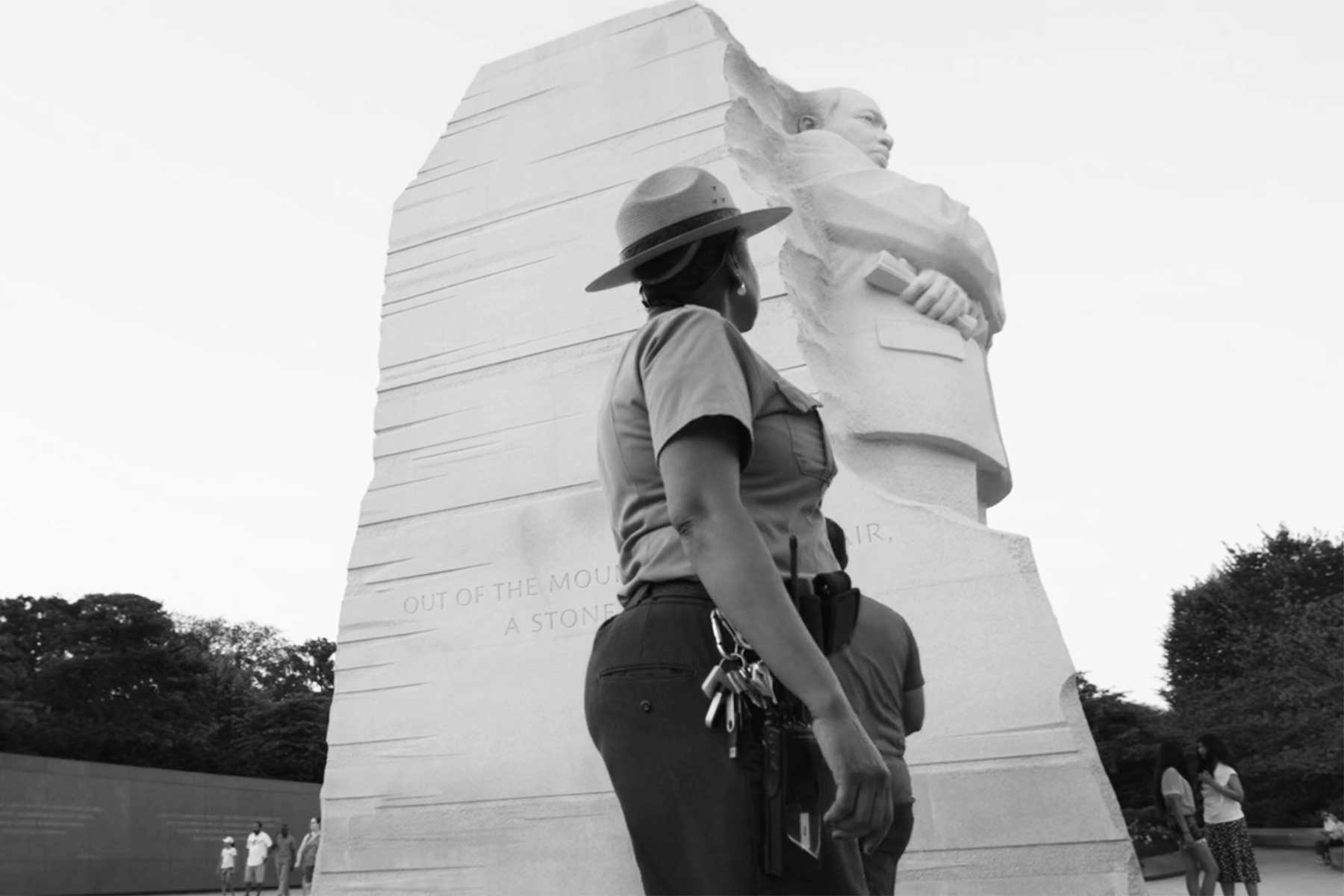
2. Vietnam Veterans Memorial
We’re on the the Top 2Washington D.C. landmarks. In the runner-up position at #2 is one of the most visited sites in Washington. It’s the Vietnam Veterans Memorial.
The Vietnam Veterans Memorial honors the members of the U.S. armed forces who fought and died in the Vietnam War. The memorial was designed by Maya Lin, a Yale University undergraduate student, and was dedicated in 1982.
The idea for the memorial began in 1979, when a group of Vietnam veterans and their supporters formed the Vietnam Veterans Memorial Fund to raise money for a memorial to honor the soldiers who had fought and died in the war. A national design competition was held, and Lin’s design was chosen from more than 1,400 entries.
The memorial consists of two black granite walls that are sunk into the ground and arranged in a V-shape. The walls are inscribed with the names of more than 58,000 Americans who were killed or missing in action during the Vietnam War. The names are listed in chronological order according to the date of their casualty.
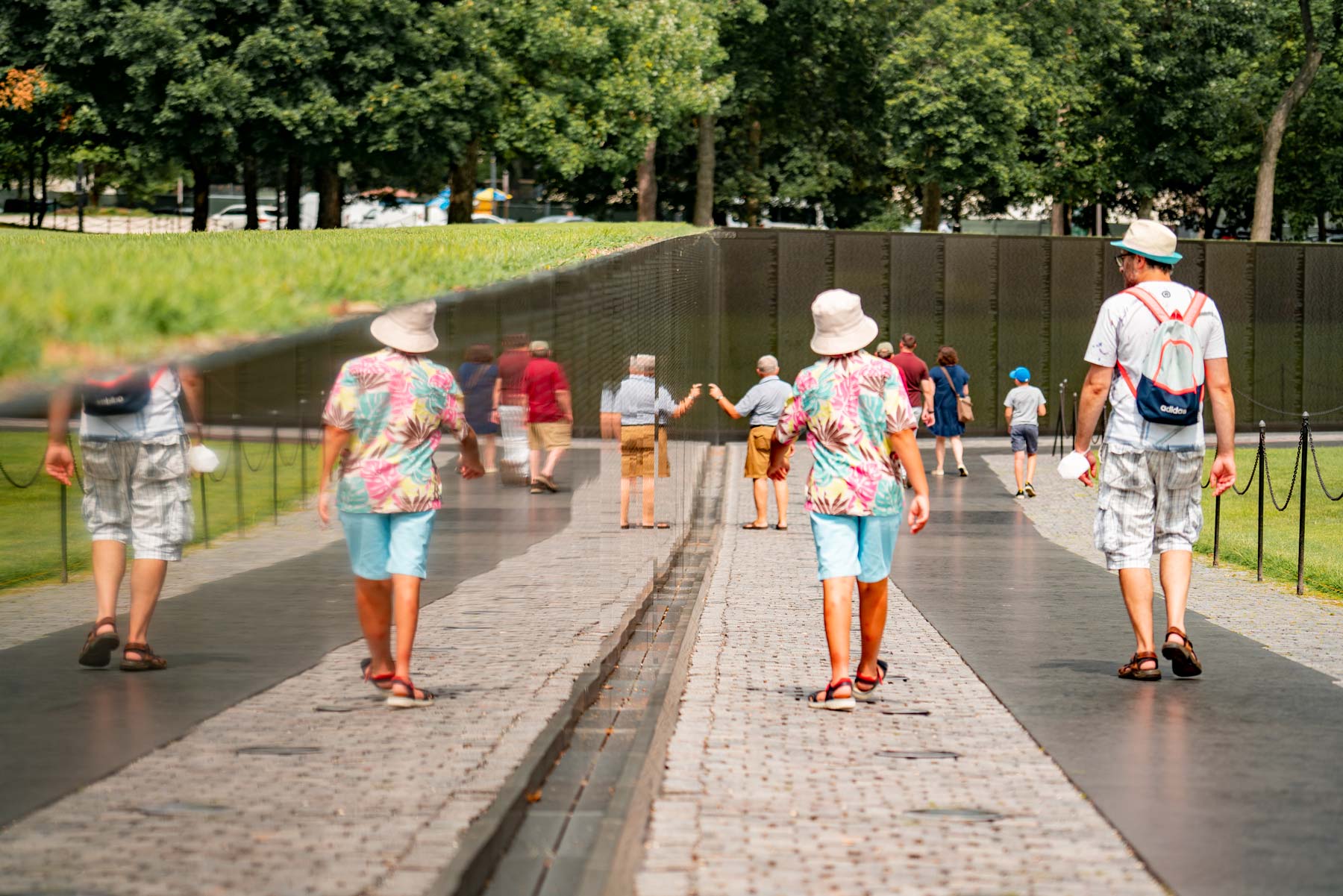
An Unconventional Design
When the memorial was first proposed, it was controversial because of its unconventional design and because many people believed that it did not adequately honor the sacrifices of the soldiers who had fought in the war.
However, over time, the memorial has become an important symbol of healing and reconciliation for both the veterans of the Vietnam War and the country as a whole.
Today, the Vietnam Veterans Memorial is one of the most visited memorials in the United States, attracting millions of visitors each year. The memorial is also the site of numerous events and ceremonies, including the annual Veterans Day observance and the reading of the names of the fallen soldiers on Memorial Day.
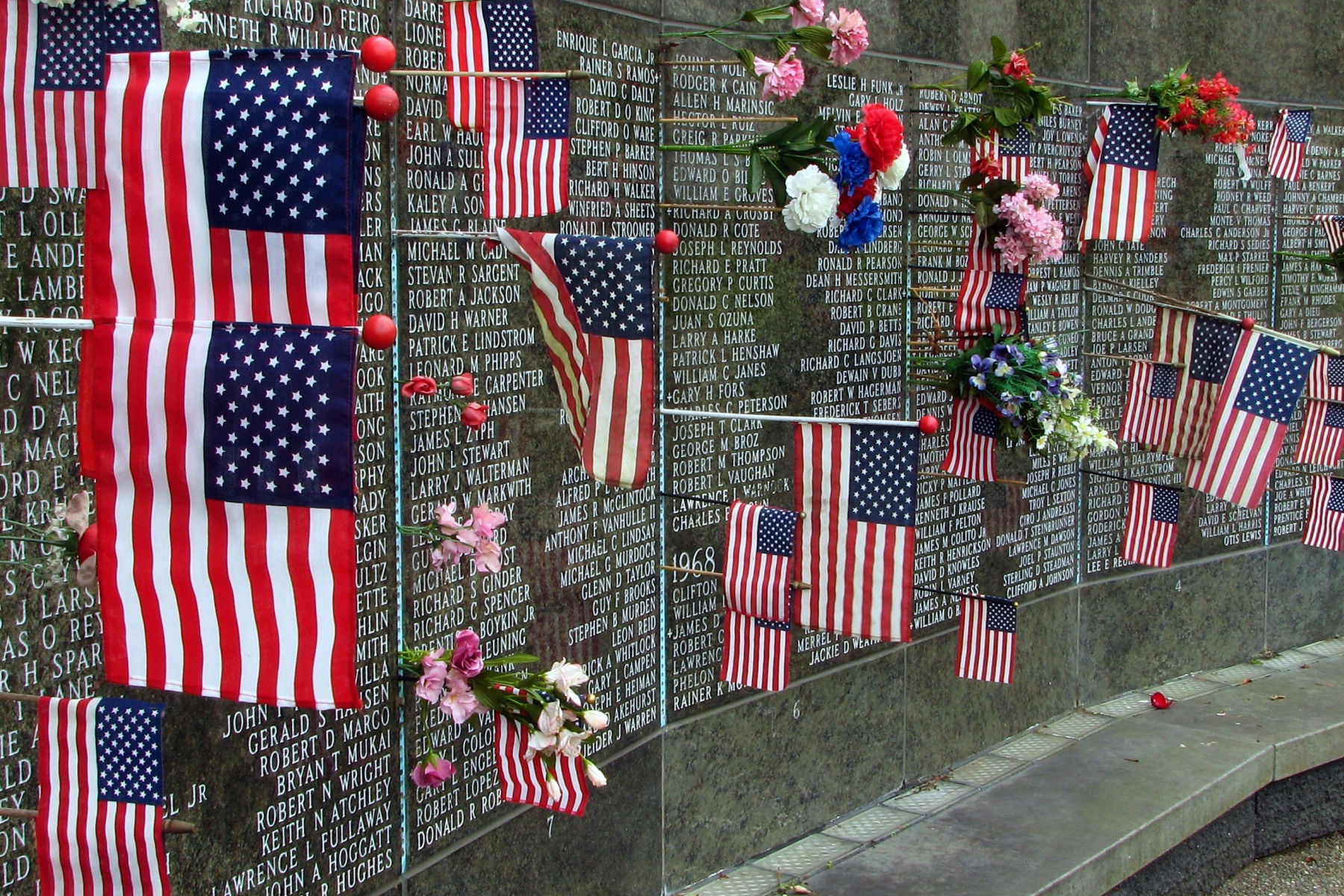
1. Lincoln Memorial
We’ve saved the best for last! Our #1 Washington D.C. Landmark is dedicated to the man who saved the Union. It’s the Lincoln Memorial!

Abraham Lincoln
Abraham Lincoln was the 16th President of the United States, serving from 1861 until his assassination in 1865. He is widely regarded as one of America’s greatest leaders, and is best known for his role in leading the country through the Civil War and ending slavery in the United States.
Born in a log cabin in Kentucky in 1809, Lincoln grew up in poverty and largely self-educated himself. He went on to study law and become a successful lawyer, before entering politics as a member of the Whig Party.
In 1860, Lincoln was elected as President of the United States, defeating three other candidates. Shortly after his inauguration, the Civil War broke out between the Northern and Southern states over the issue of slavery. Lincoln believed that preserving the Union was essential, and he worked tirelessly to lead the North to victory in the war.
In 1863, Lincoln issued the Emancipation Proclamation, which declared that all slaves in the Confederate states were to be set free. This was a major turning point in the war and helped to shift the focus of the conflict from preserving the Union to ending slavery.
Following the Union’s victory in the Civil War, Lincoln continued to work towards ensuring that the rights of African Americans were protected. He supported the passage of the 13th Amendment to the Constitution, which abolished slavery in the United States.
Tragically, Lincoln’s presidency was cut short when he was assassinated in April 1865, just days after the end of the Civil War. However, his legacy as a leader who helped to preserve the Union, end slavery, and advance the cause of civil rights in America has continued to inspire generations of Americans.
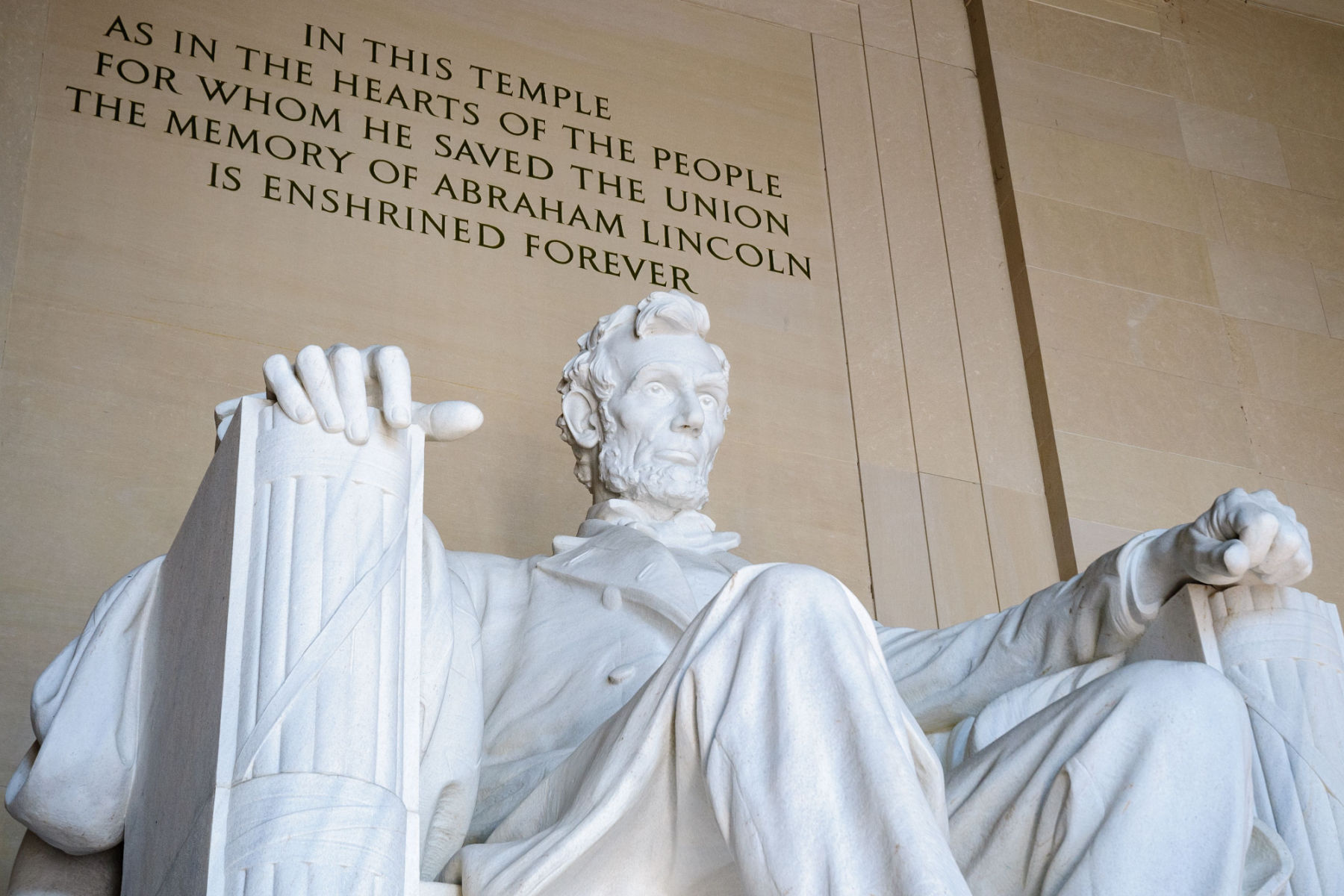
The History Of The Lincoln Memorial
The idea for the monument was first proposed in 1867, just two years after Lincoln’s assassination, but it was not until 1911 that Congress passed a bill to authorize its construction.
The design for the Lincoln Memorial was created by architect Henry Bacon, and it features a large, marble statue of Lincoln sitting in a chair. The statue is surrounded by 36 columns, representing the 36 states that were part of the Union at the time of Lincoln’s death.
The memorial also features inscriptions of Lincoln’s second inaugural address and his famous Gettysburg Address.
Construction of the Lincoln Memorial began in 1914, and it was completed in 1922, at a cost of approximately $2 million. The dedication ceremony was attended by thousands of people, including President Warren G. Harding, and it featured a performance by the famous contralto Marian Anderson.
Since its completion, the Lincoln Memorial has become one of the most iconic monuments in the United States, and a symbol of Lincoln’s legacy as a leader who fought to preserve the Union and end slavery.
It has also been the site of many historic events, including Martin Luther King Jr.’s “I Have a Dream” speech in 1963, and protests and demonstrations in support of civil rights and social justice.
Today, the Lincoln Memorial remains a popular tourist attraction, and a testament to the enduring legacy of one of America’s greatest leaders.
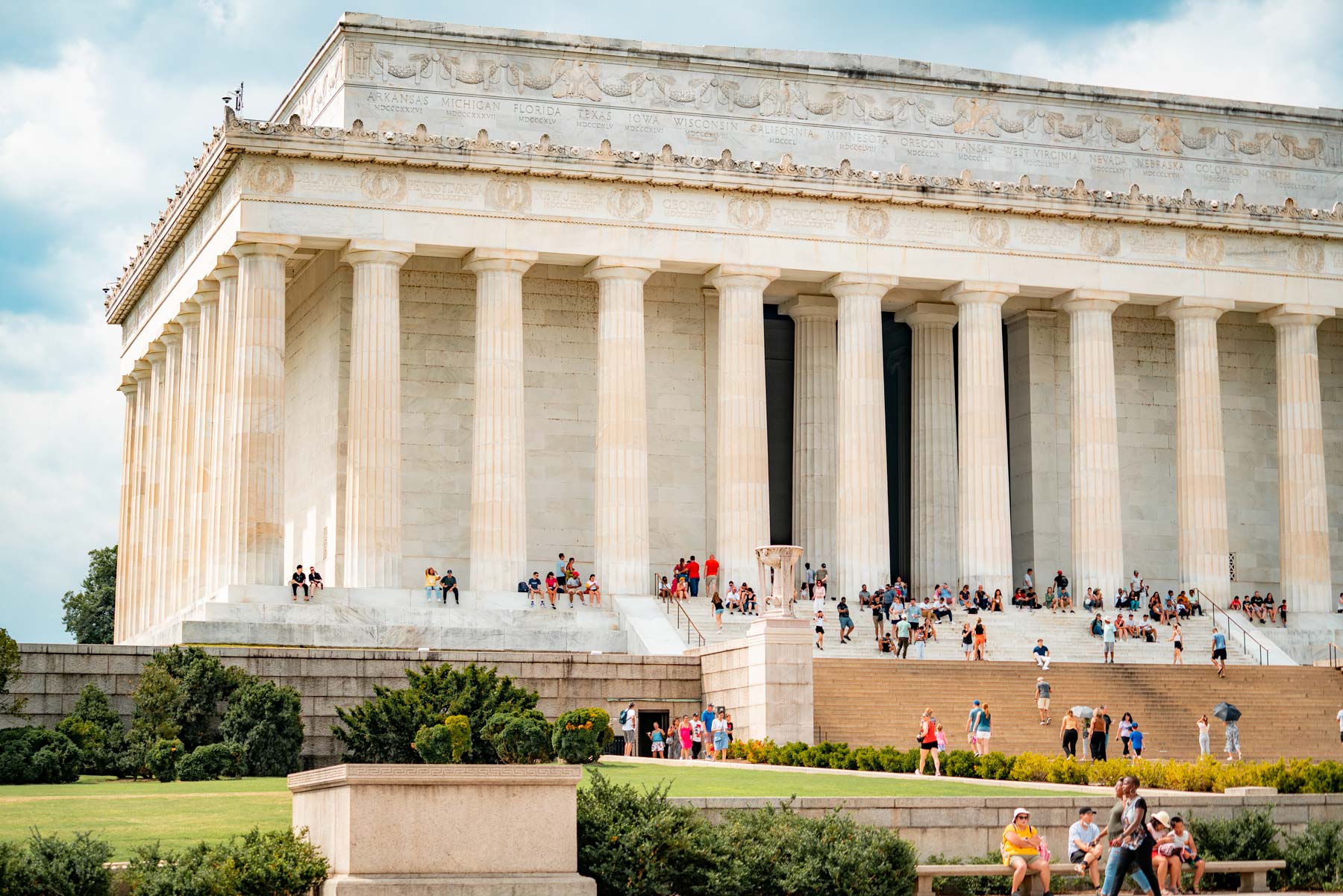
Map Of Washington D.C. Landmarks
List Of Washington D.C. Landmarks
- Lincoln Memorial
- Vietnam Veterans Memorial
- Martin Luther King, Jr. Memorial
- Thomas Jefferson Memorial
- President’s Park (White House)
- Washington Monument
- Arlington National Cemetery
- World War II Memorial
- Franklin Delano Roosevelt Memorial
- National Museum of African American History and Culture
- Theodore Roosevelt Island
- National Portrait Gallery
- U.S. Capitol
- Smithsonian National Museum of Natural History
- National Mall & Memorial Parks
- Library of Congress
- African American Civil War Museum
- The Pentagon
- World War I Memorial
- Supreme Court of the United States
- Dwight D. Eisenhower Memorial
- Ford’s Theater
- Frederick Douglass National Historic Site
- Korean War Veterans Memorial
- The United States Holocaust Memorial Museum
- National Gallery of Art
- National Archives Museum
- International Spy Museum
- Dupont Circle
- Washington National Cathedral
Why Trust Us About Washington D.C. Landmarks?
We’re Jim Pattiz and Will Pattiz, collectively known as the Pattiz Brothers and we absolutely LOVE the national parks.
You should probably know that we don’t just make this stuff up out of thin air. We’ve spent our entire adult lives exploring and filming America’s national parks and public lands.
We’ve worked with the National Park Service, the Department of Interior, USDA, U.S. Forest Service, and more for years creating films on important places and issues. Our work has been featured in leading publications all over the world and even some people outside of our immediate family call us experts on the national parks.
And, in 2018, our father – having spent a lifetime teaching history – joined us so that he could help us to tell the stories behind these amazing places.

Meet The Parks Brothers
We Hope You’ll Follow Our Journey

Our goal here at More Than Just Parks is to share the beauty of America’s national parks and public lands through stunning short films in an effort to get Americans and the world to see the true value in land conservation.
We hope you’ll follow our journey through the parks and help us to keep them the incredible places that they are. If you’re interested in joining the adventure then sign up below!
Related Links
What Is A National Park? To learn more about the difference between the various National Park Service designations check out our article that explains everything!
National Parks In Washington D.C.: 40 EPIC National Parks In Washington D.C.

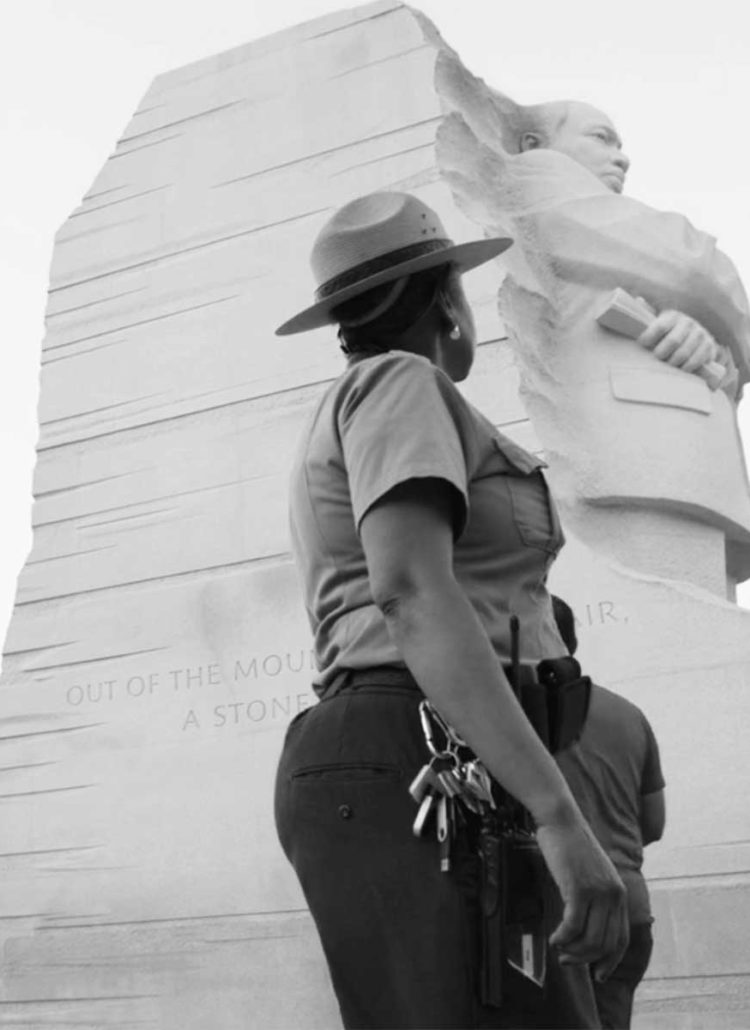
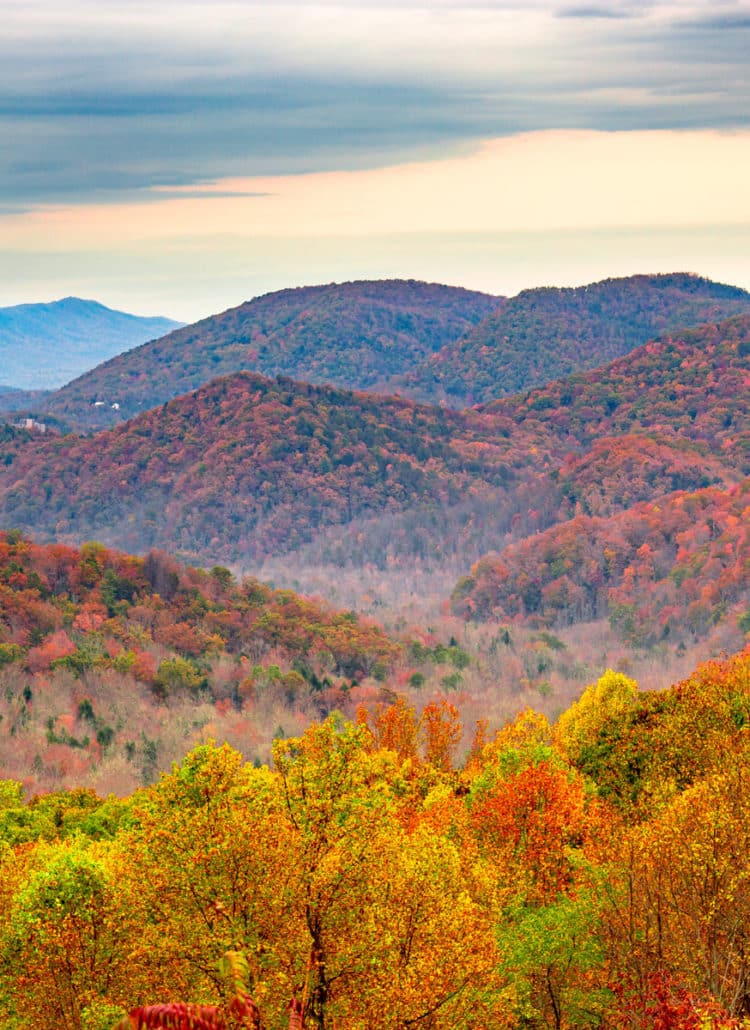
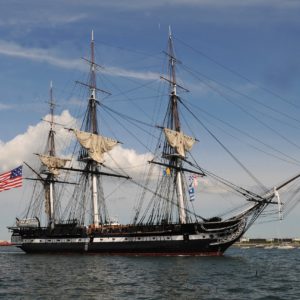

Leave a Reply